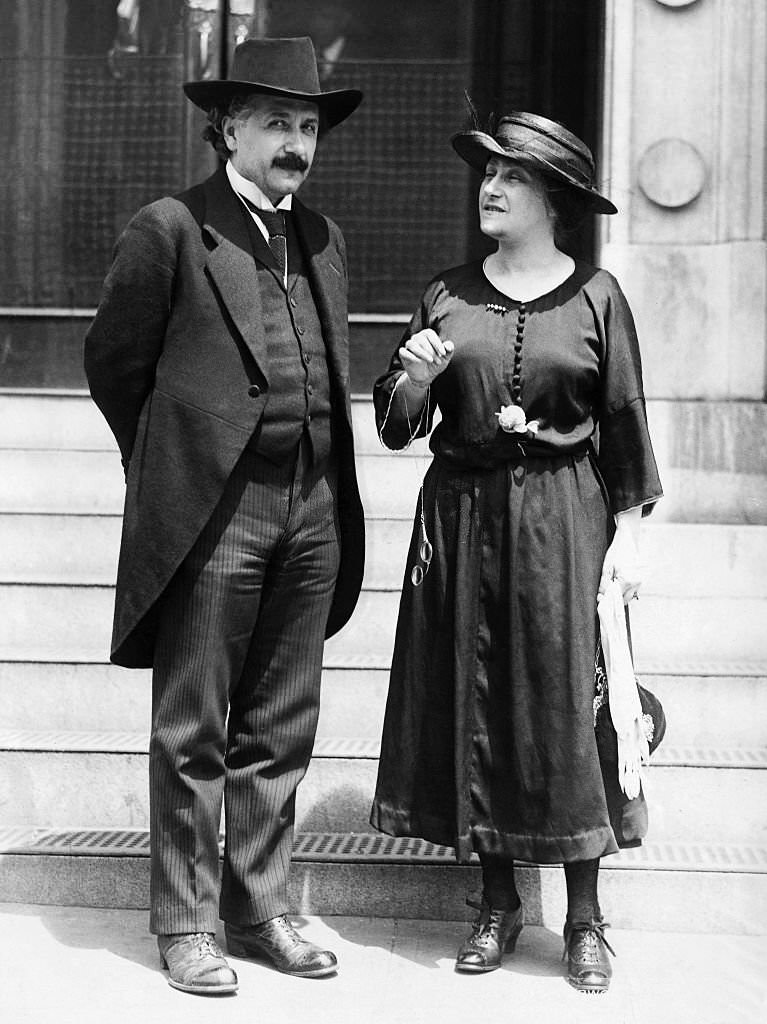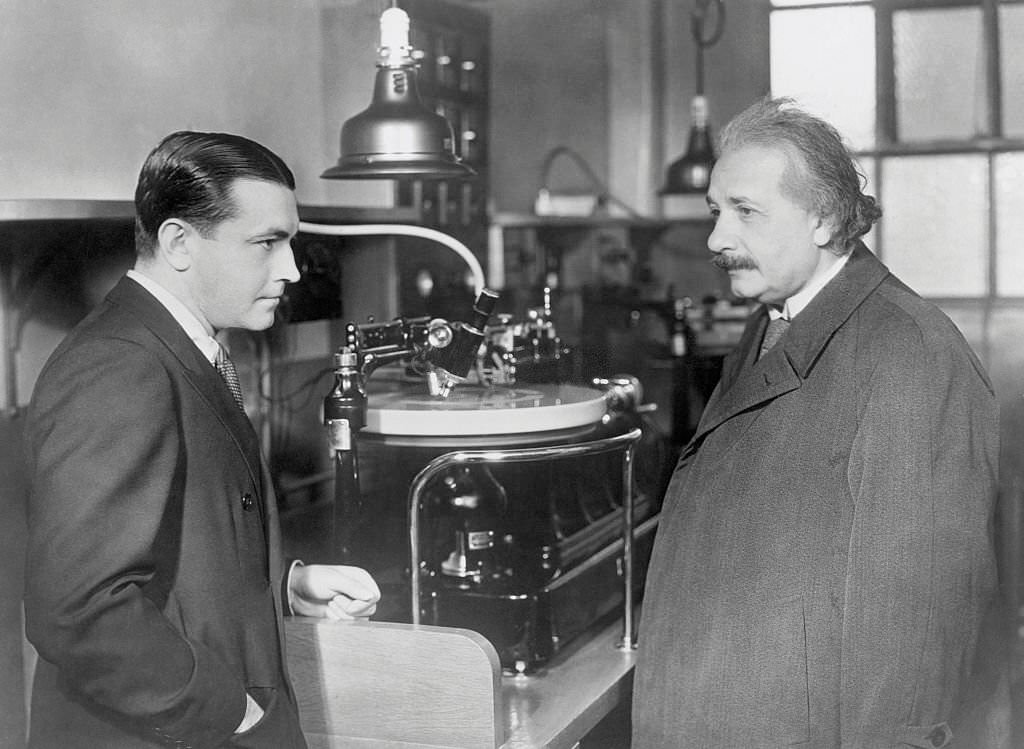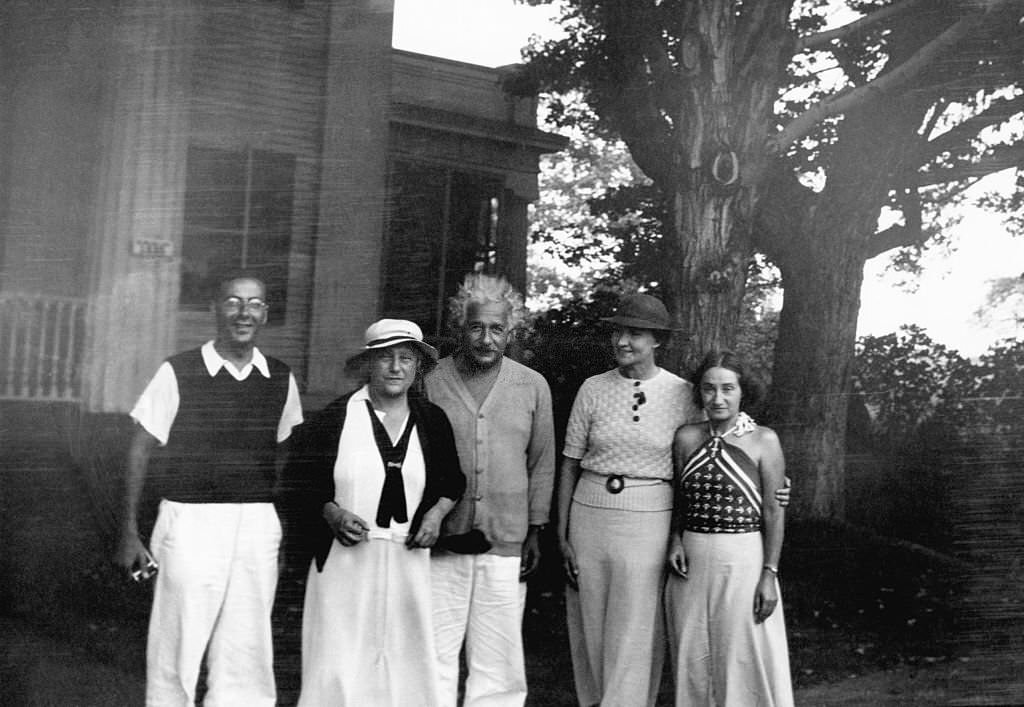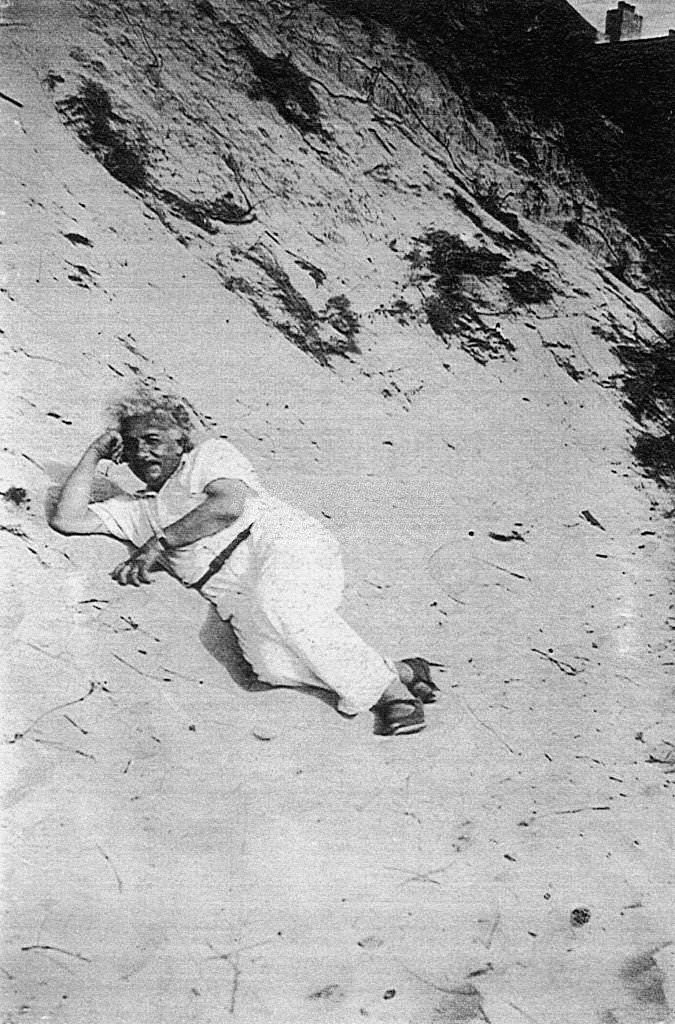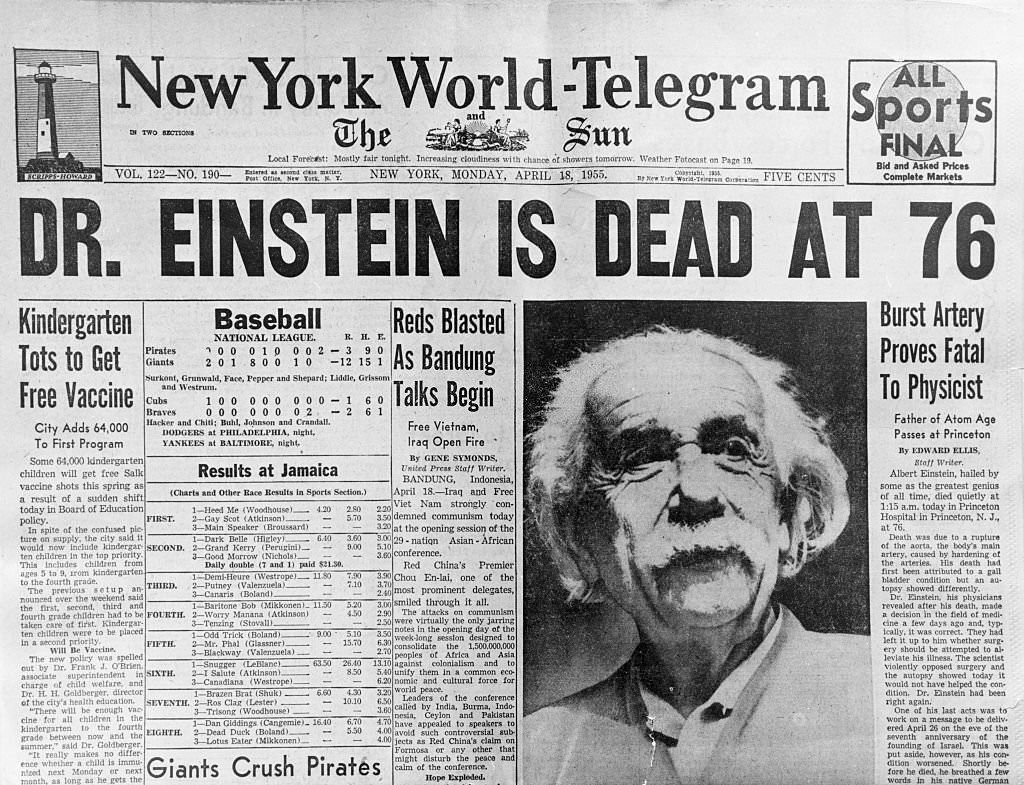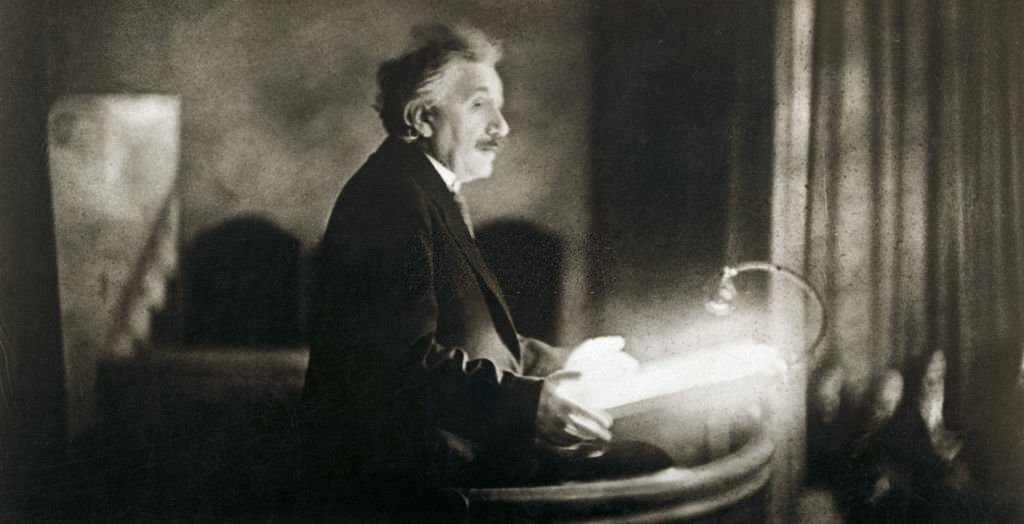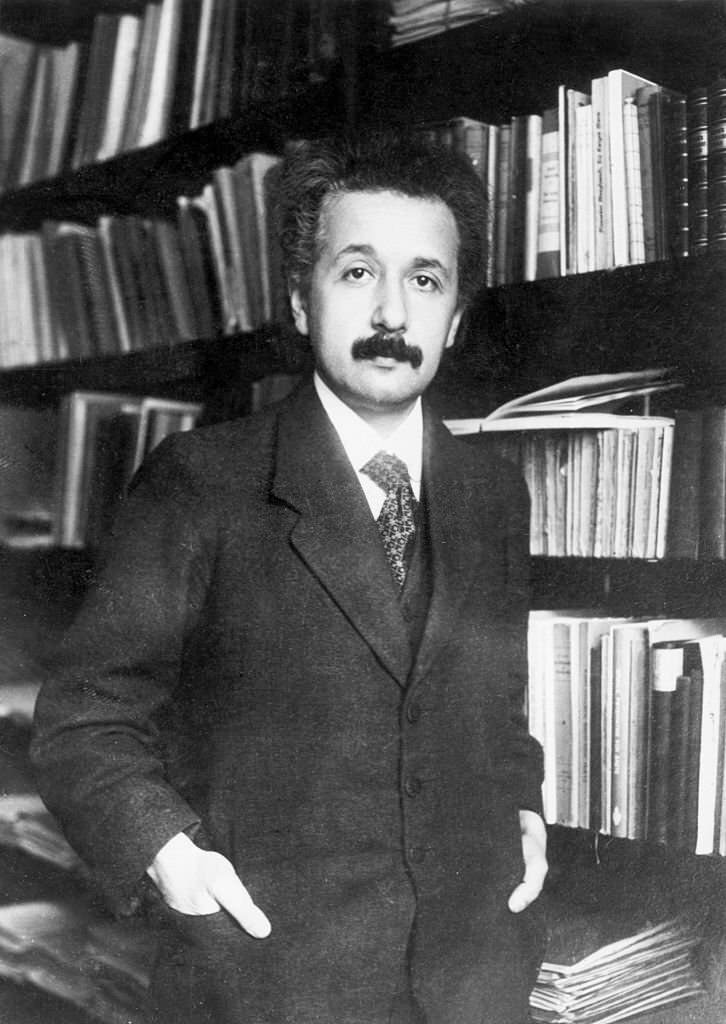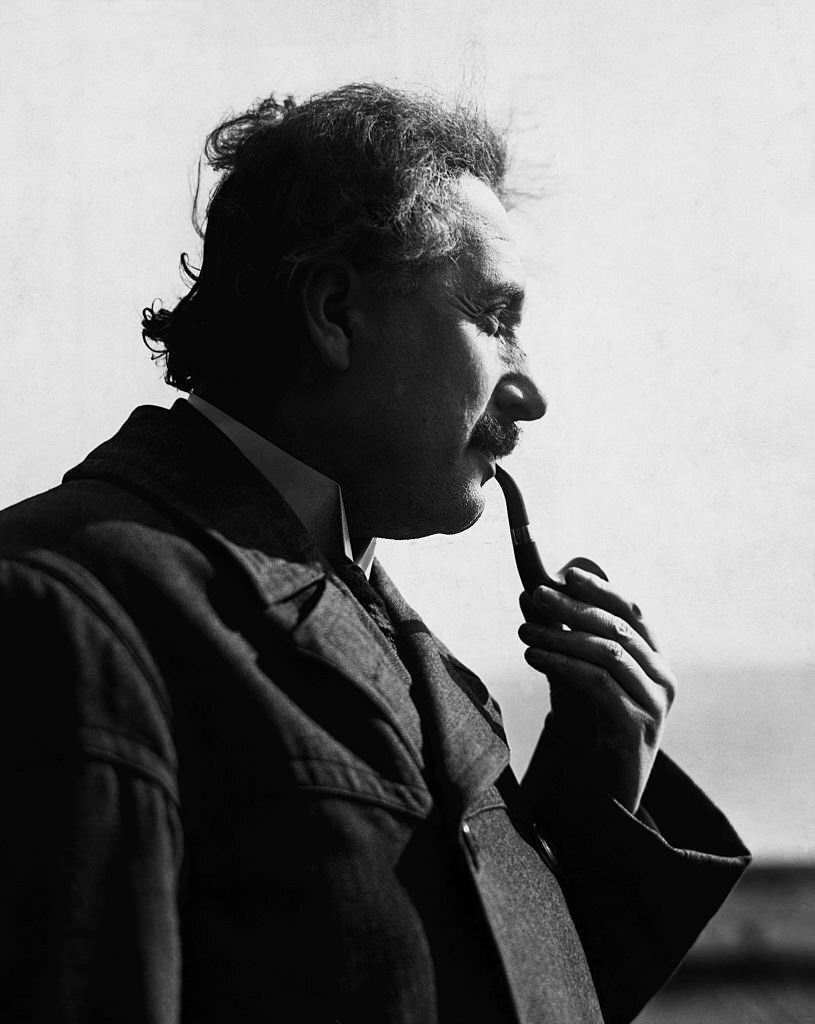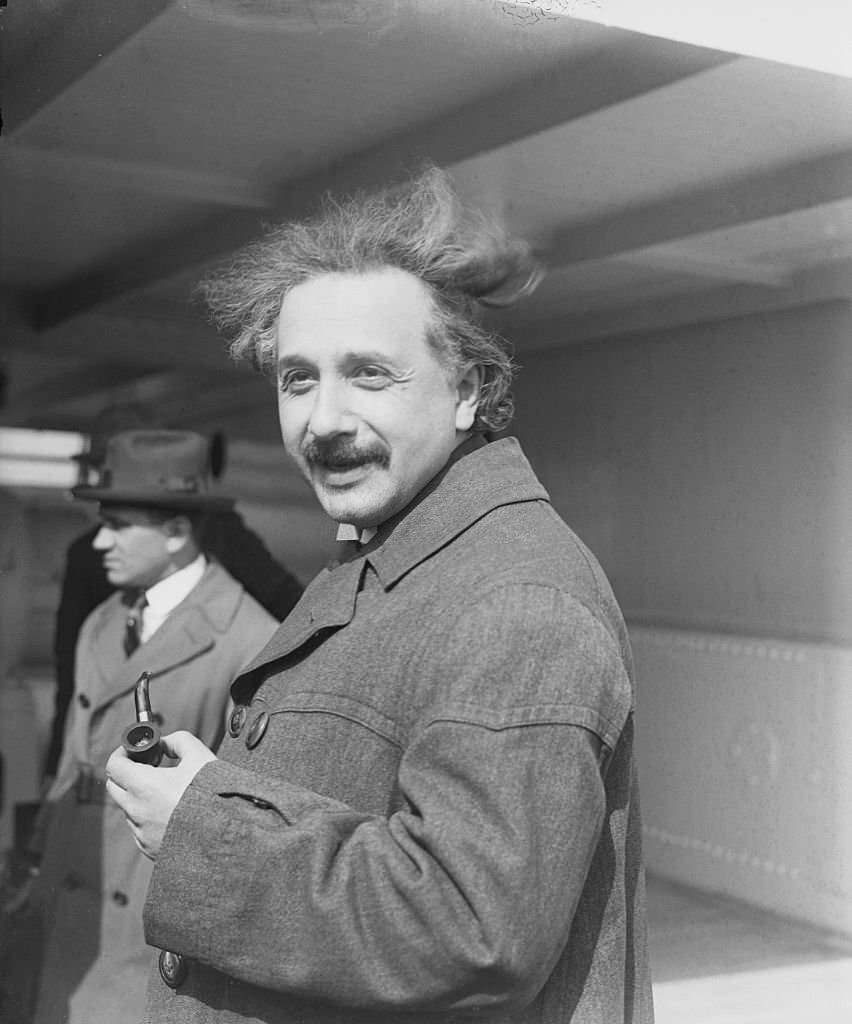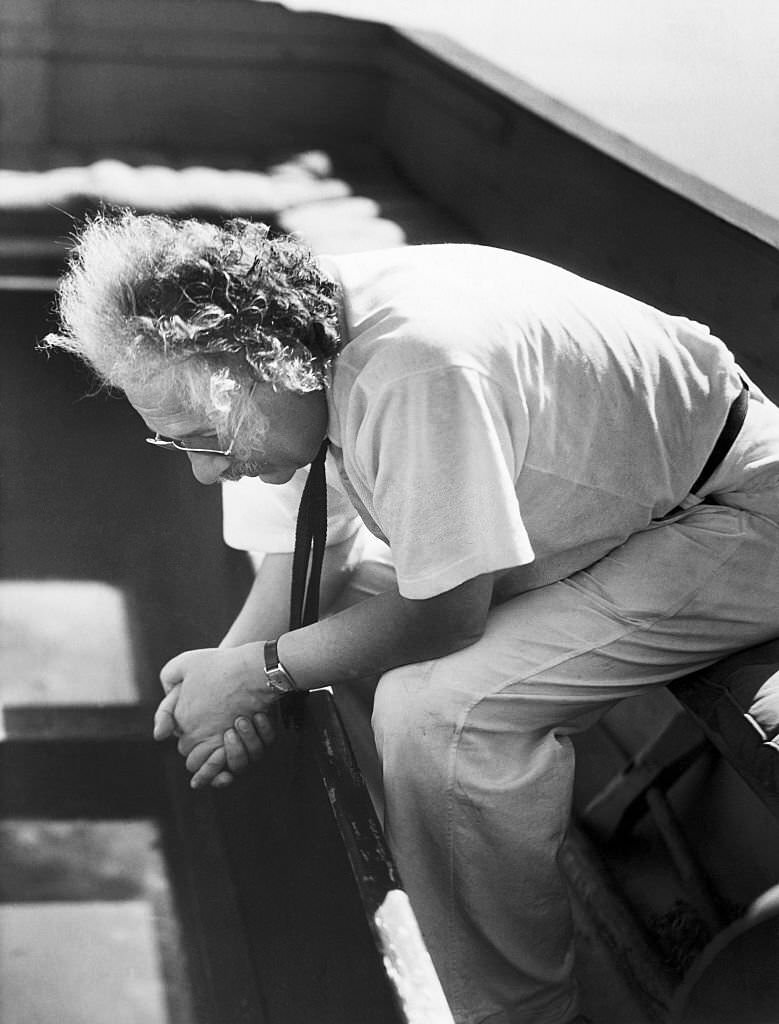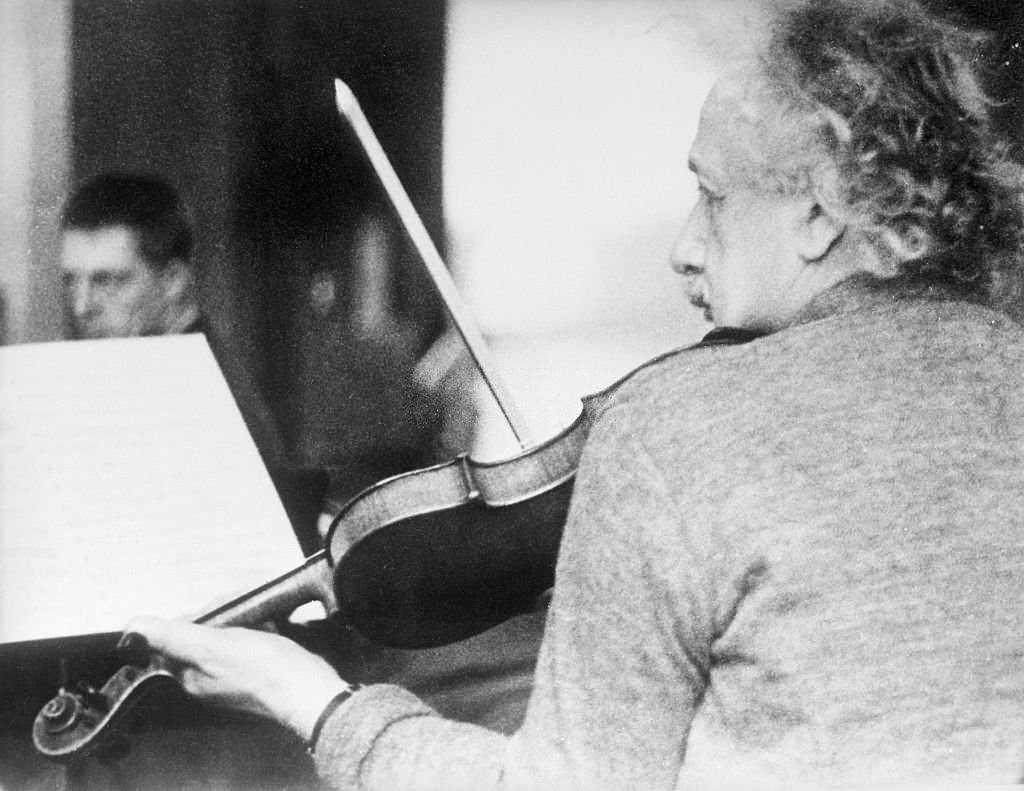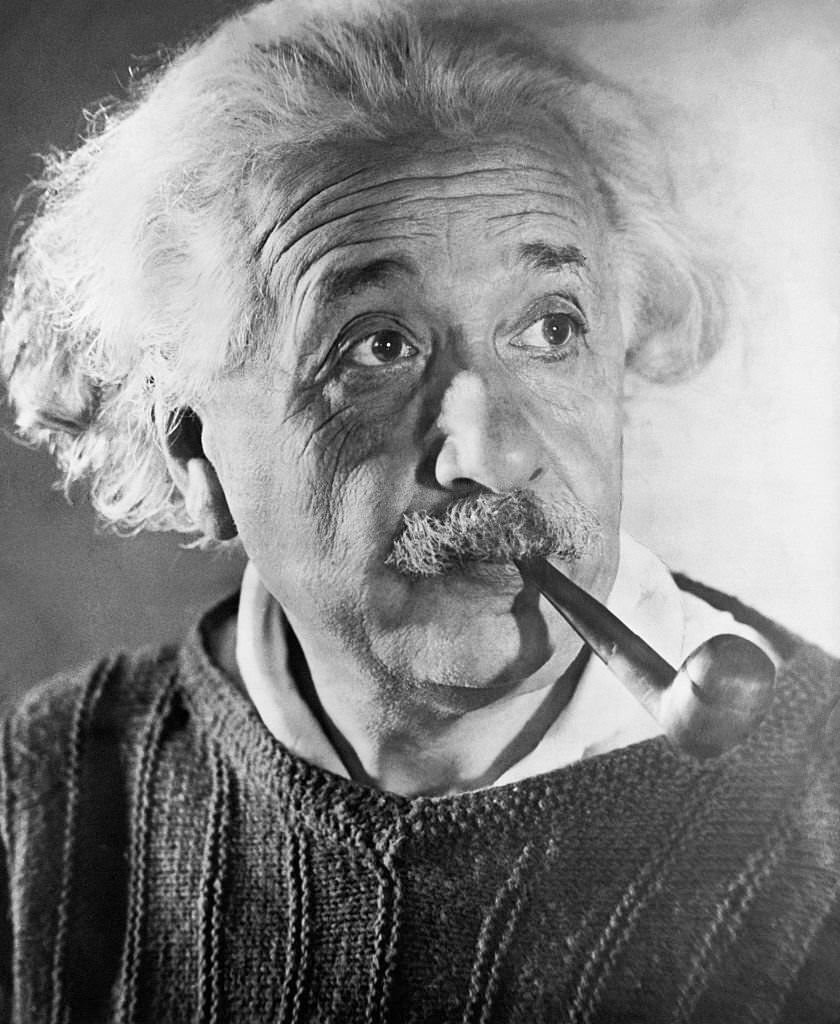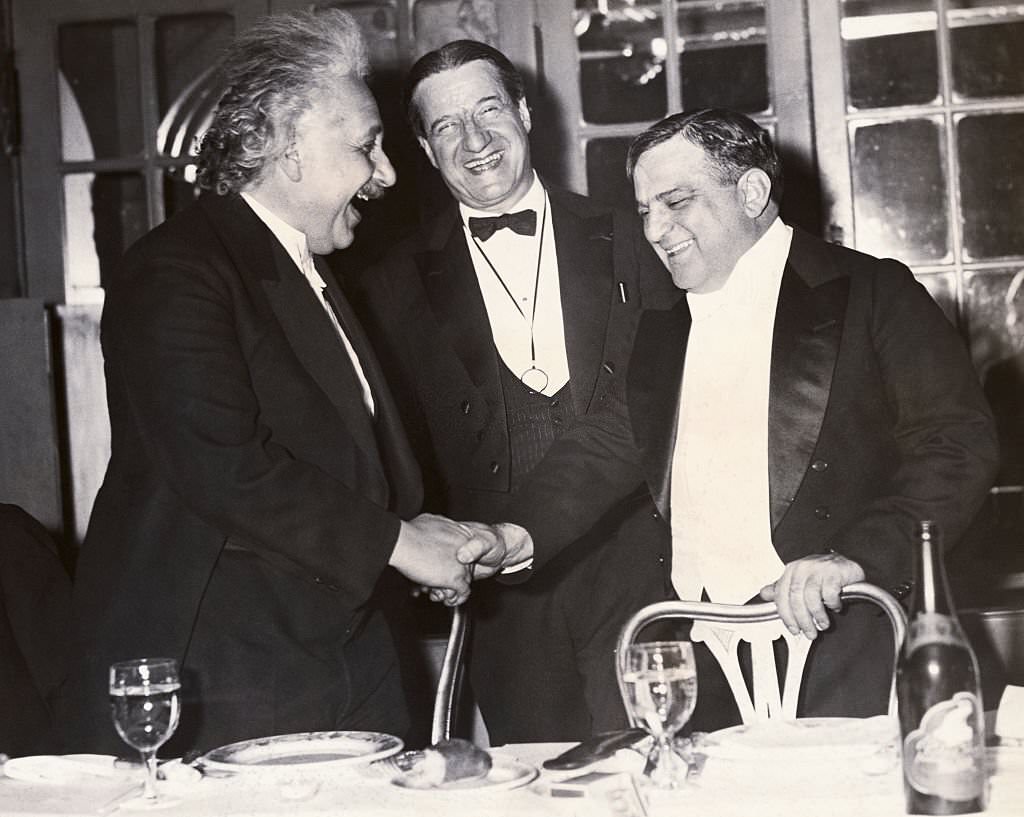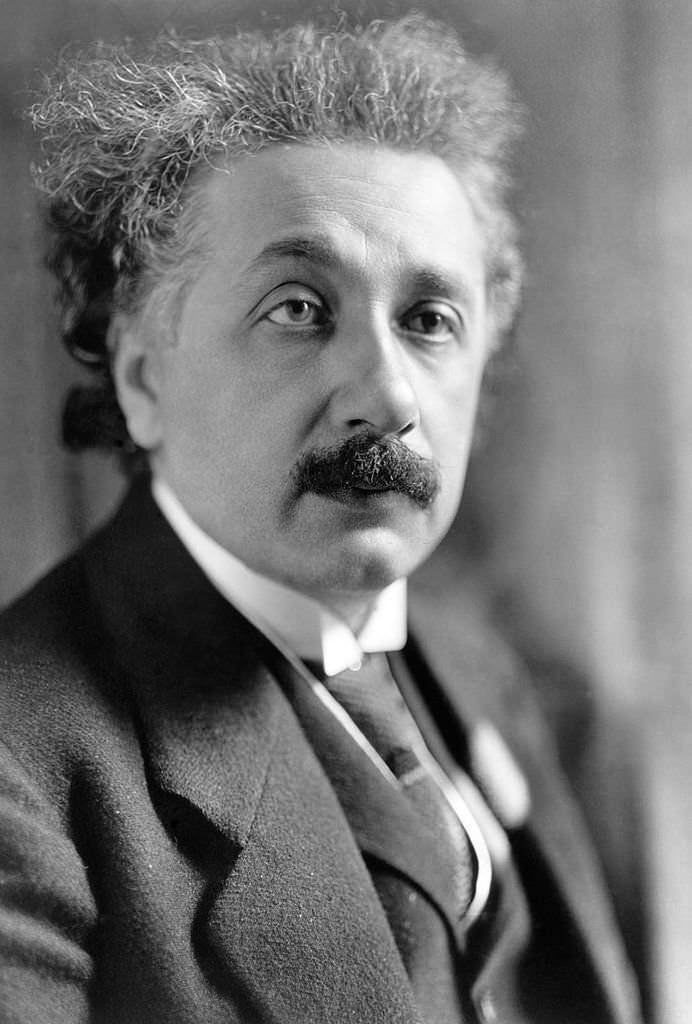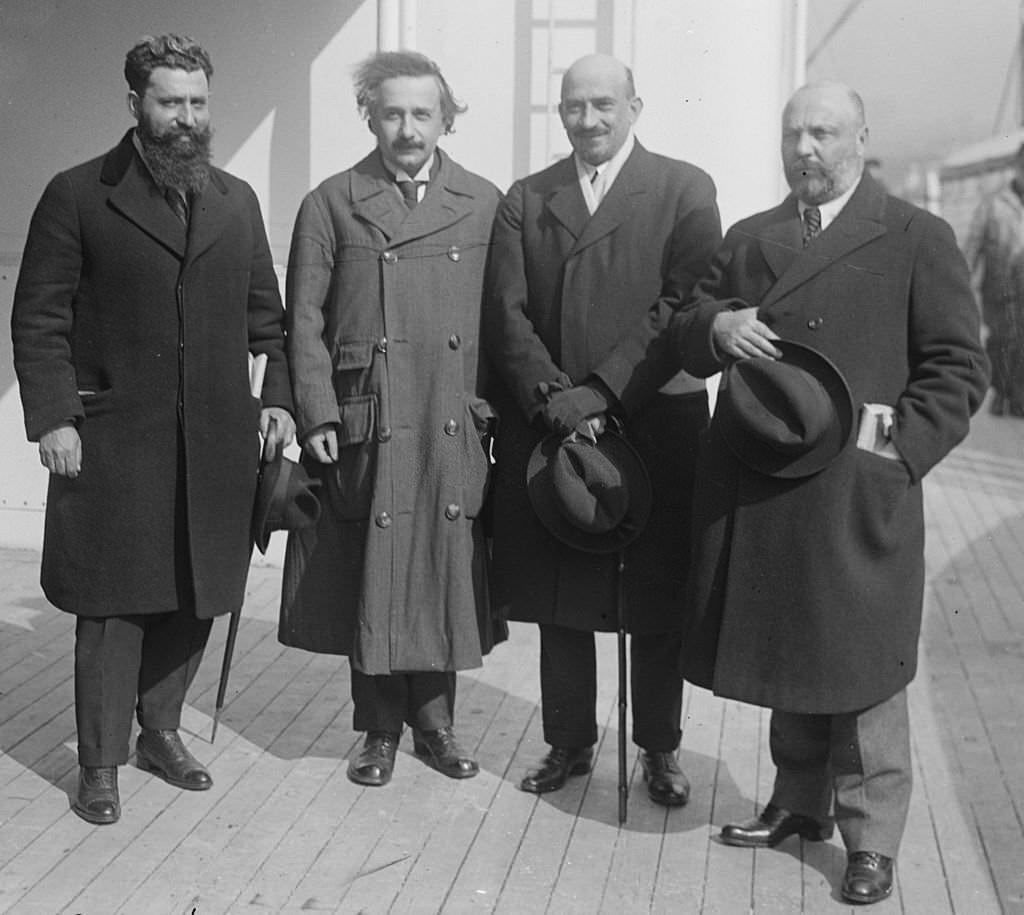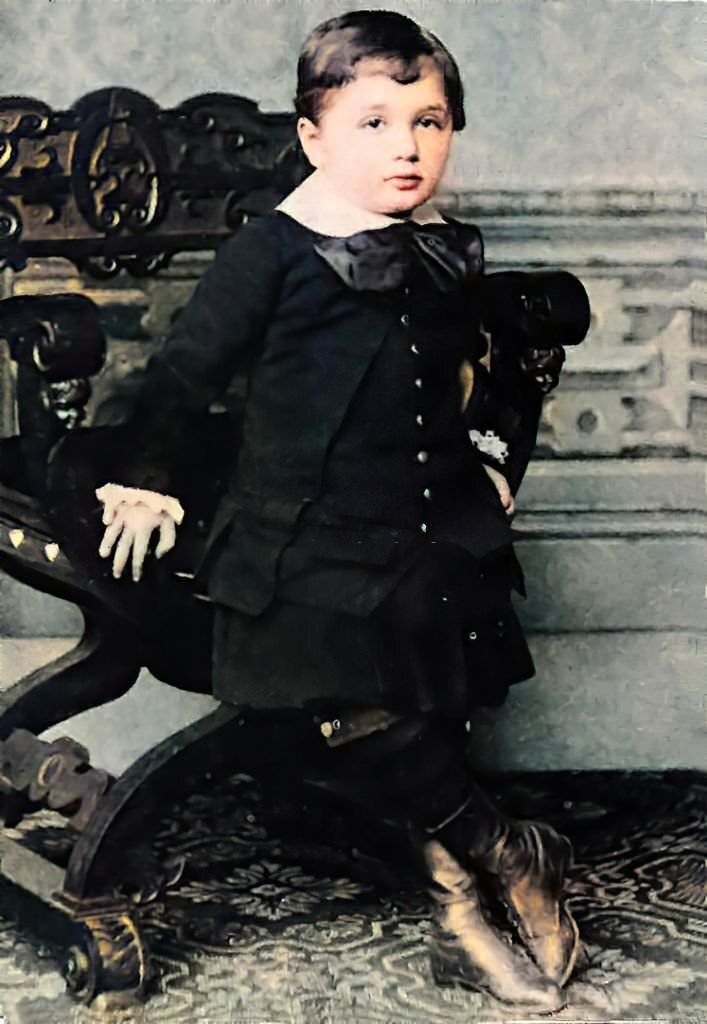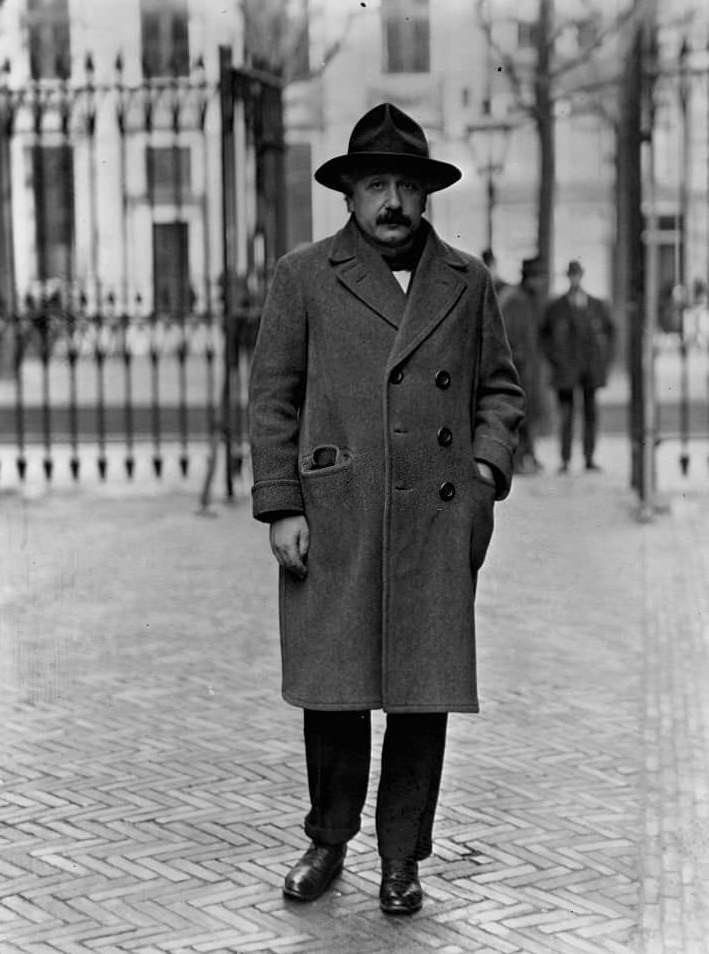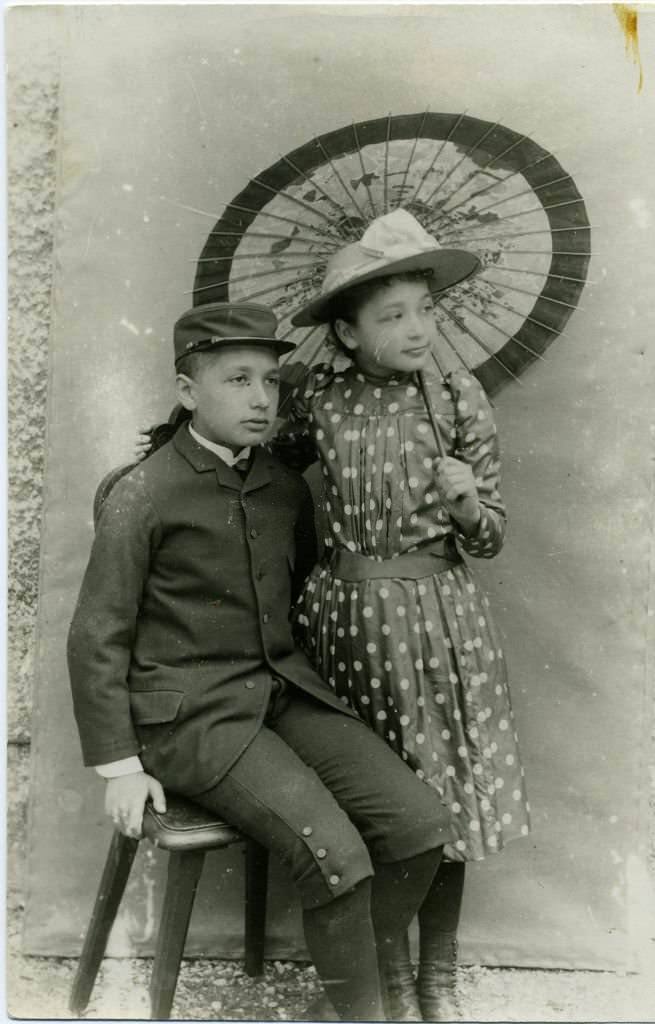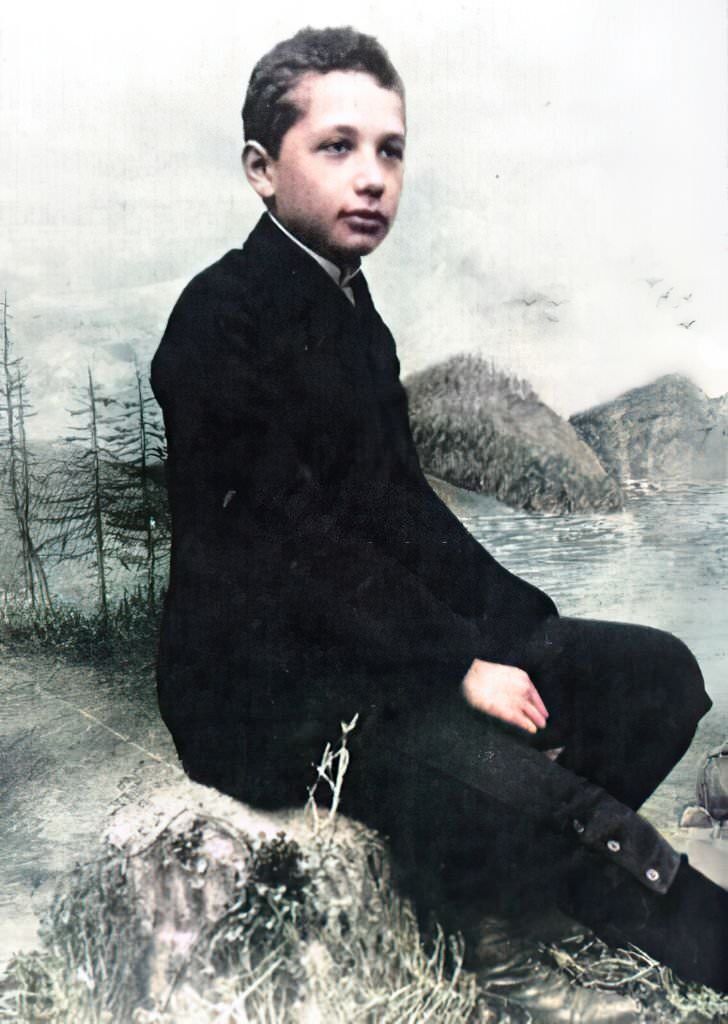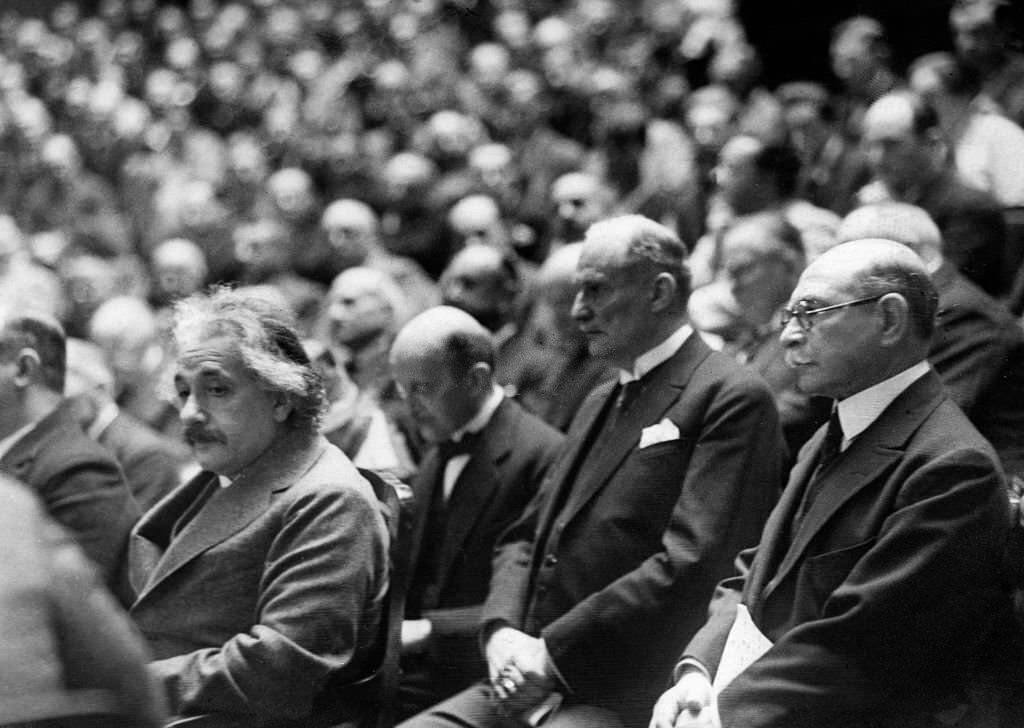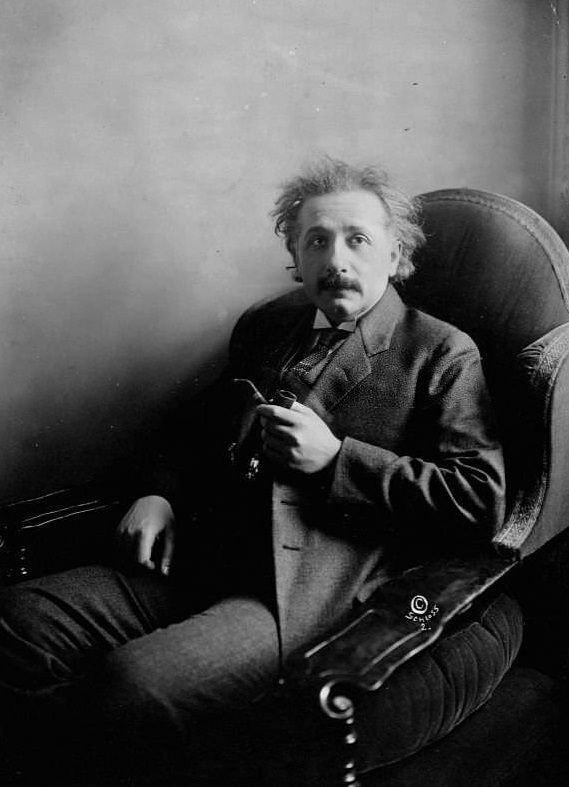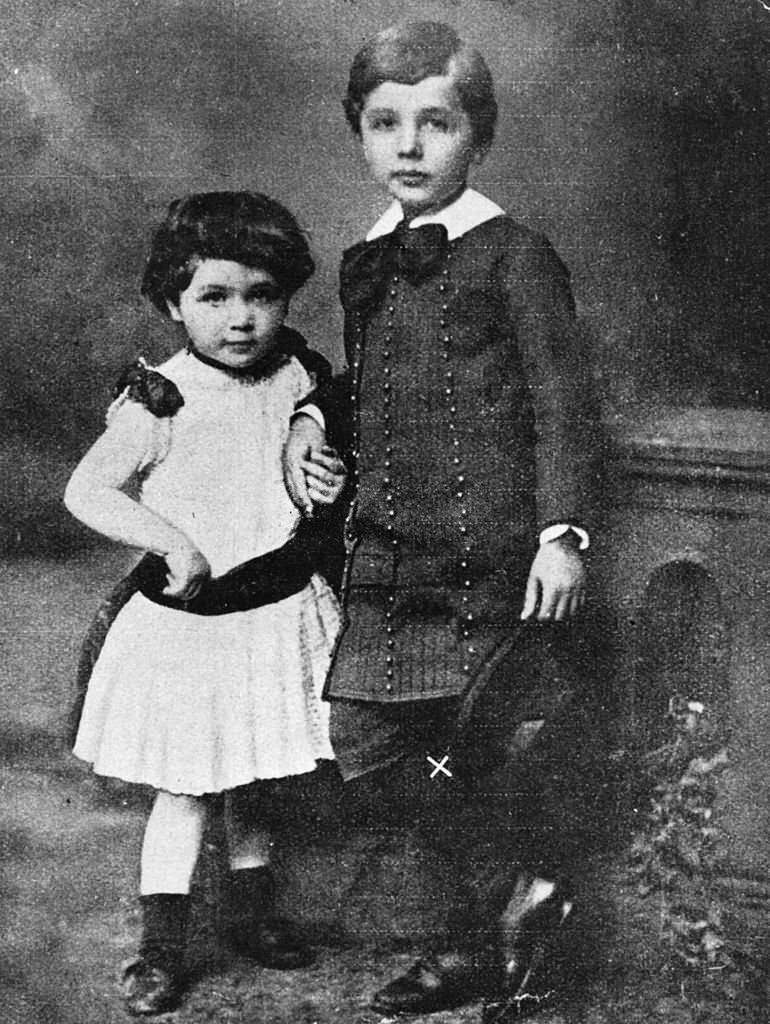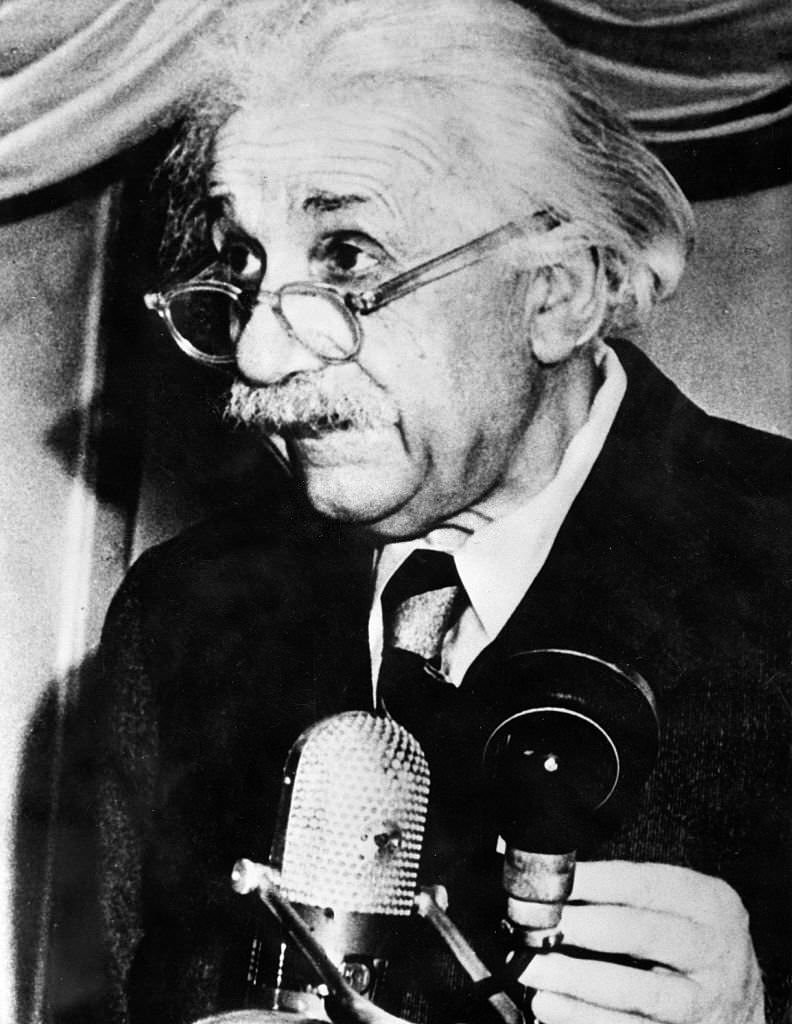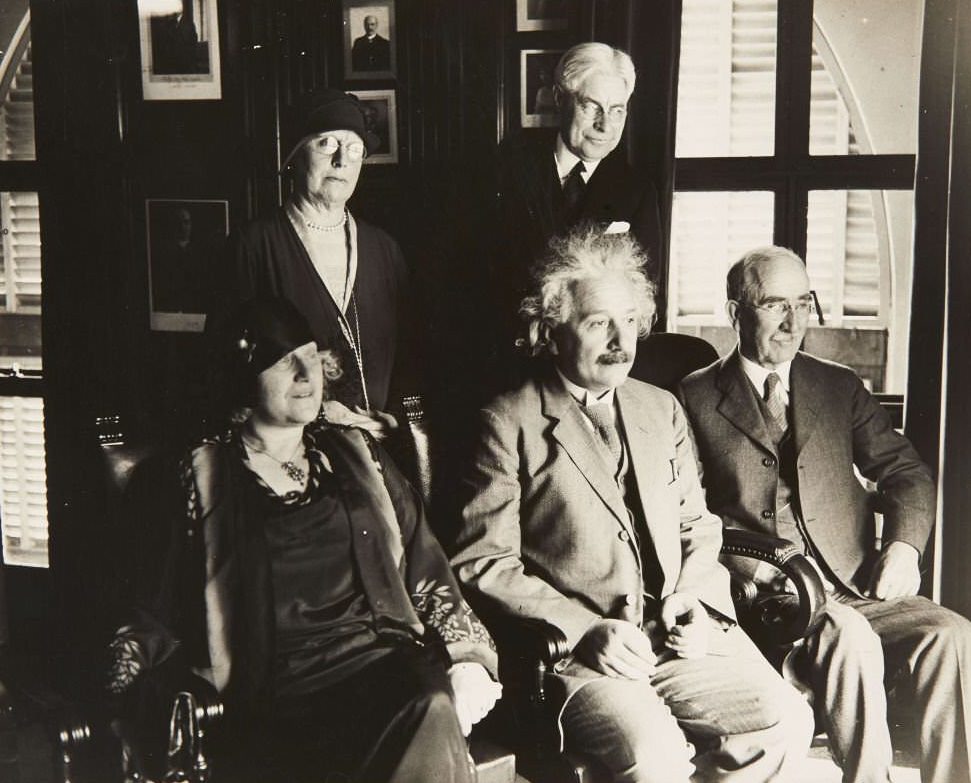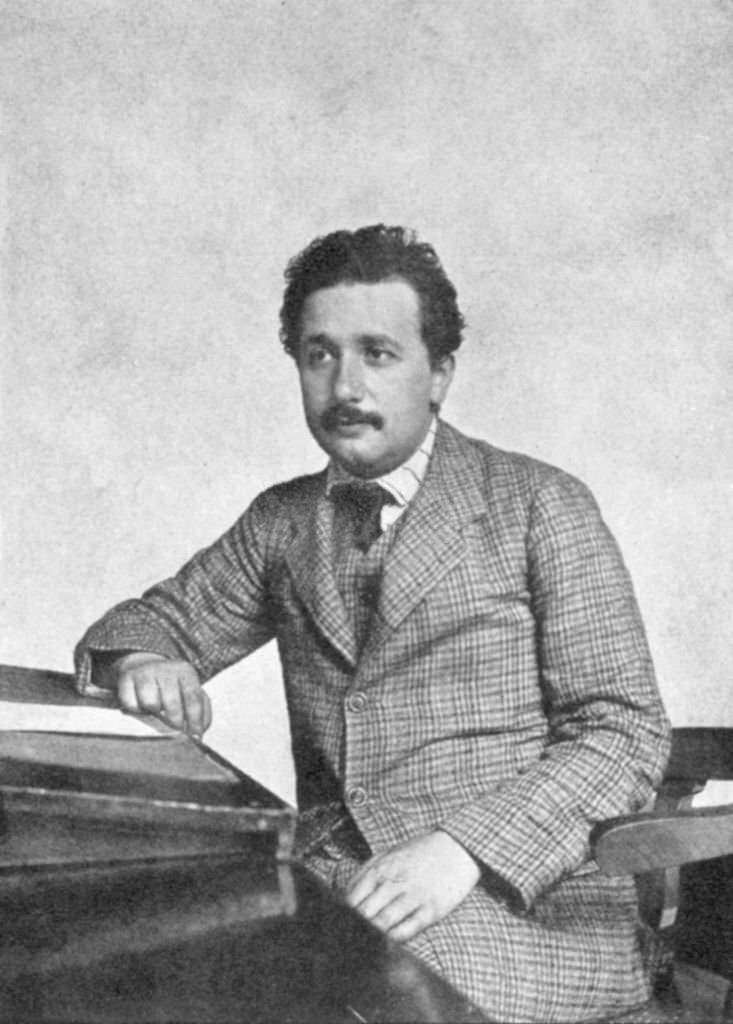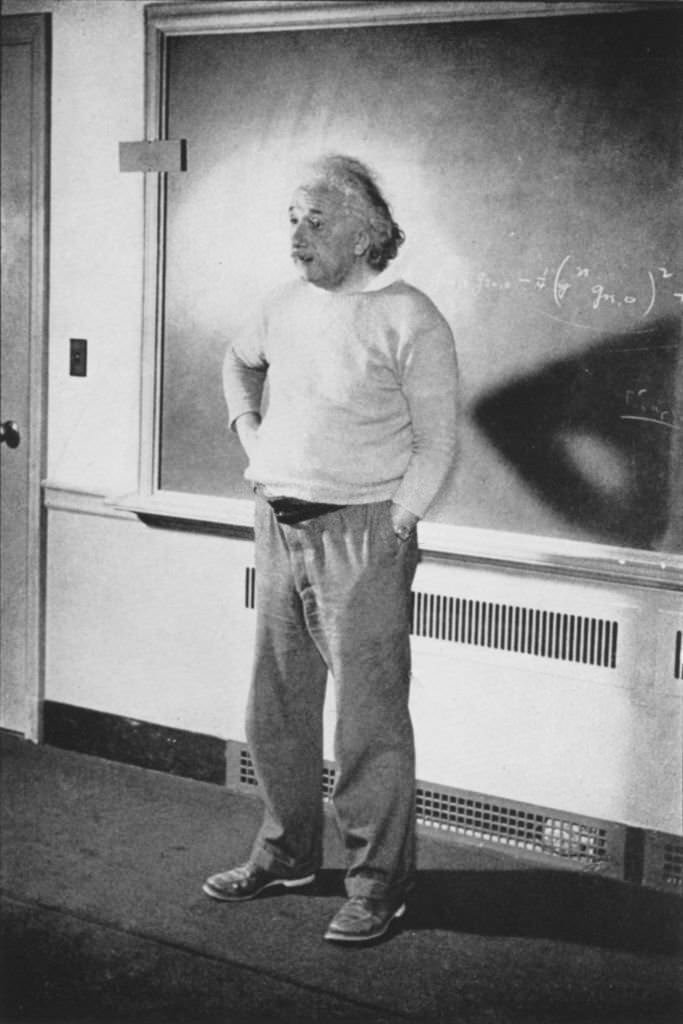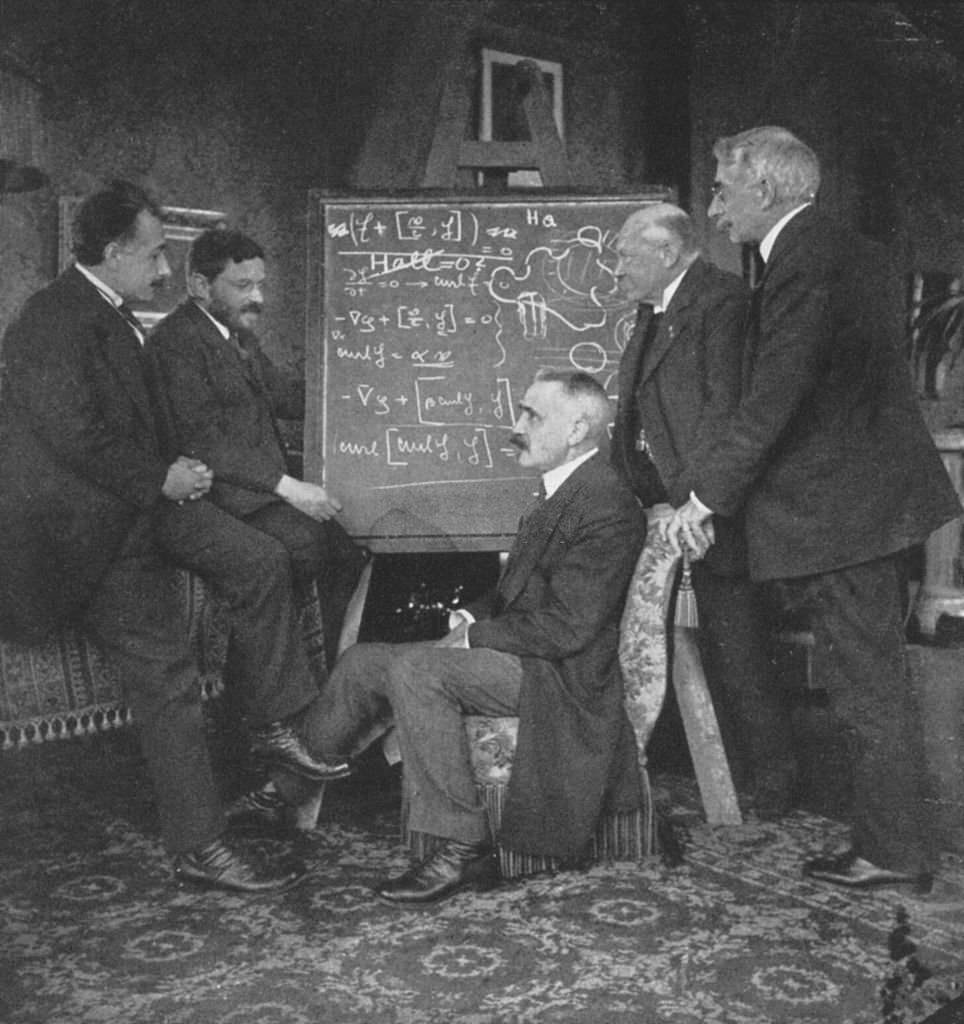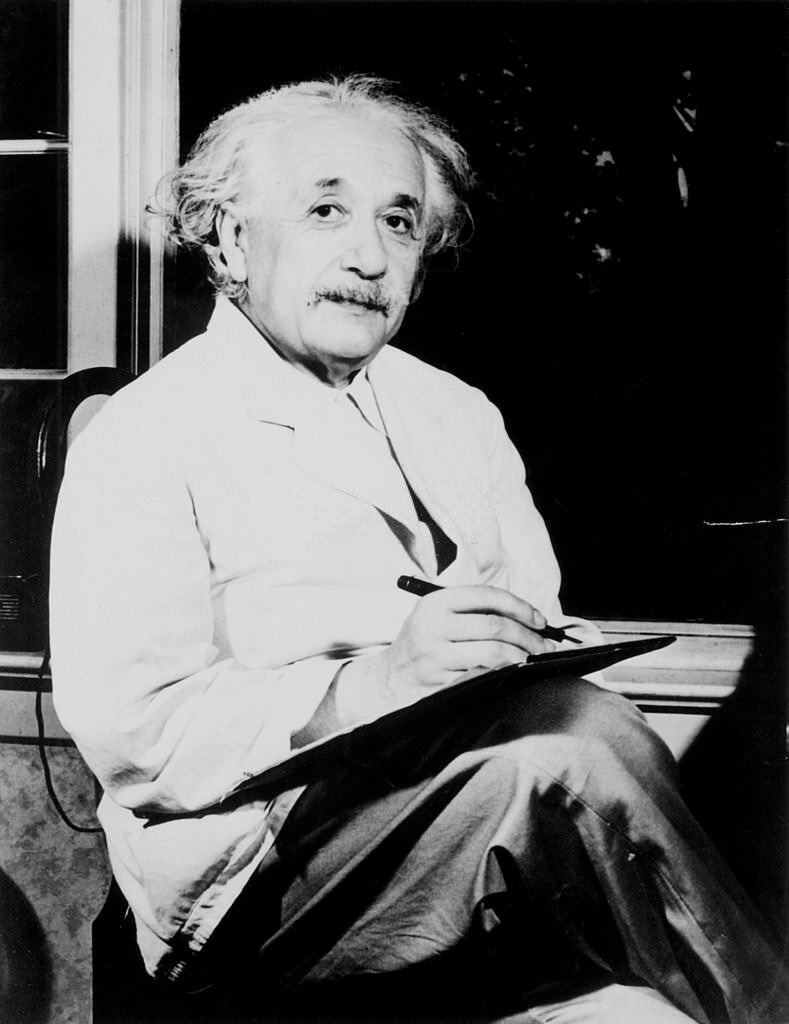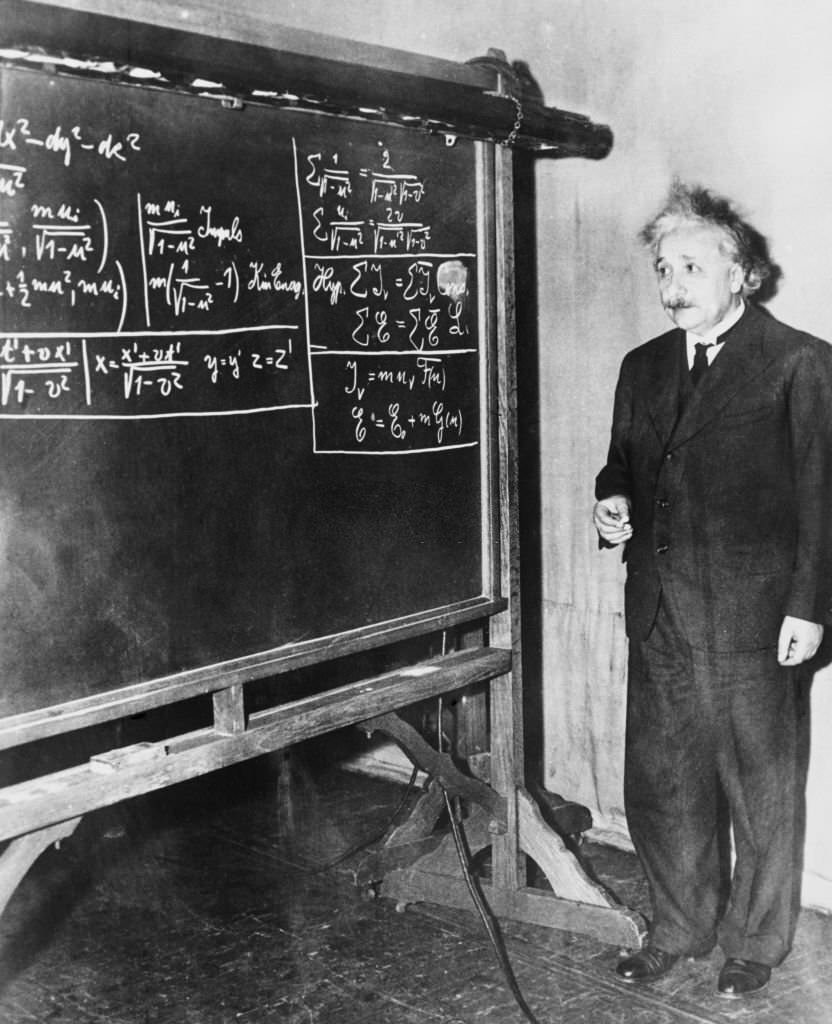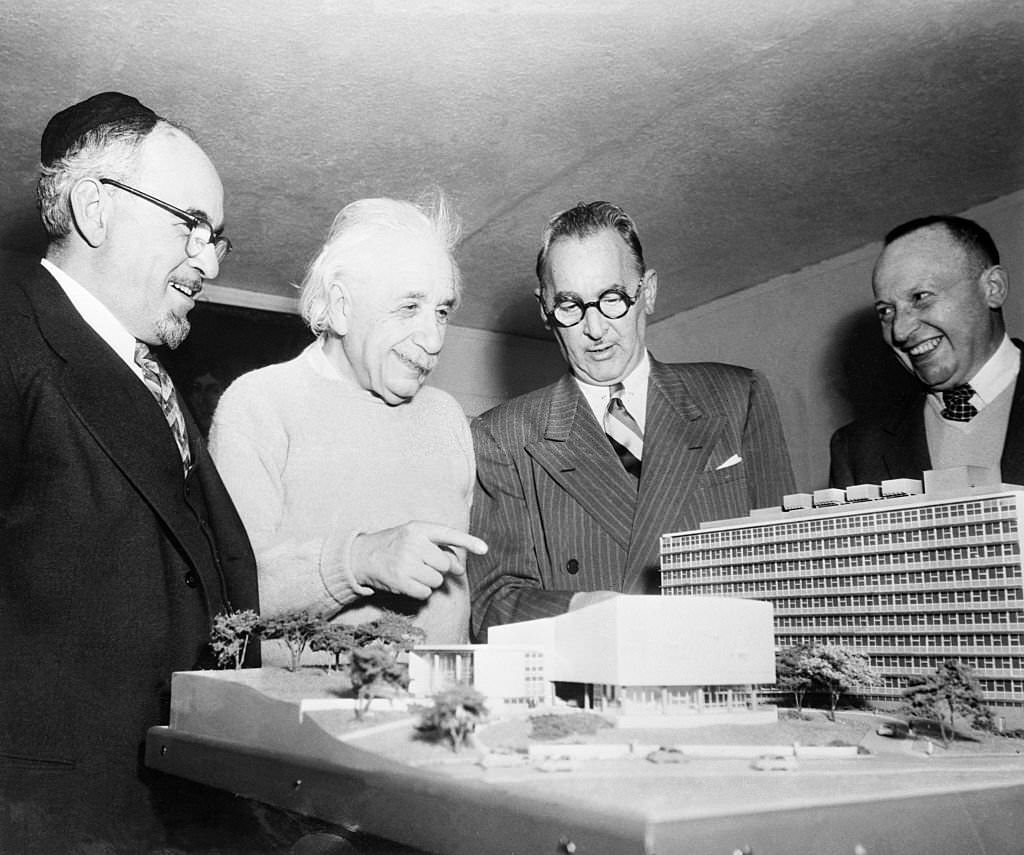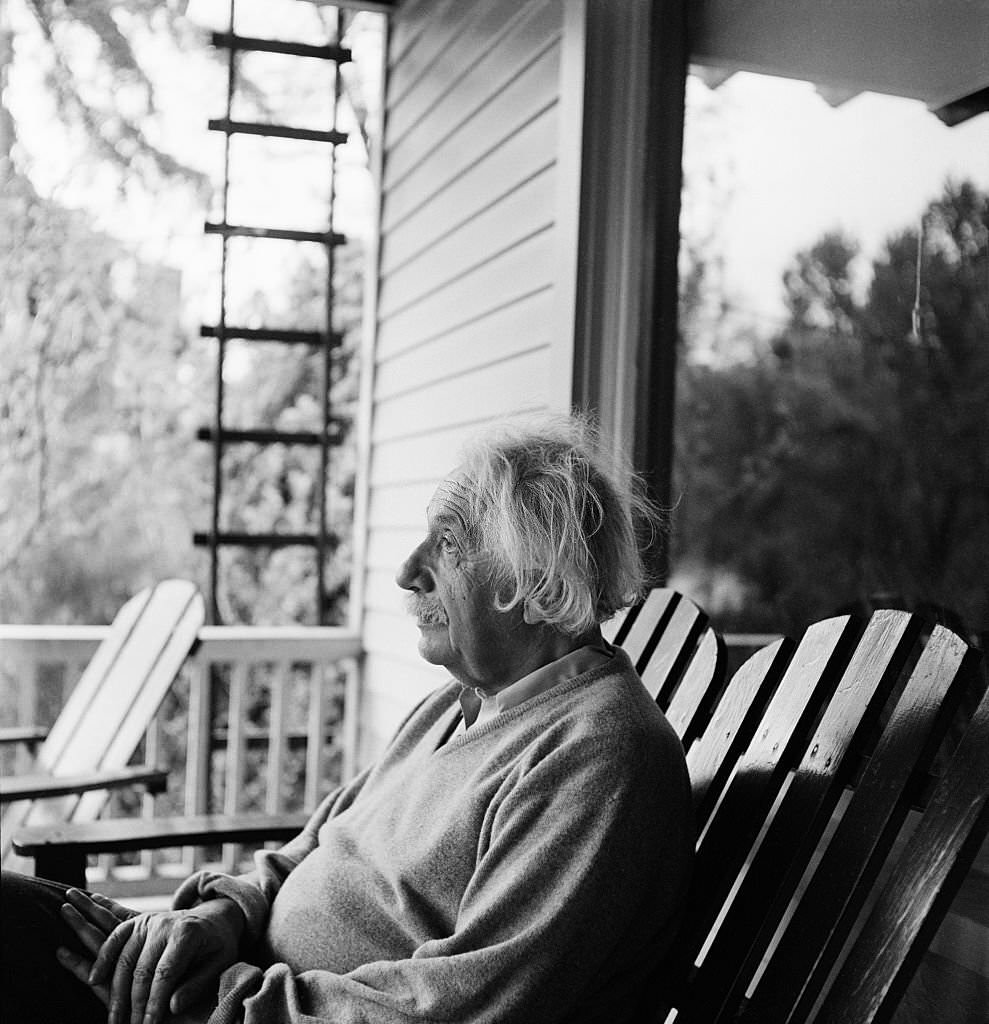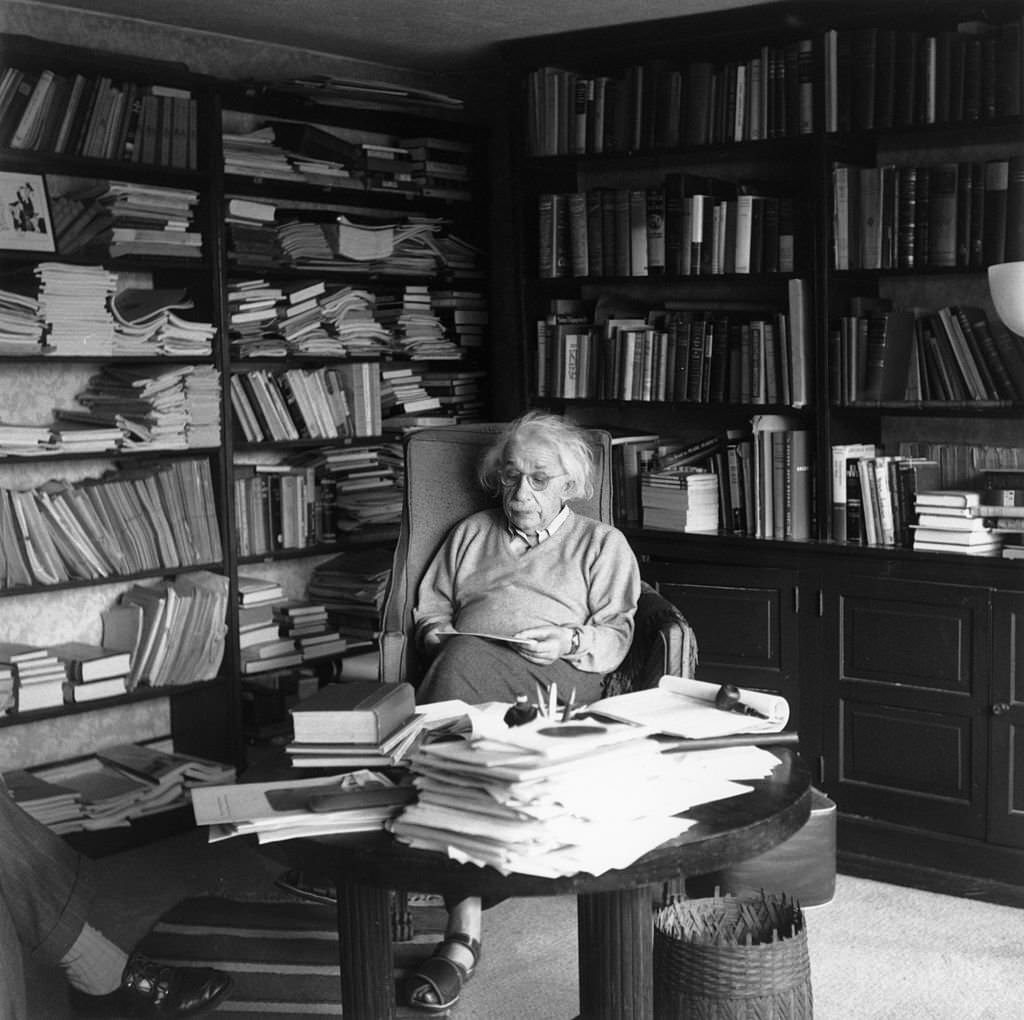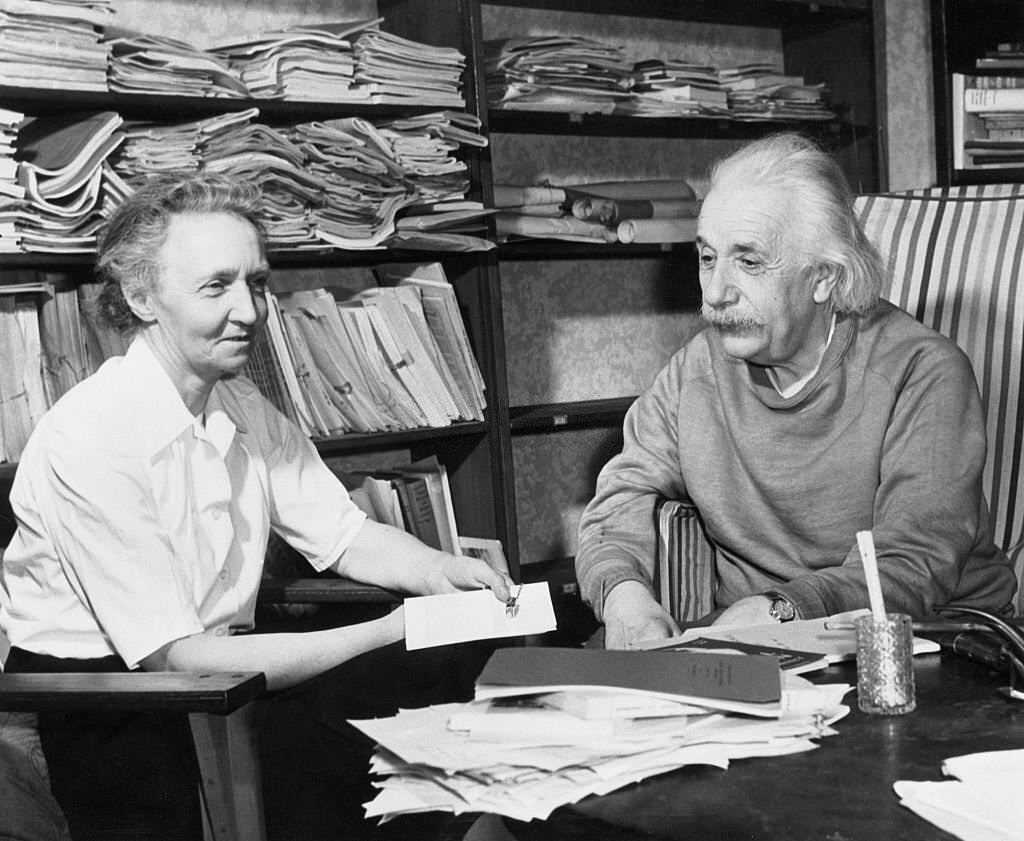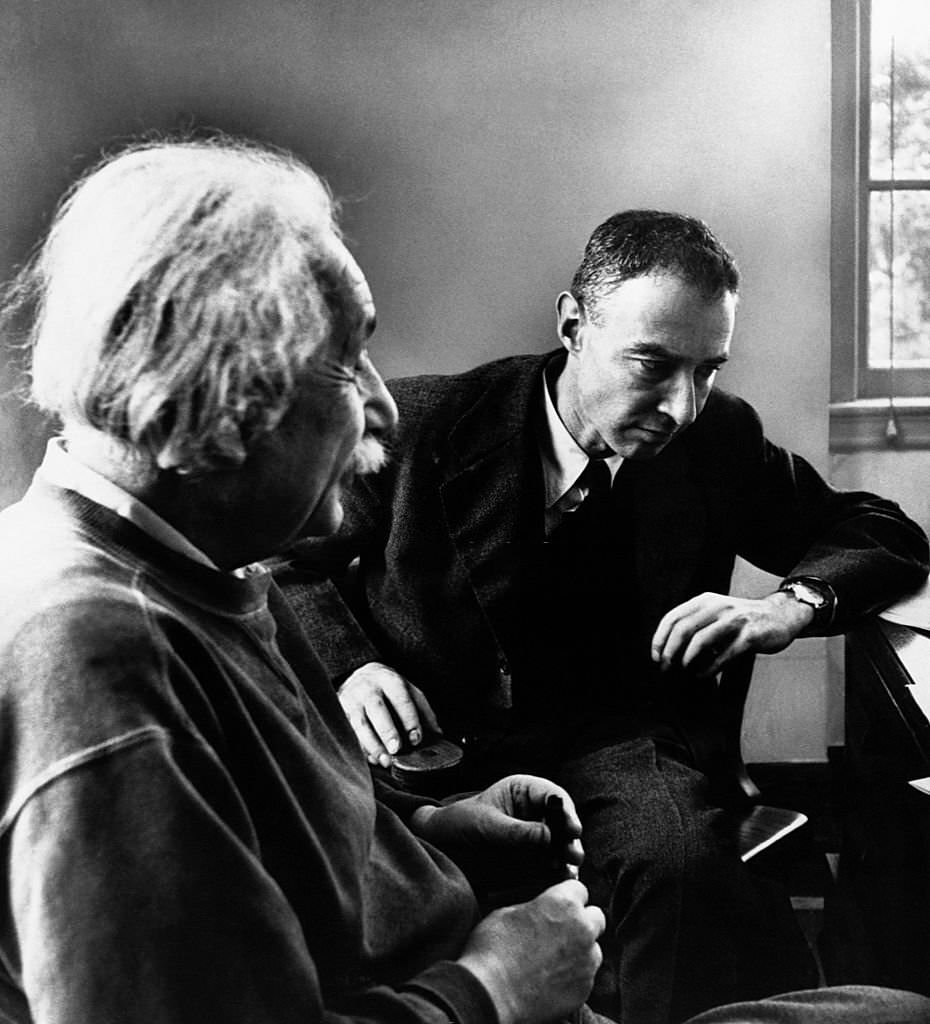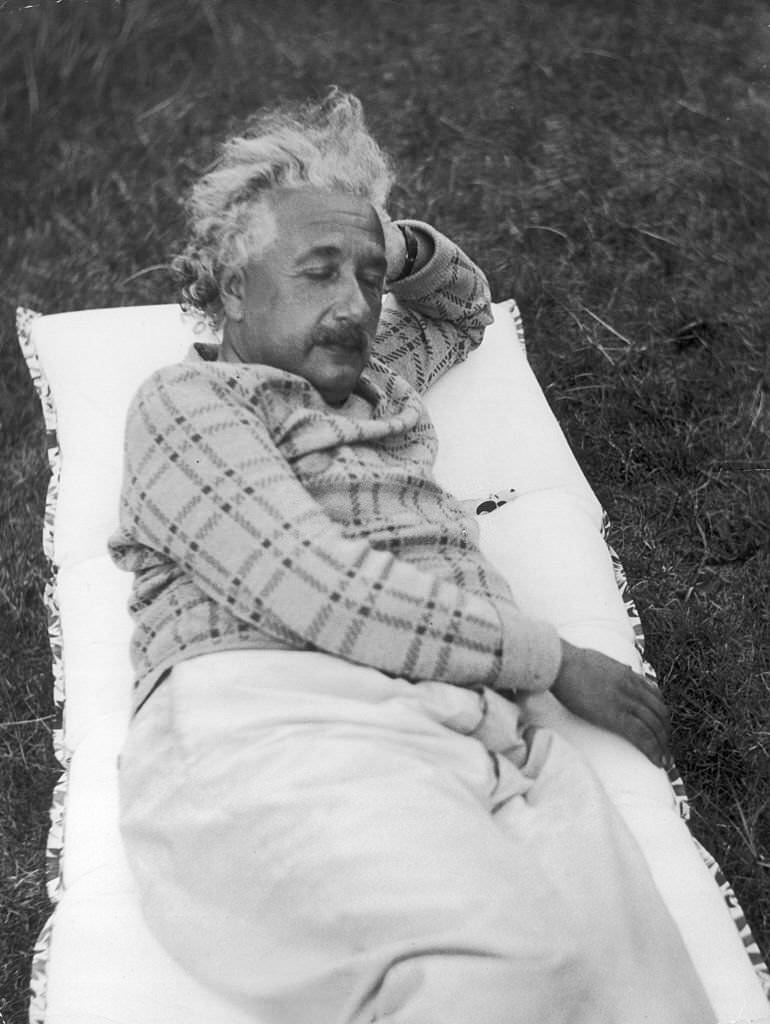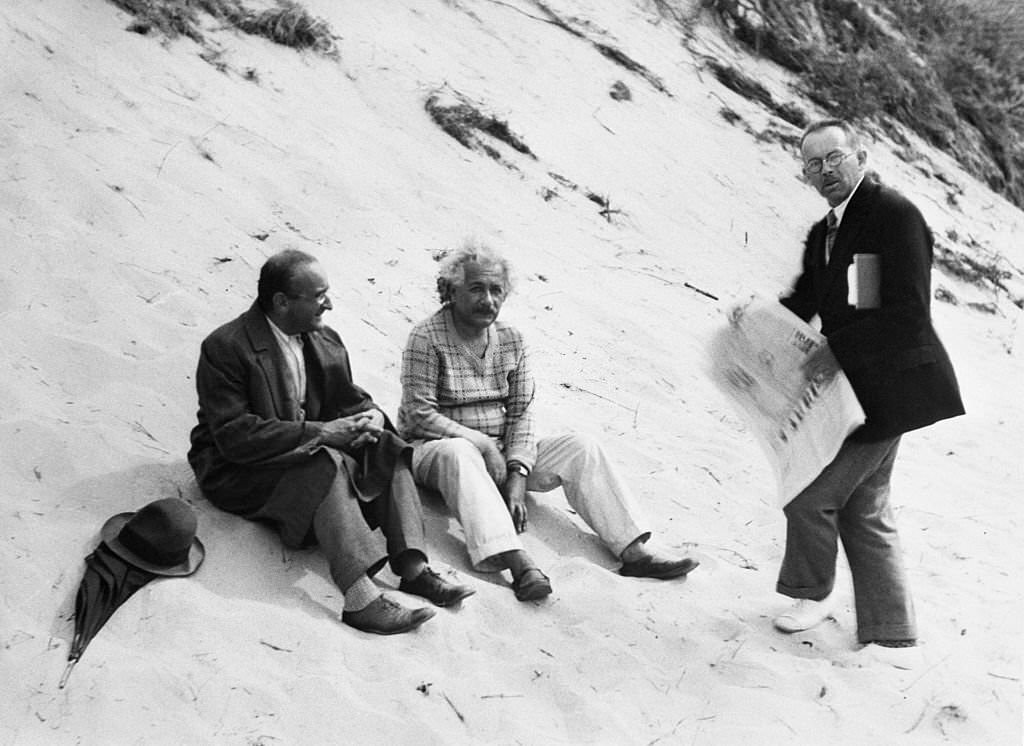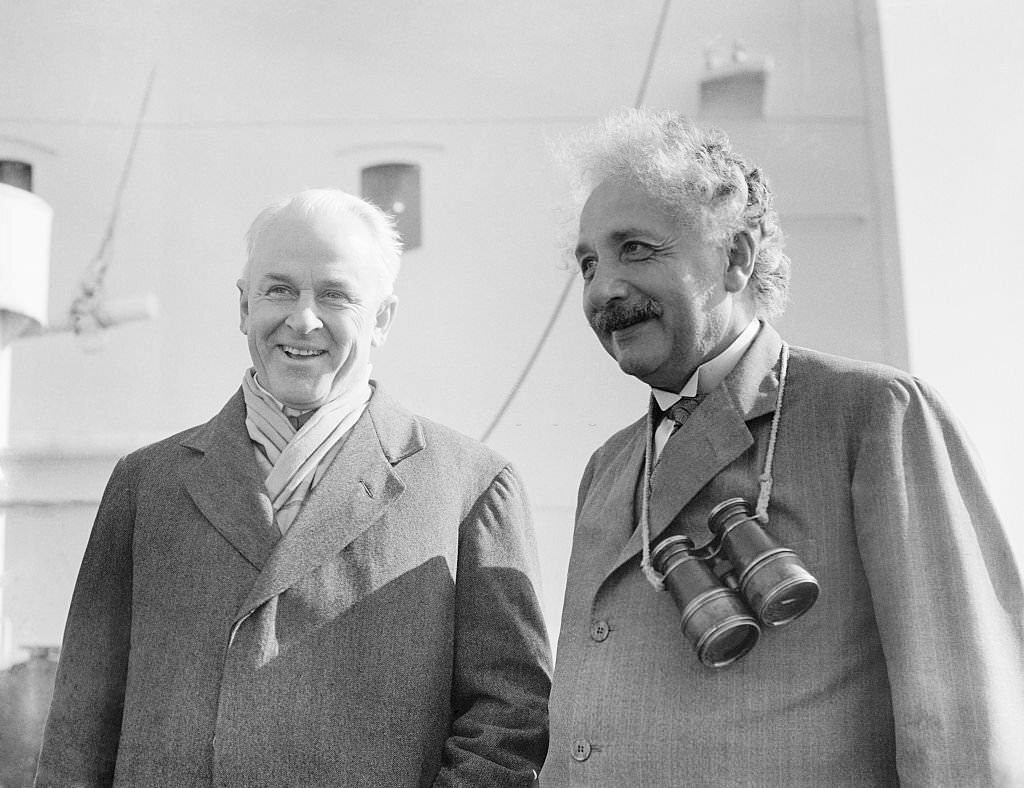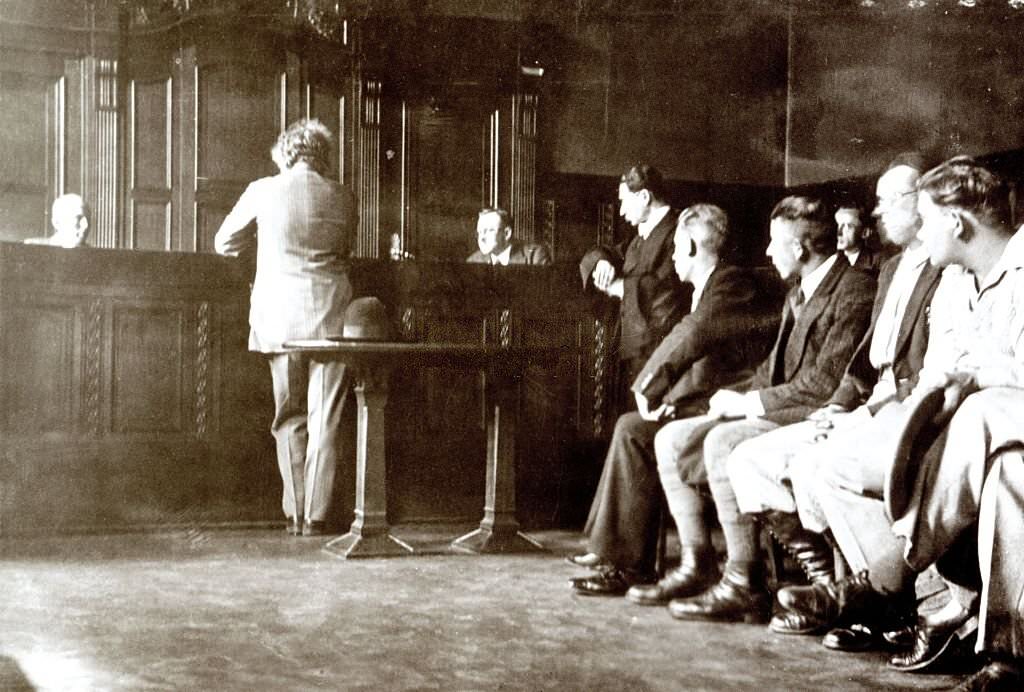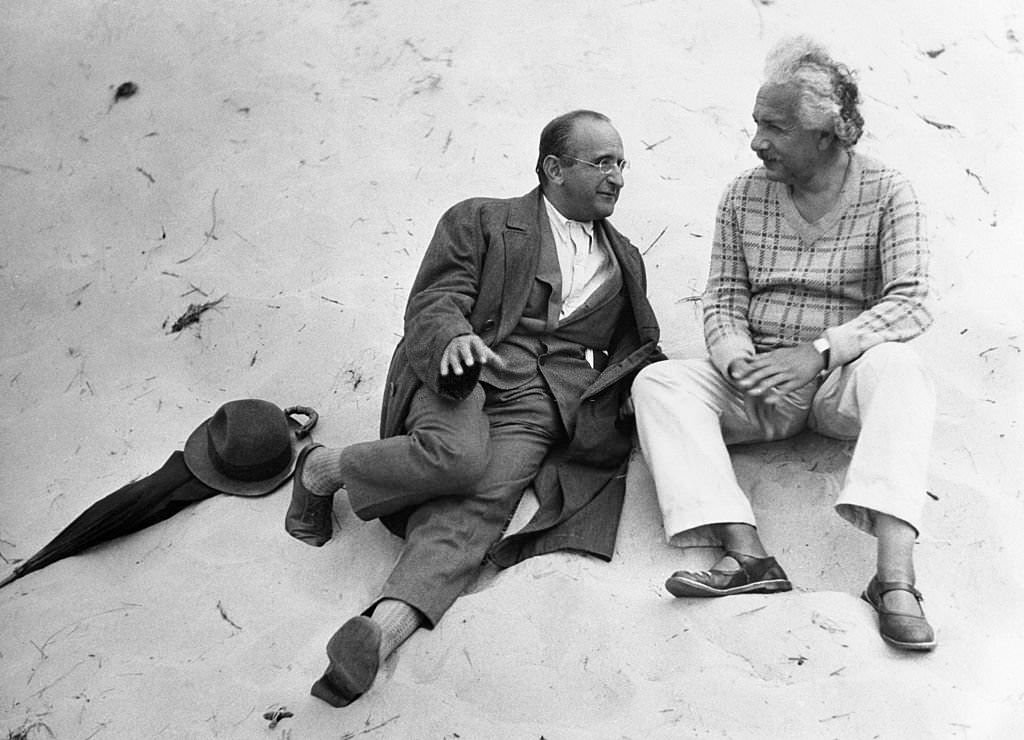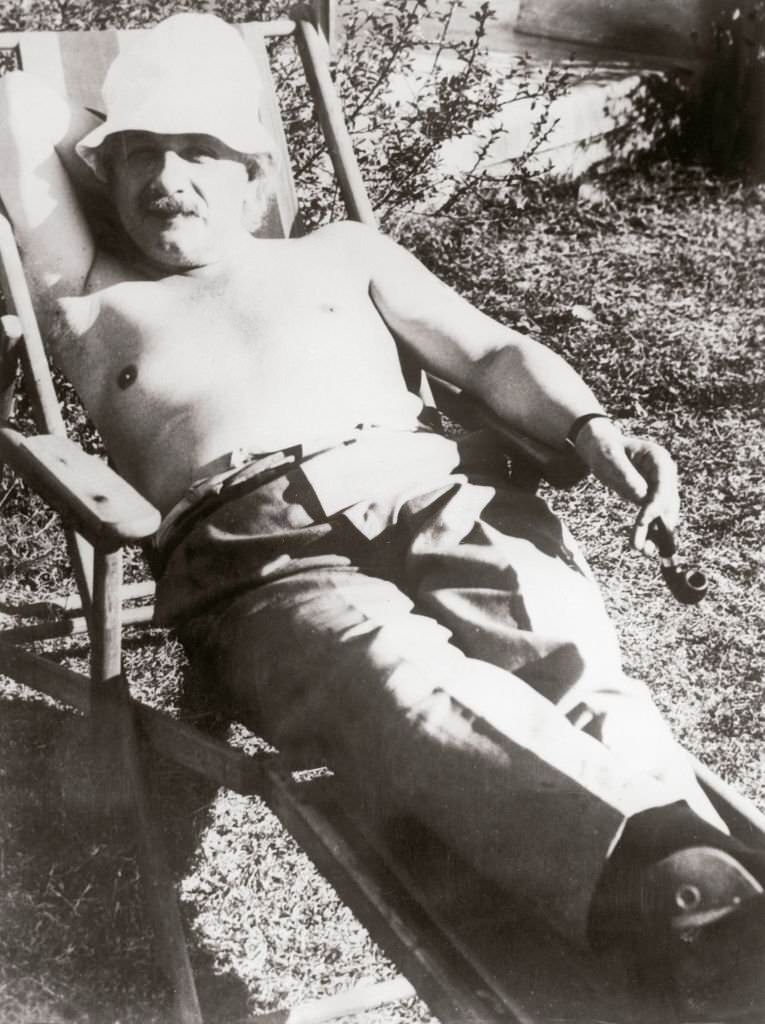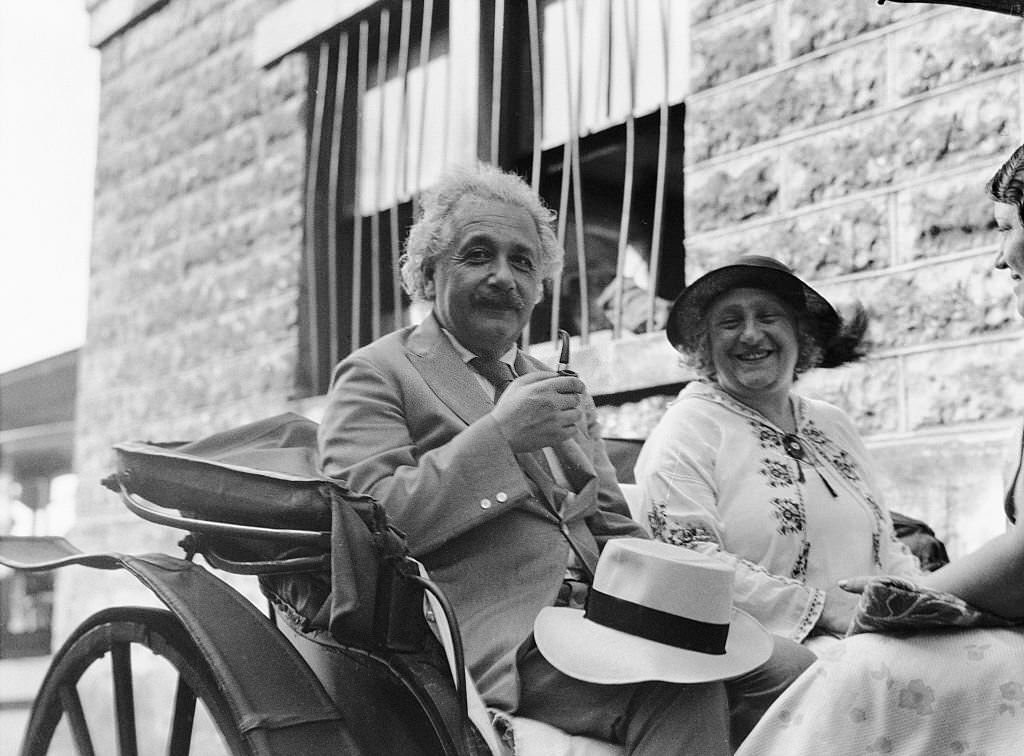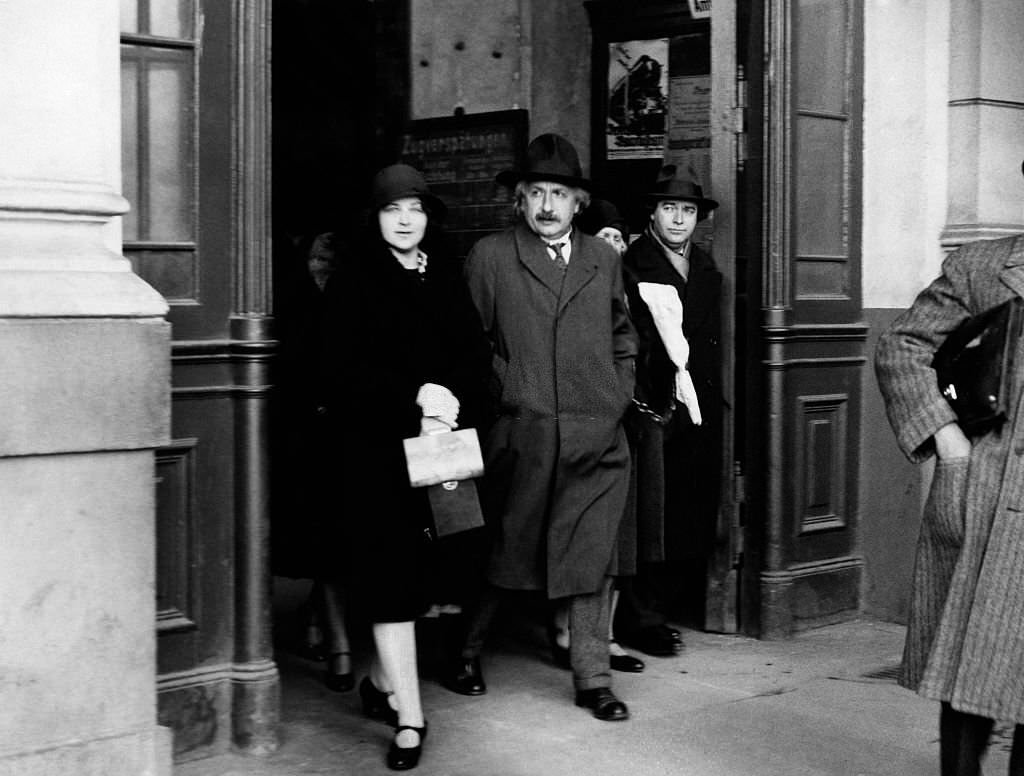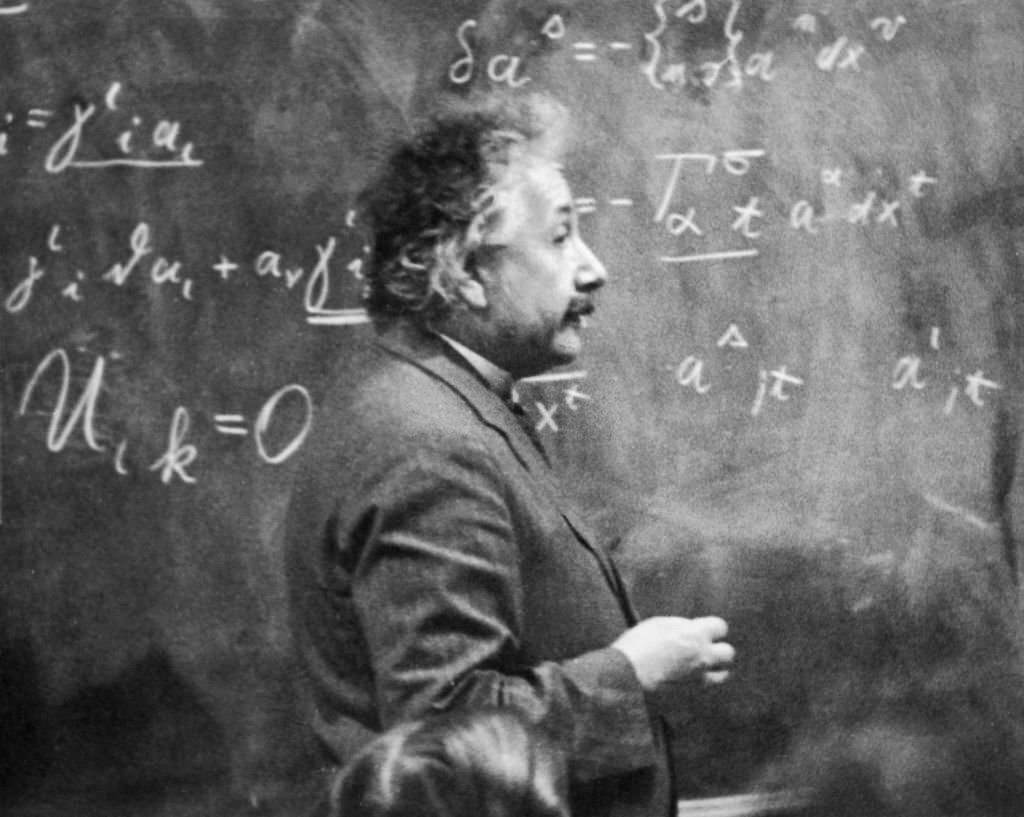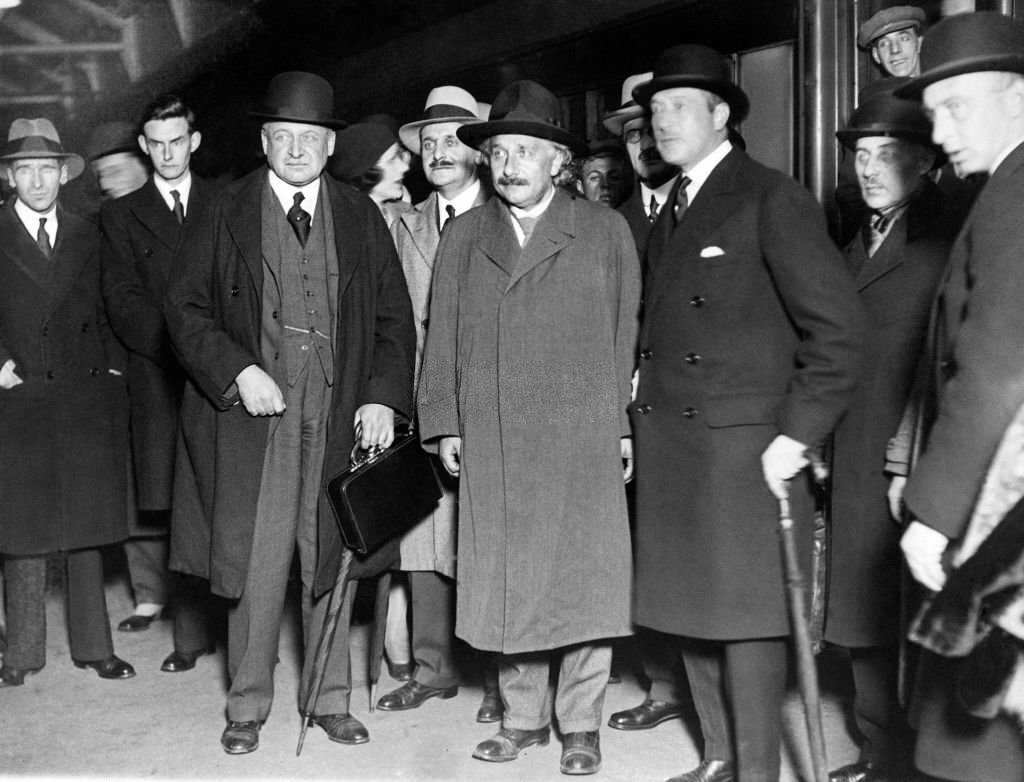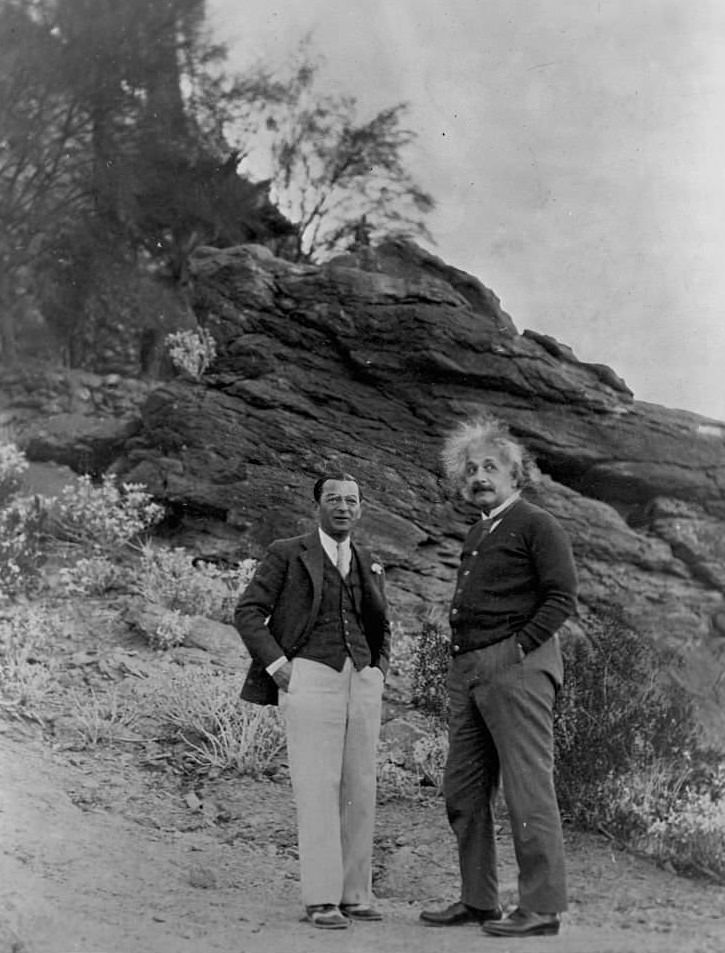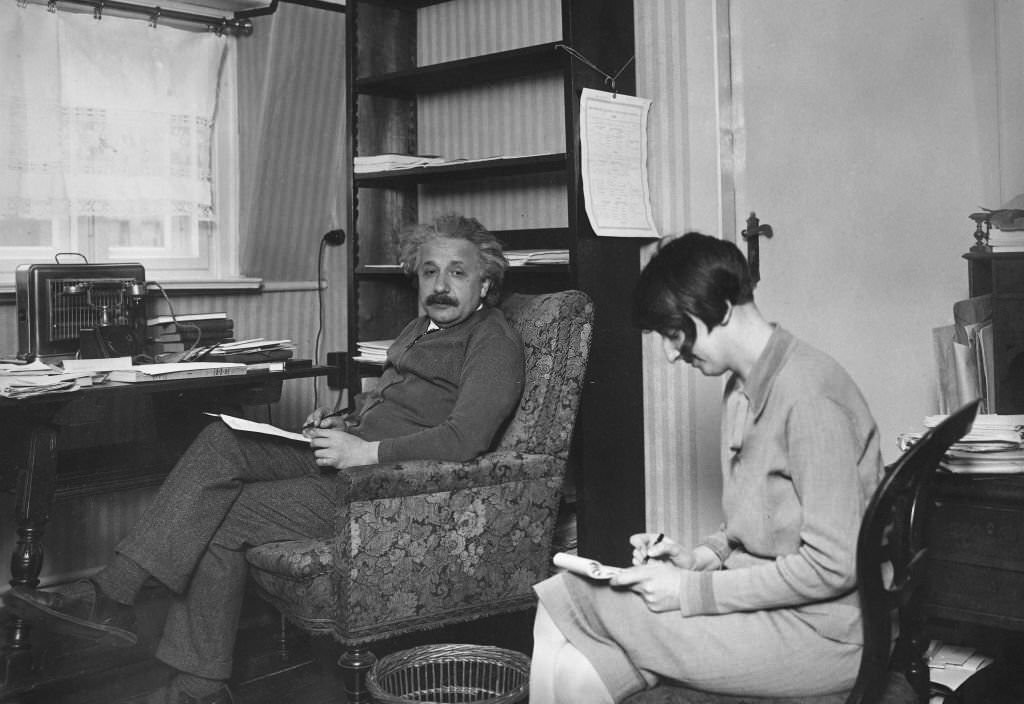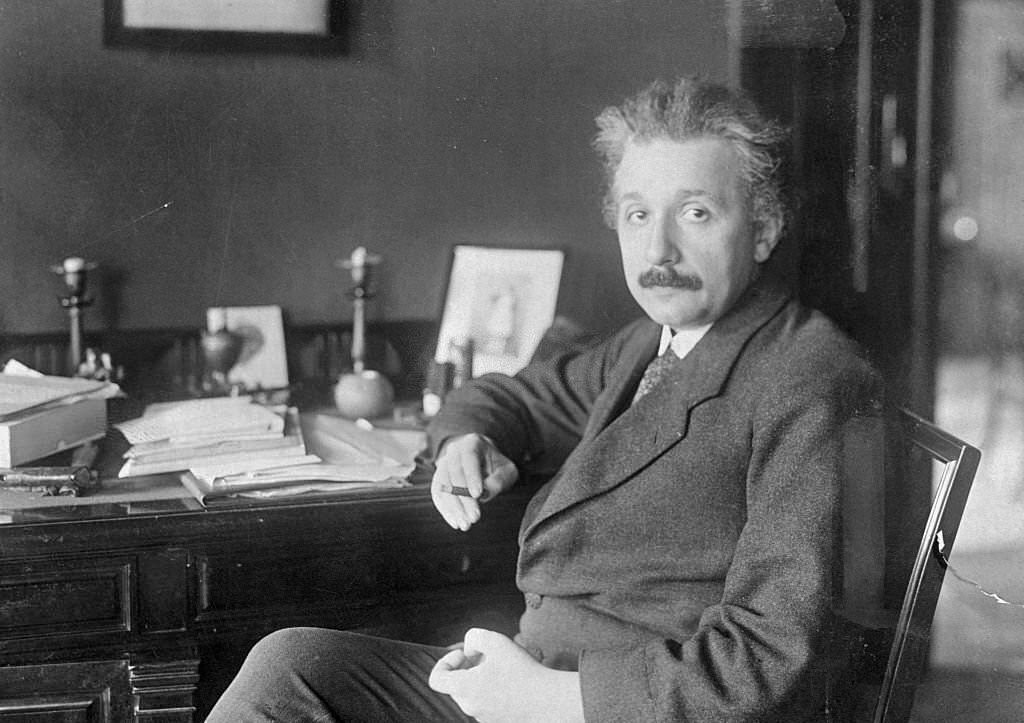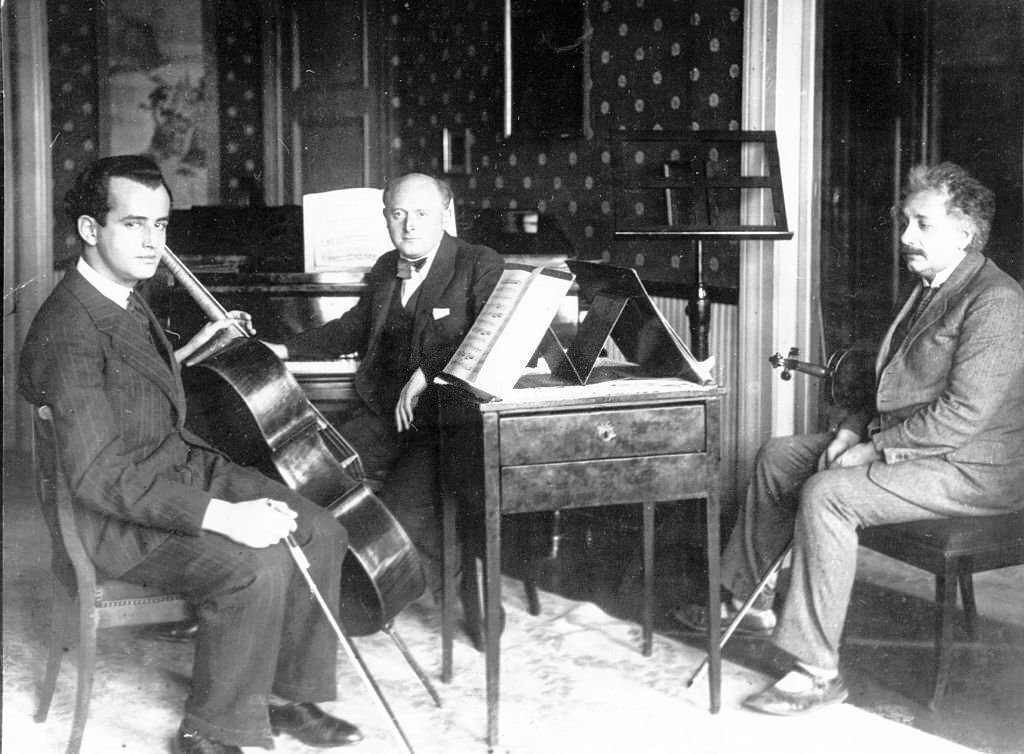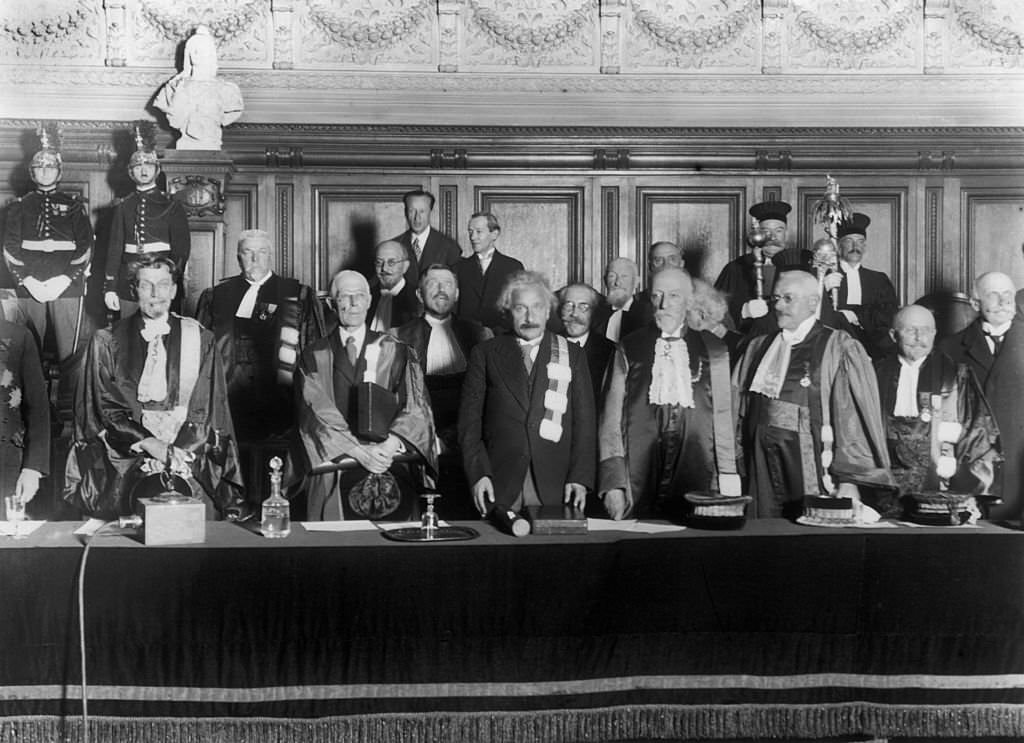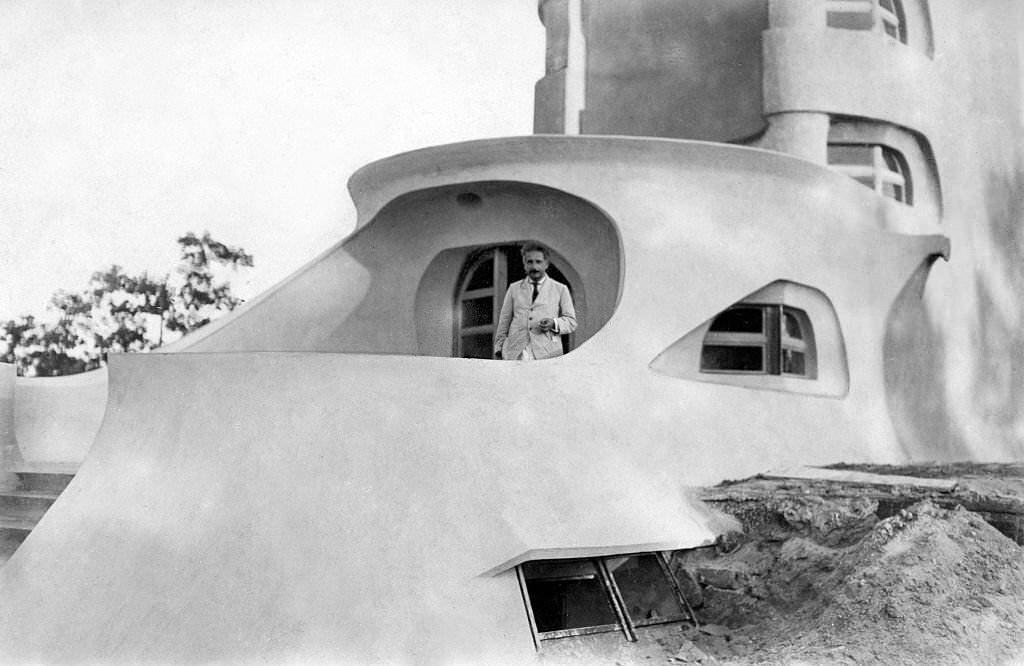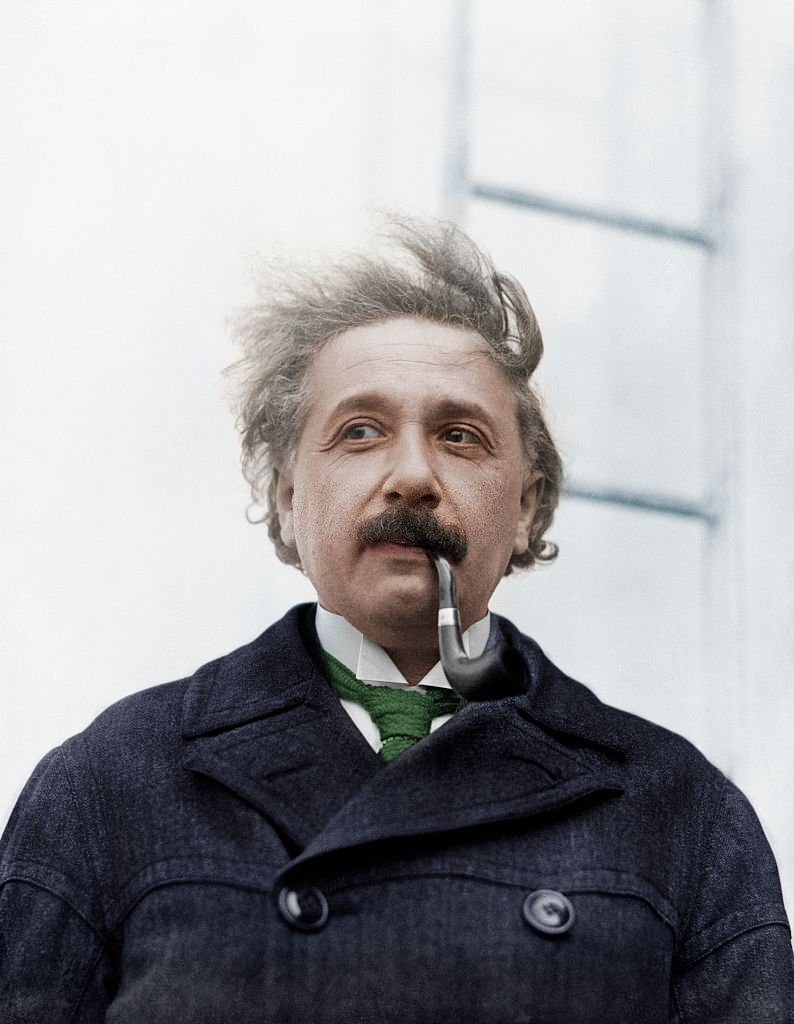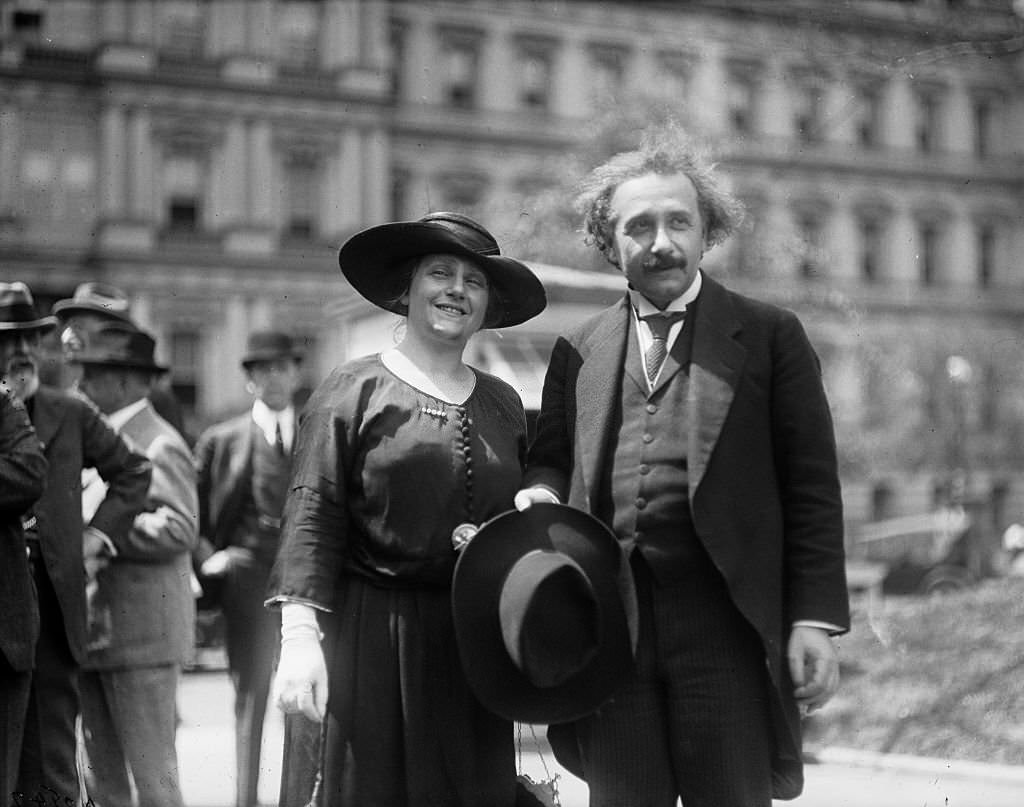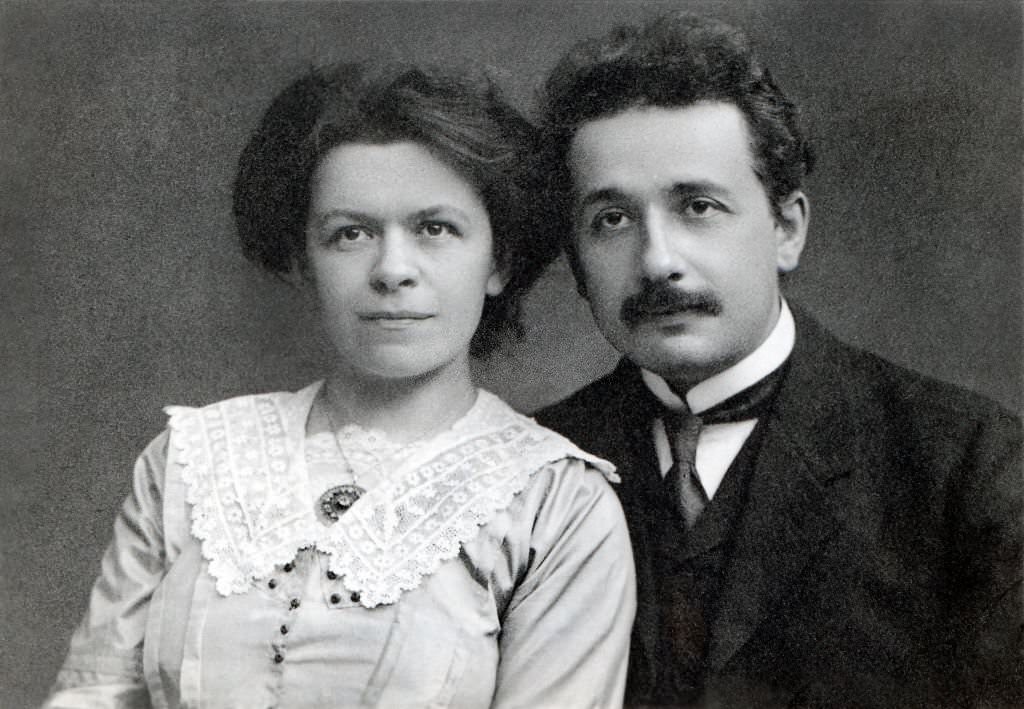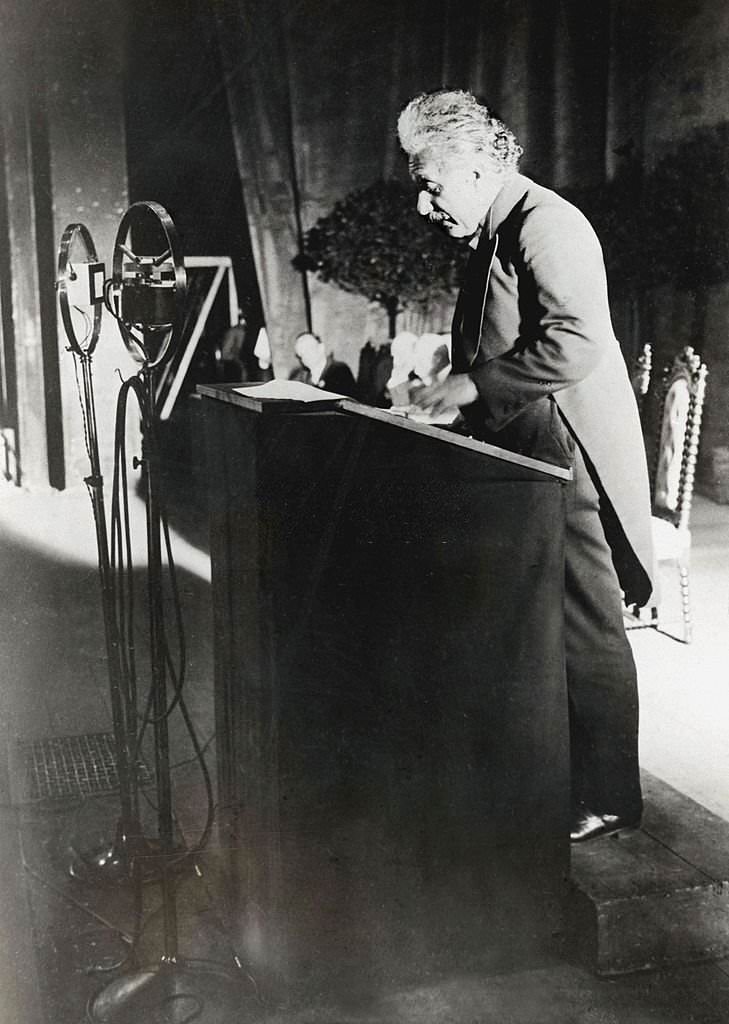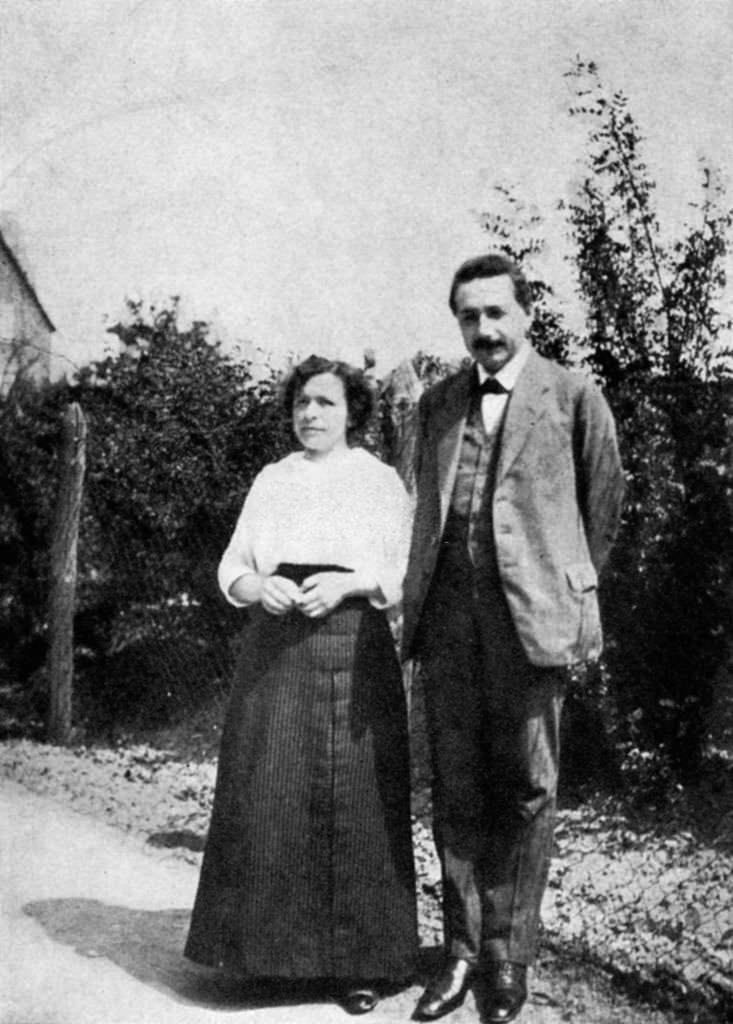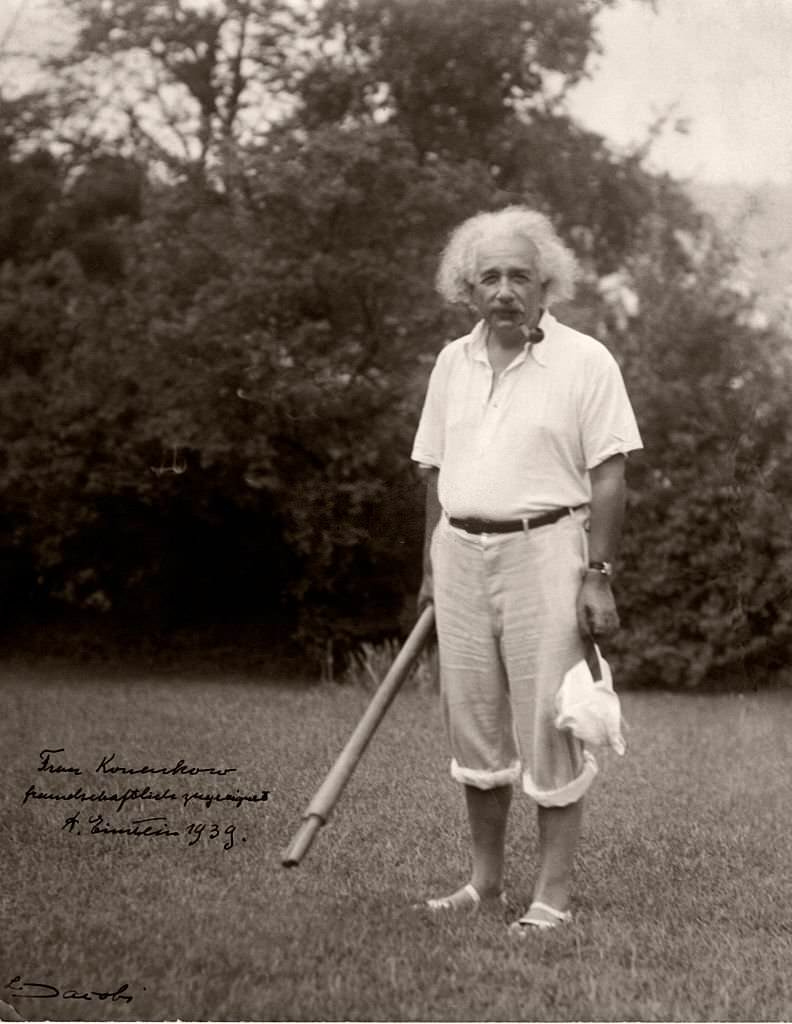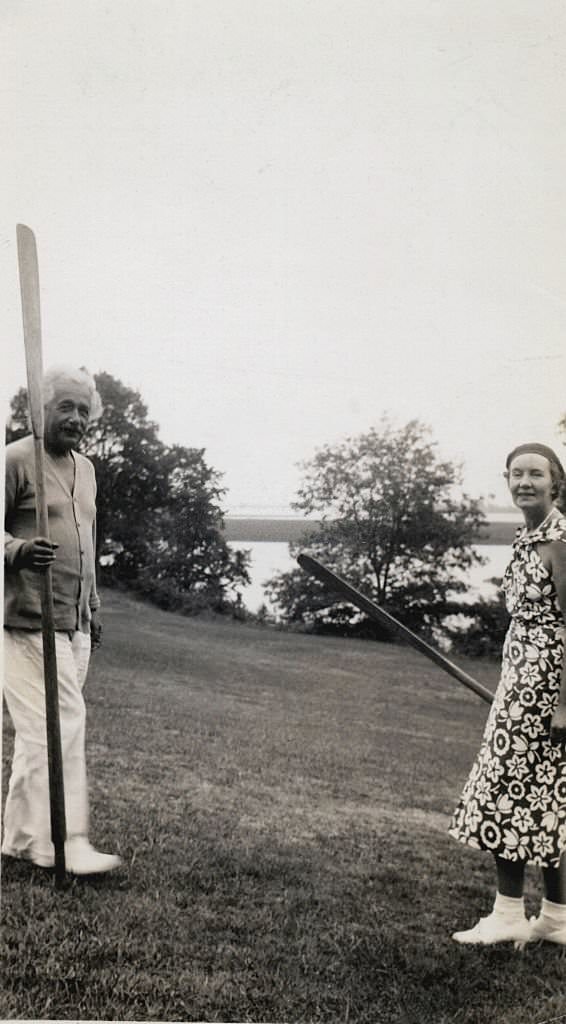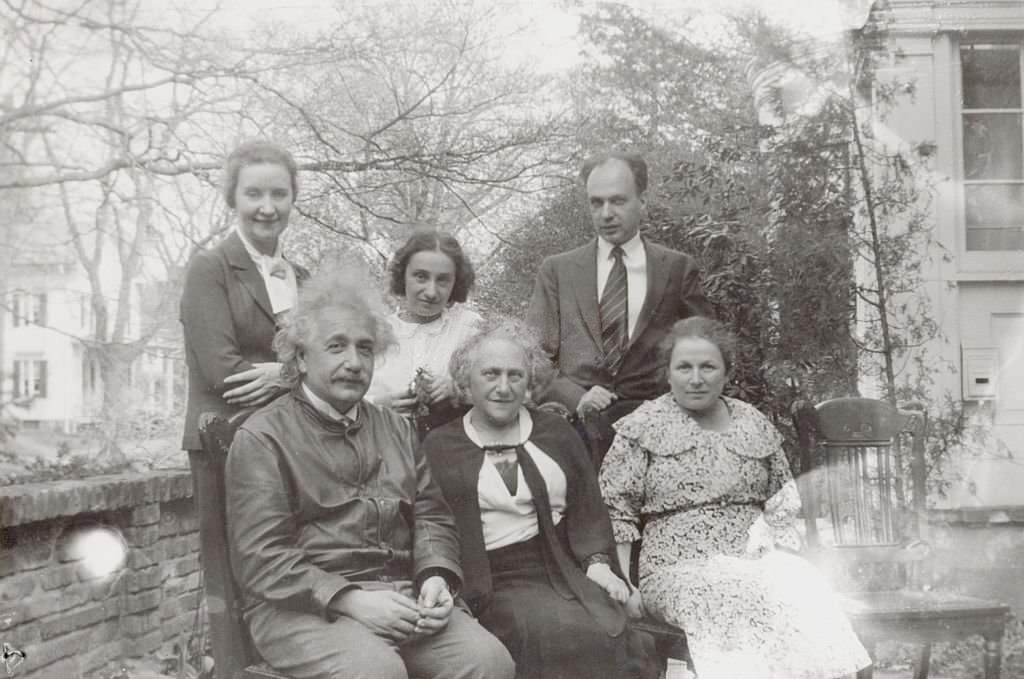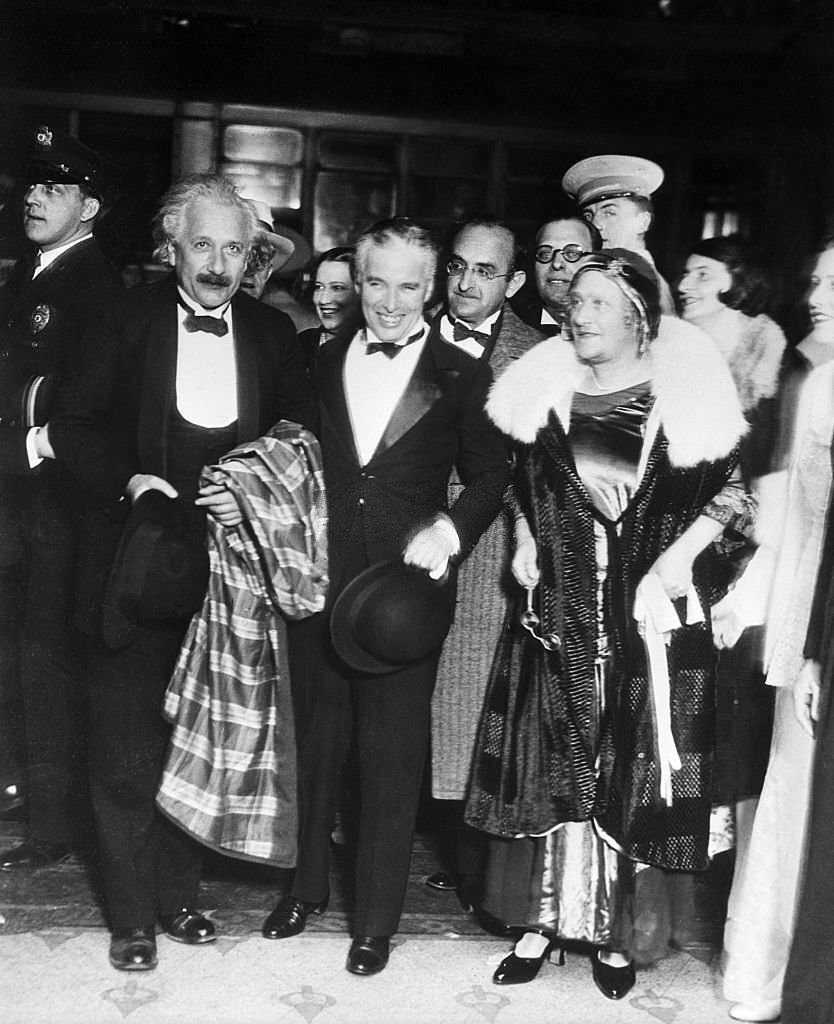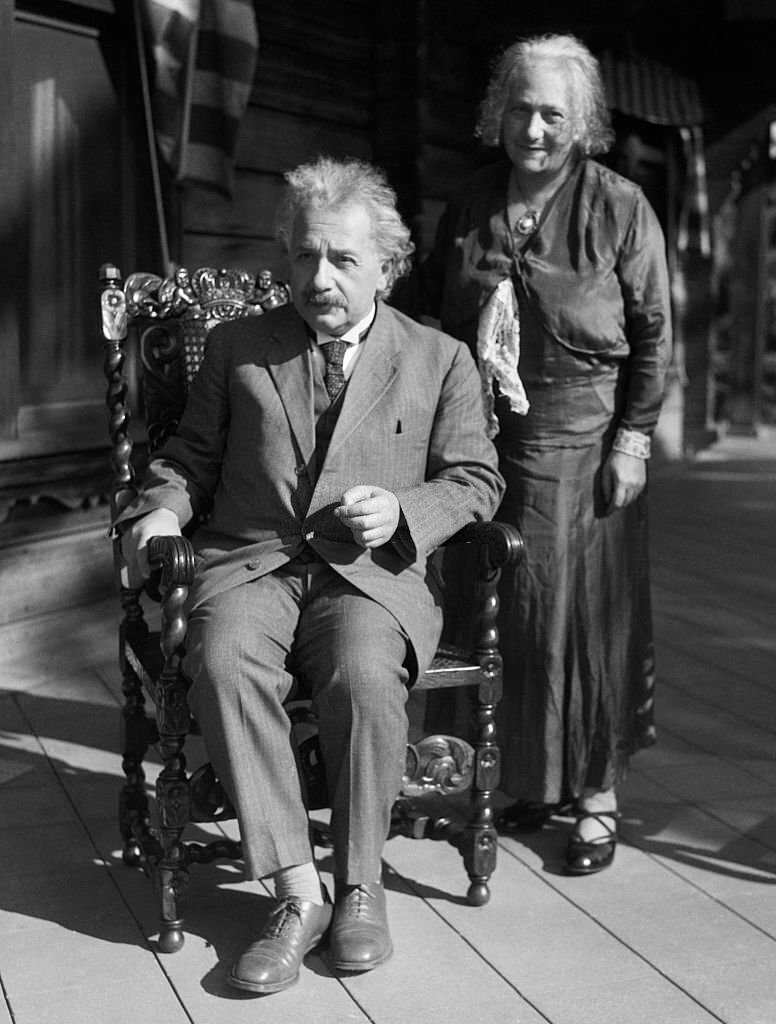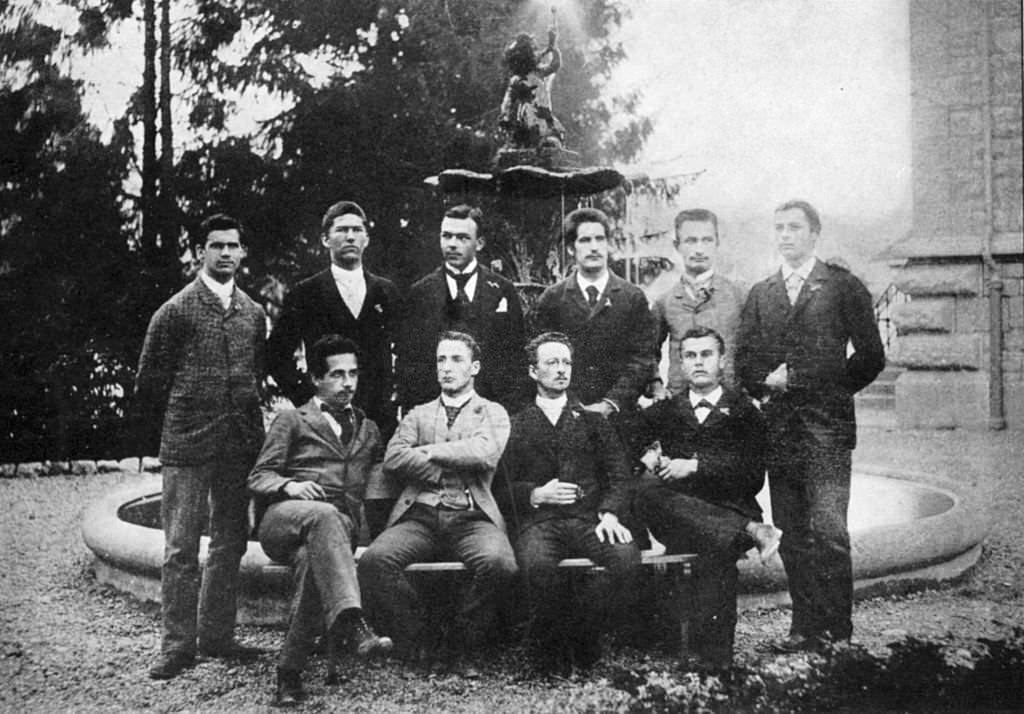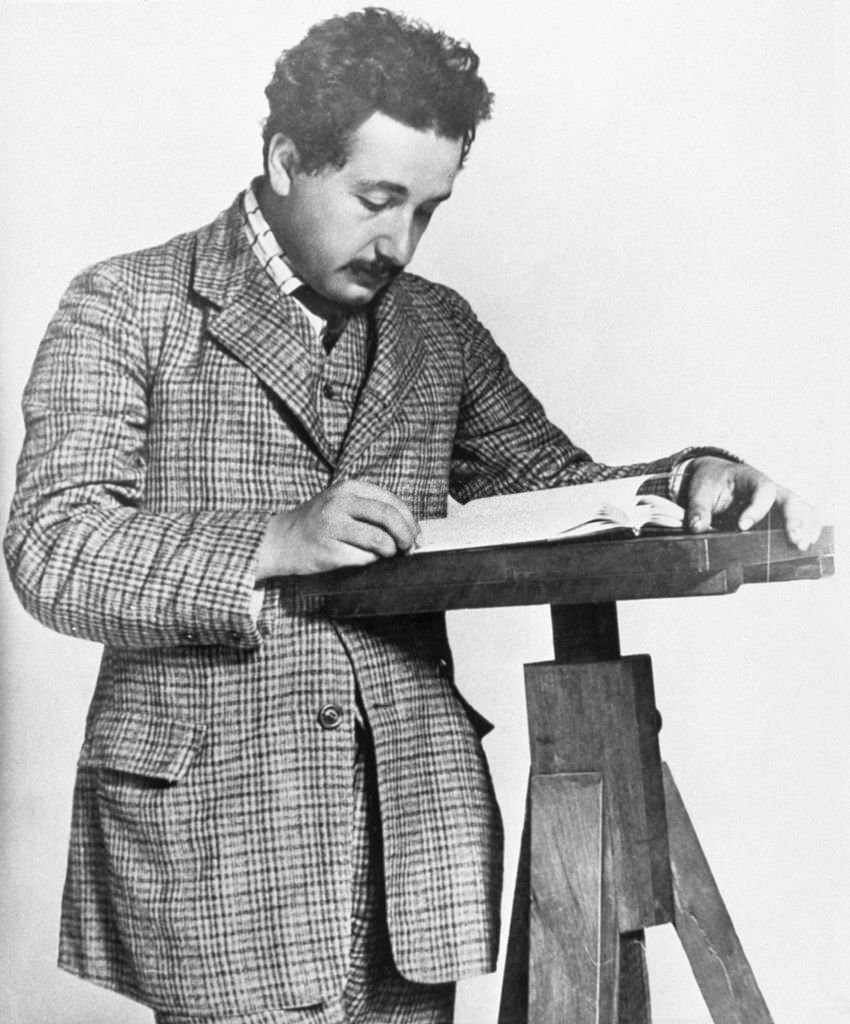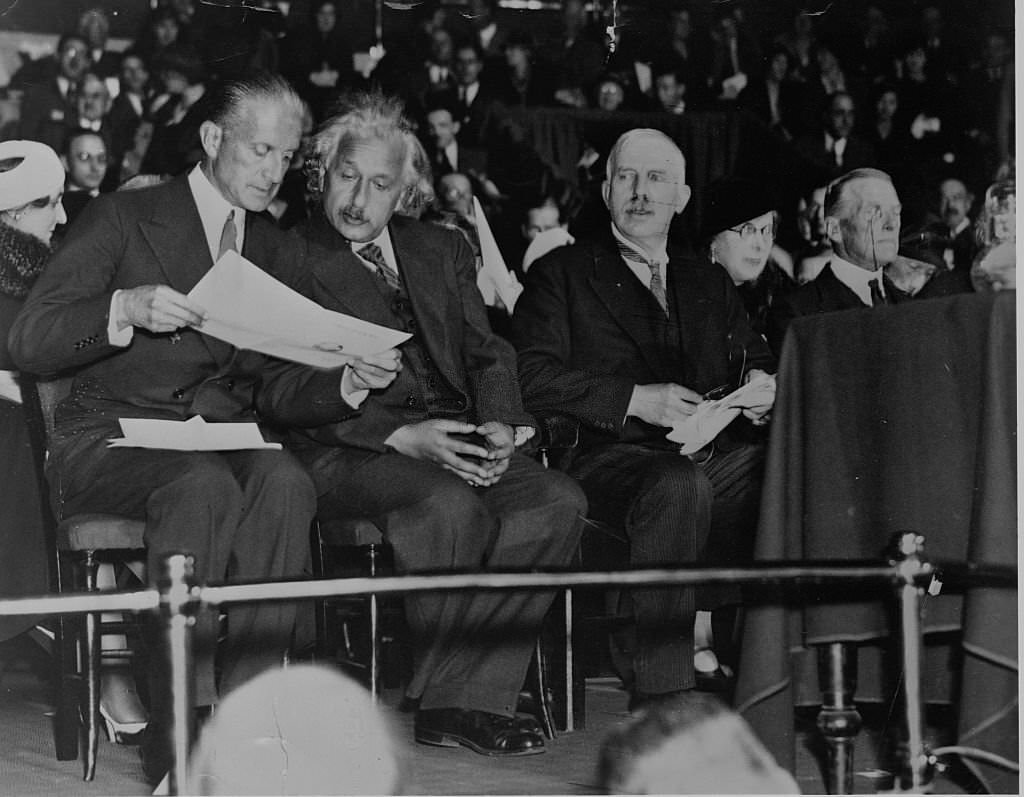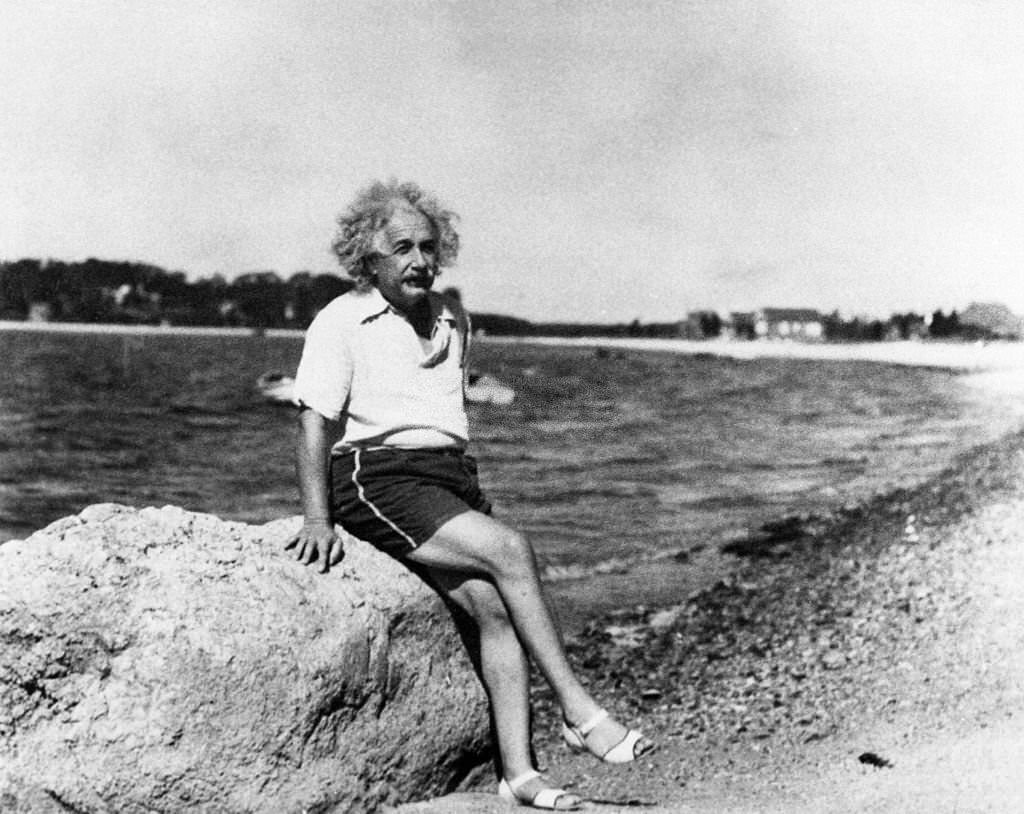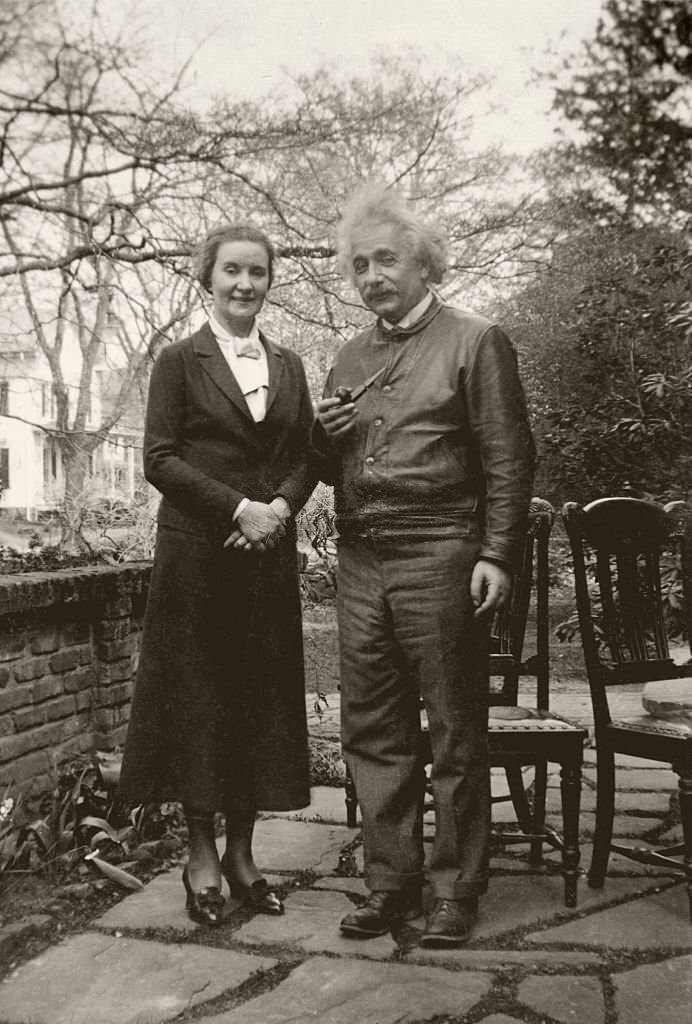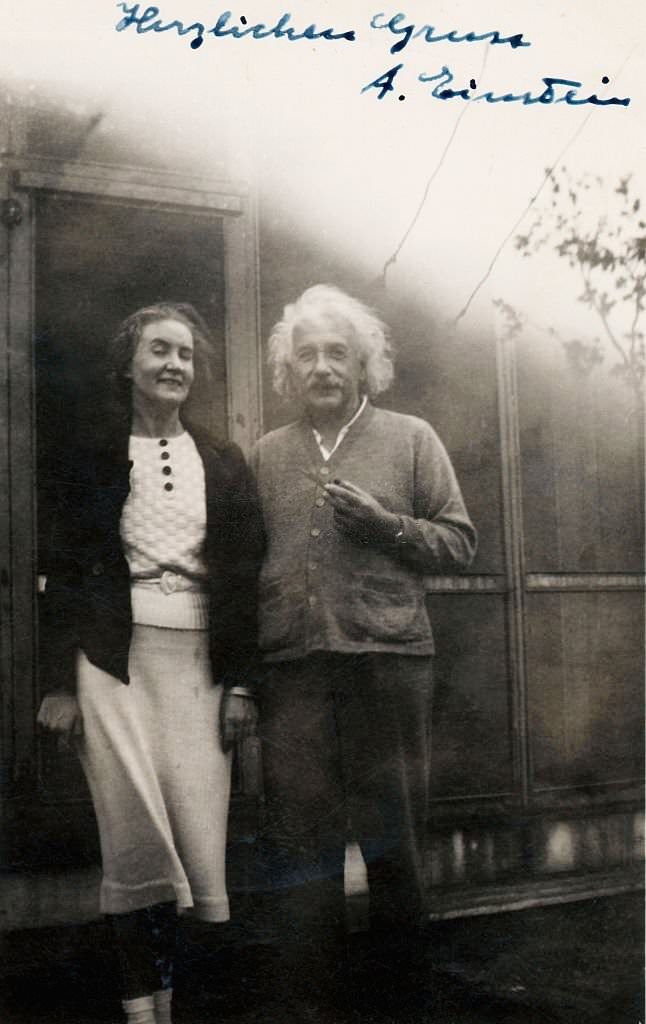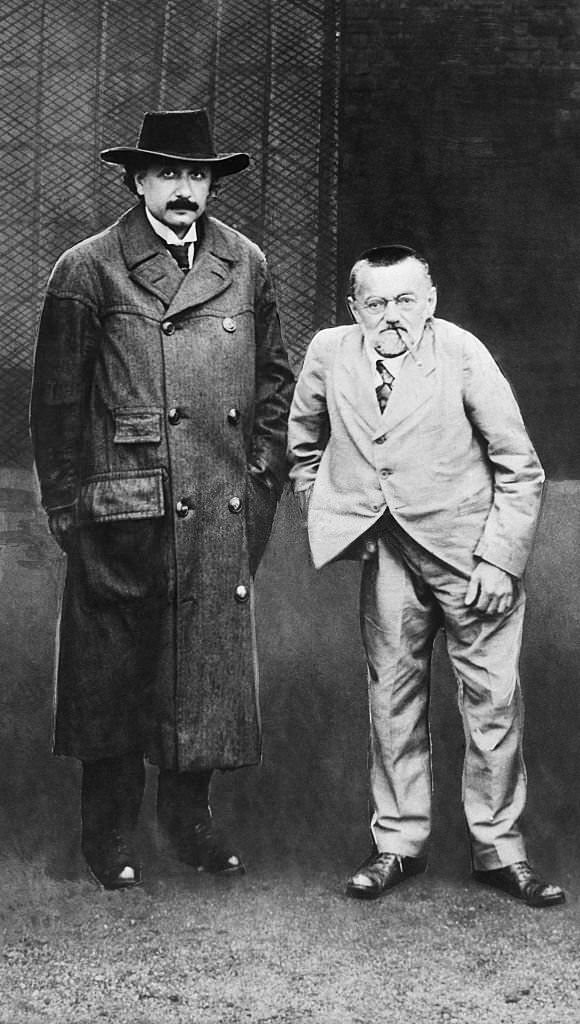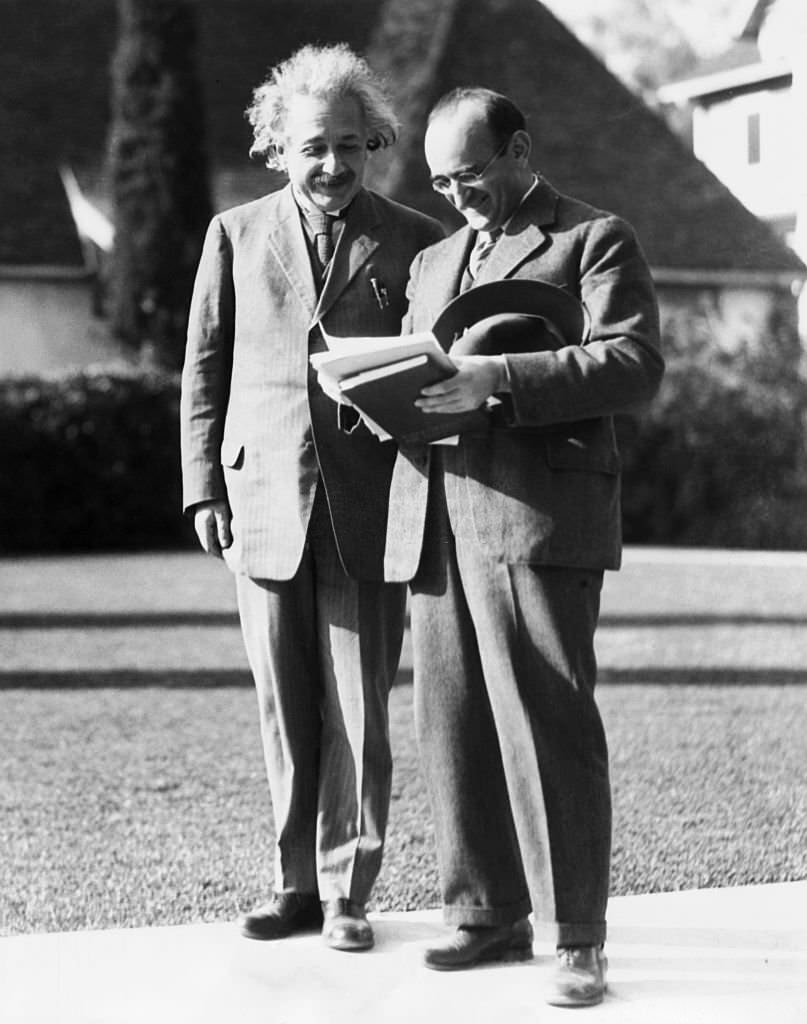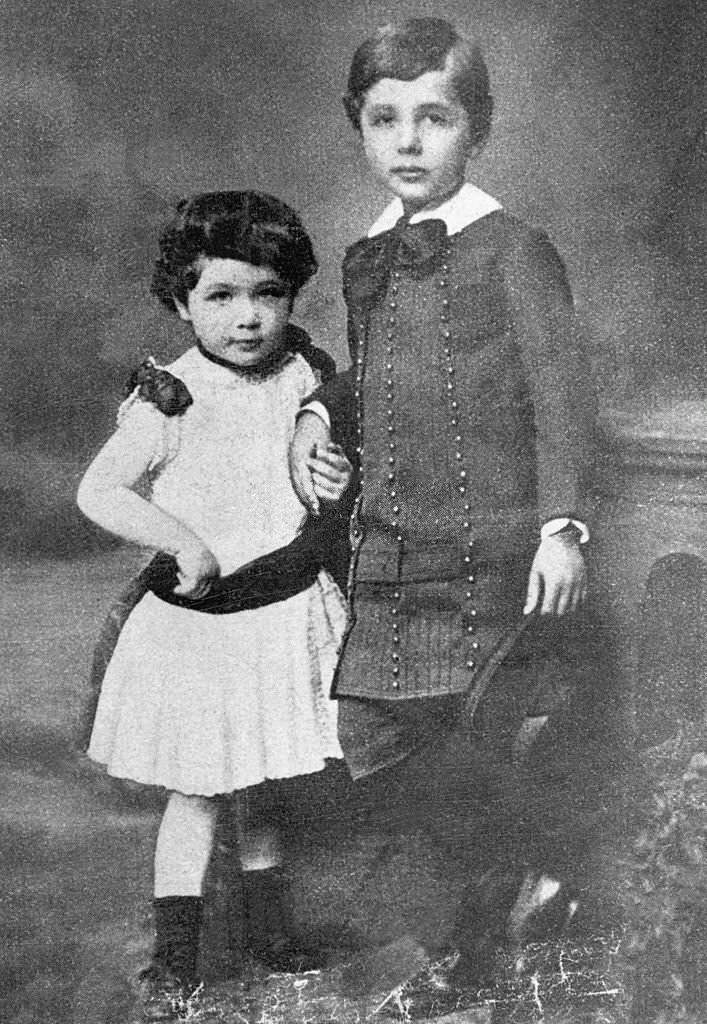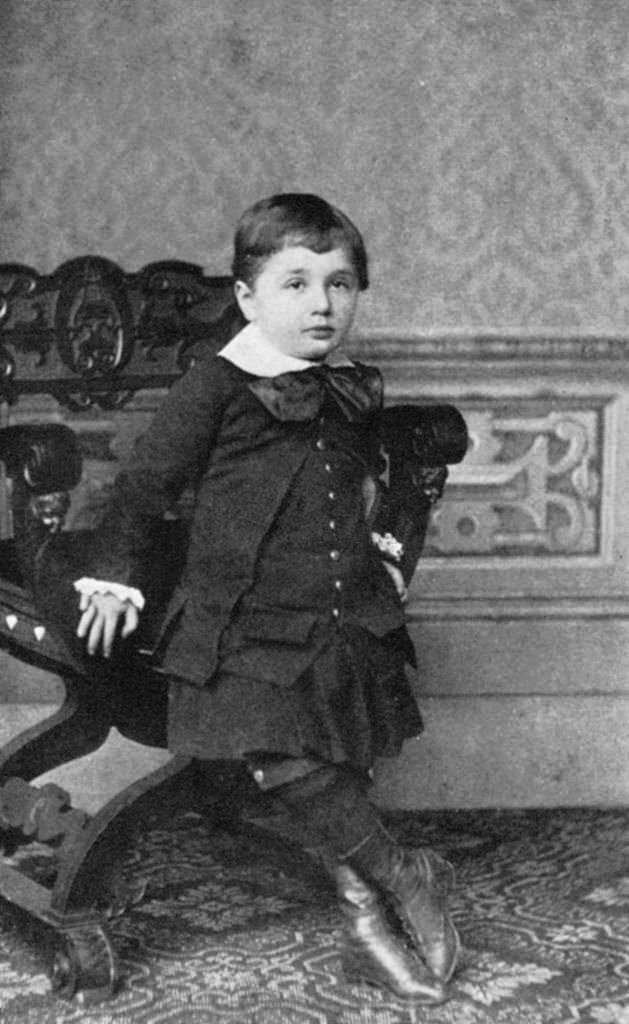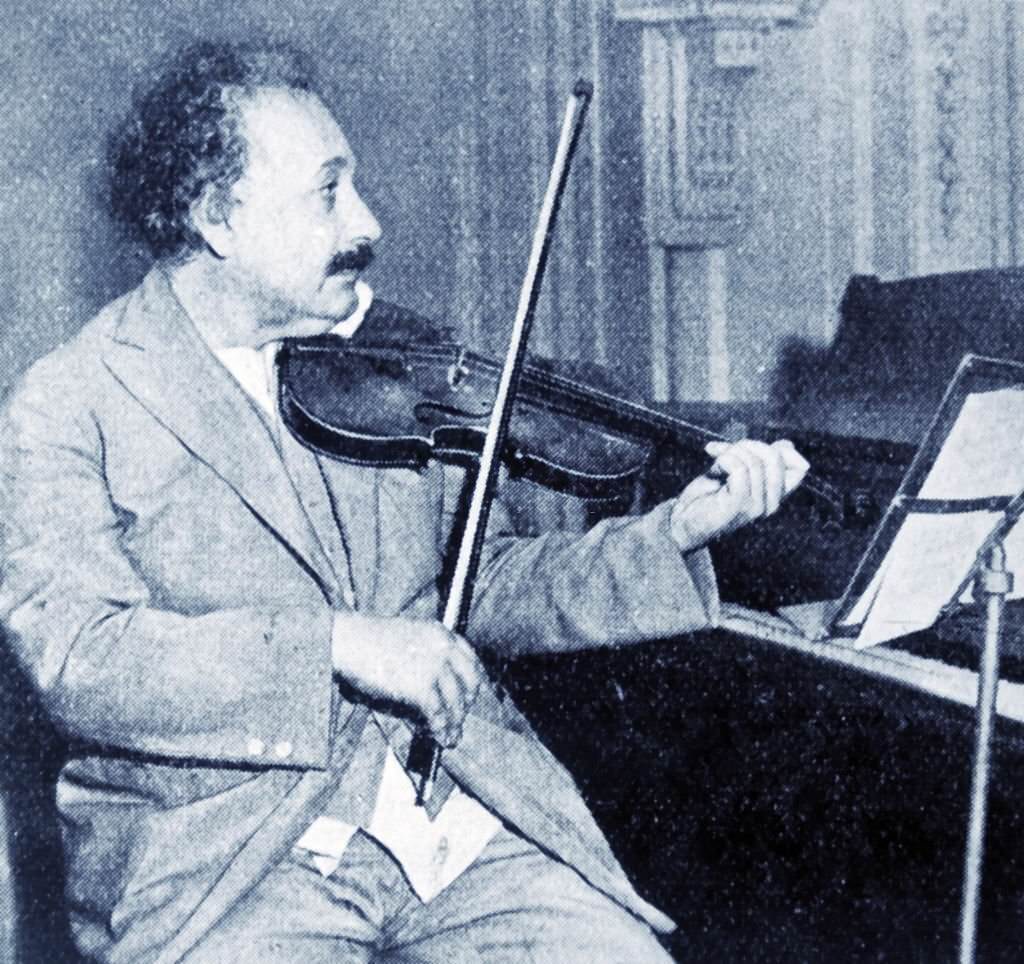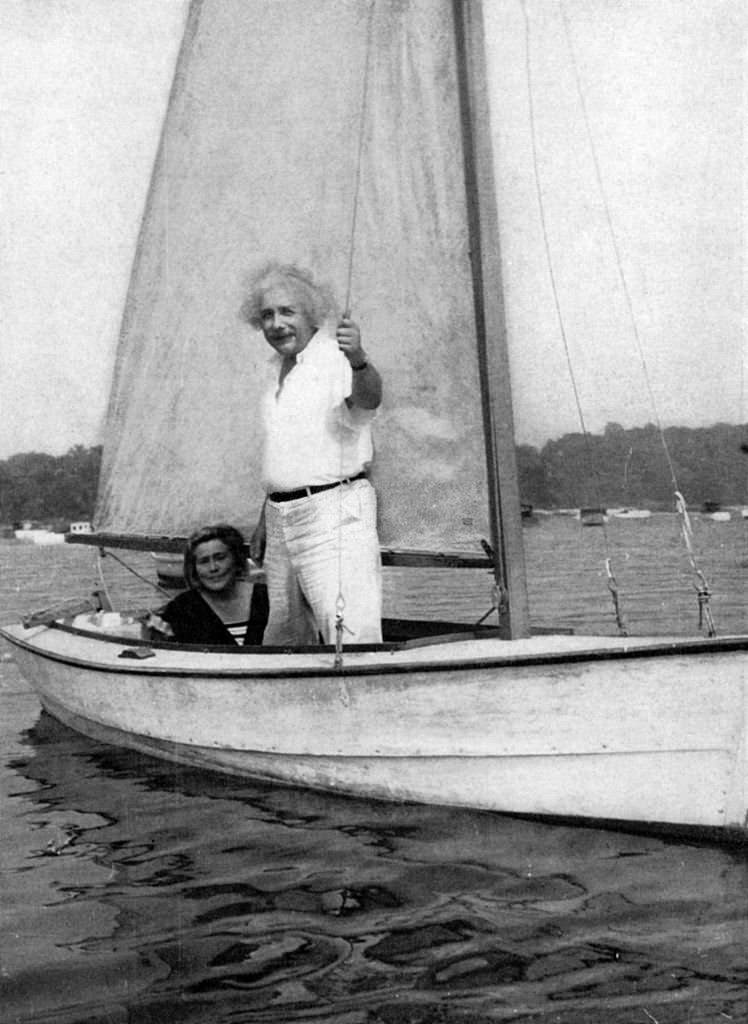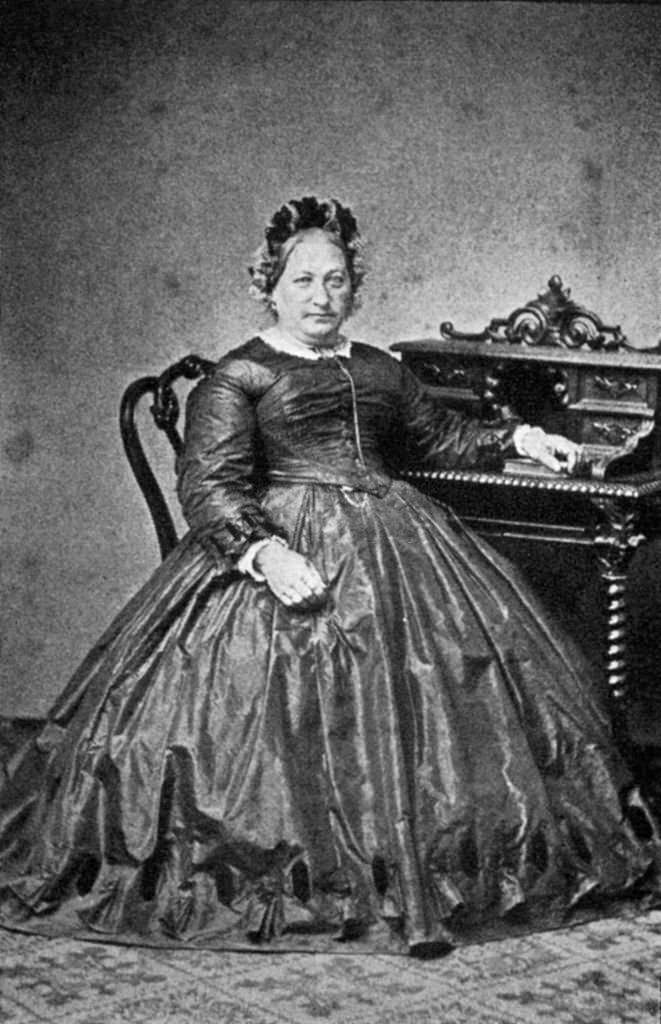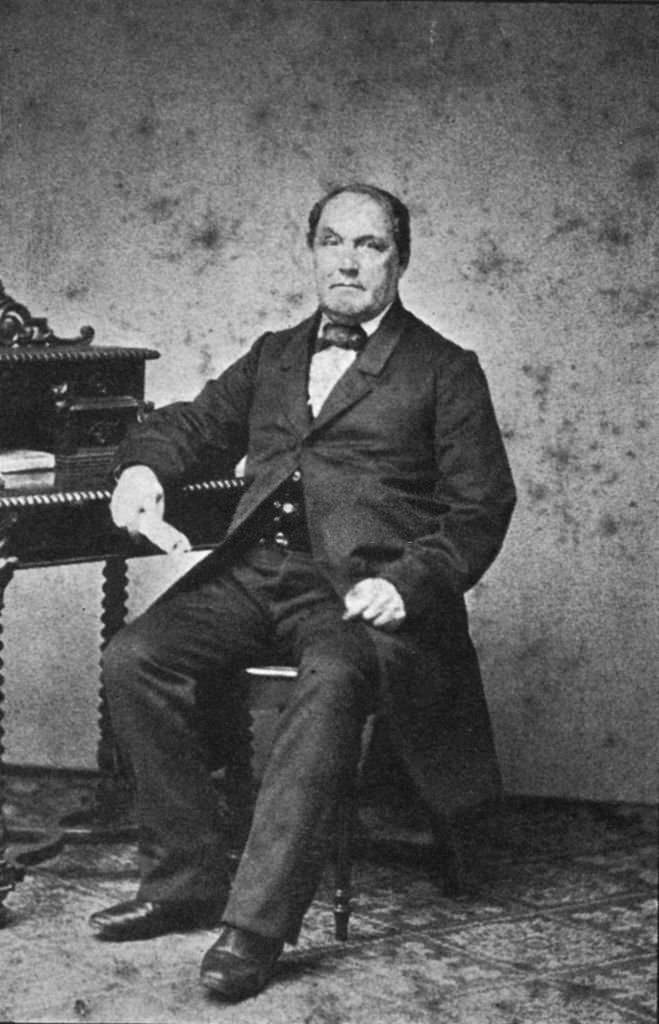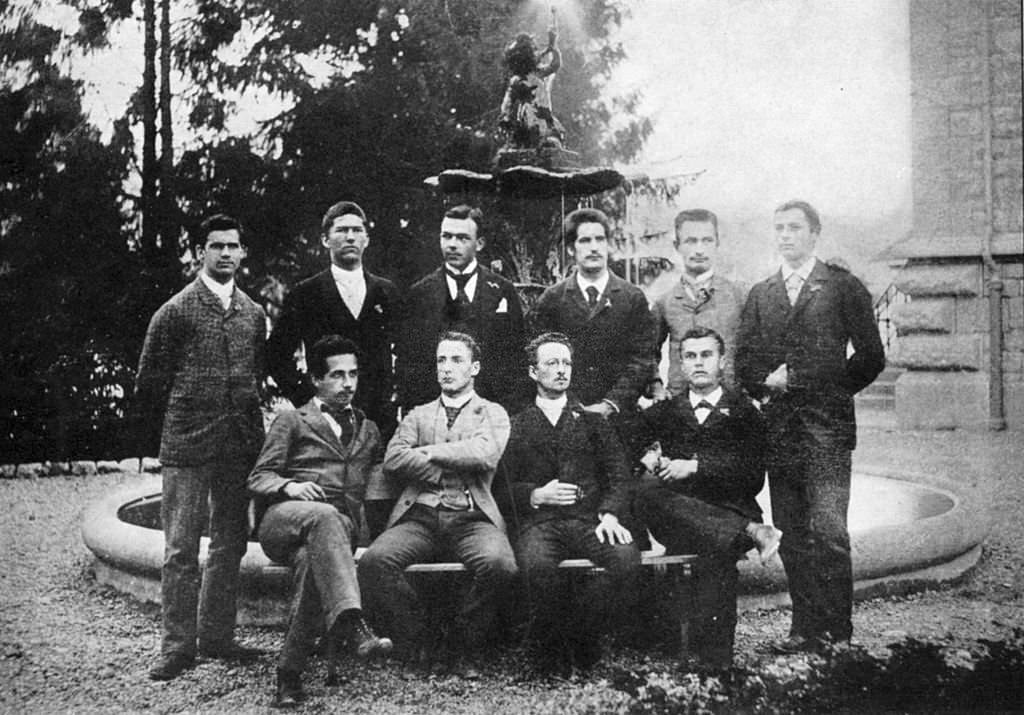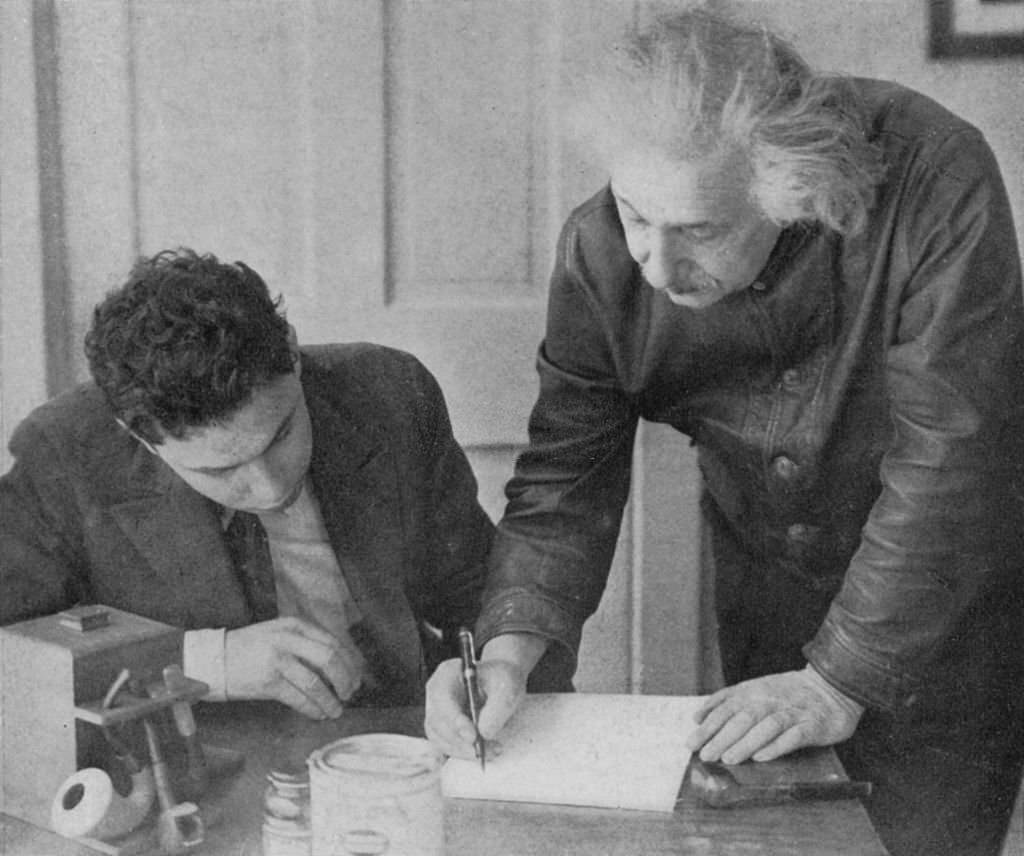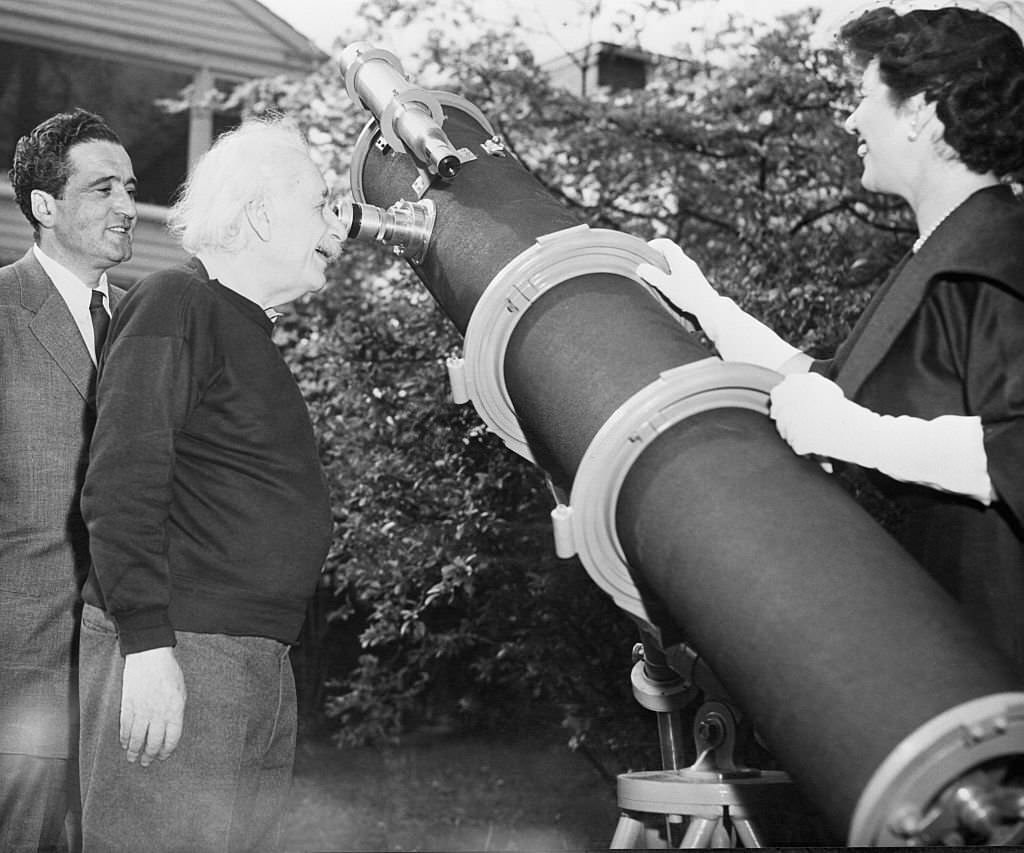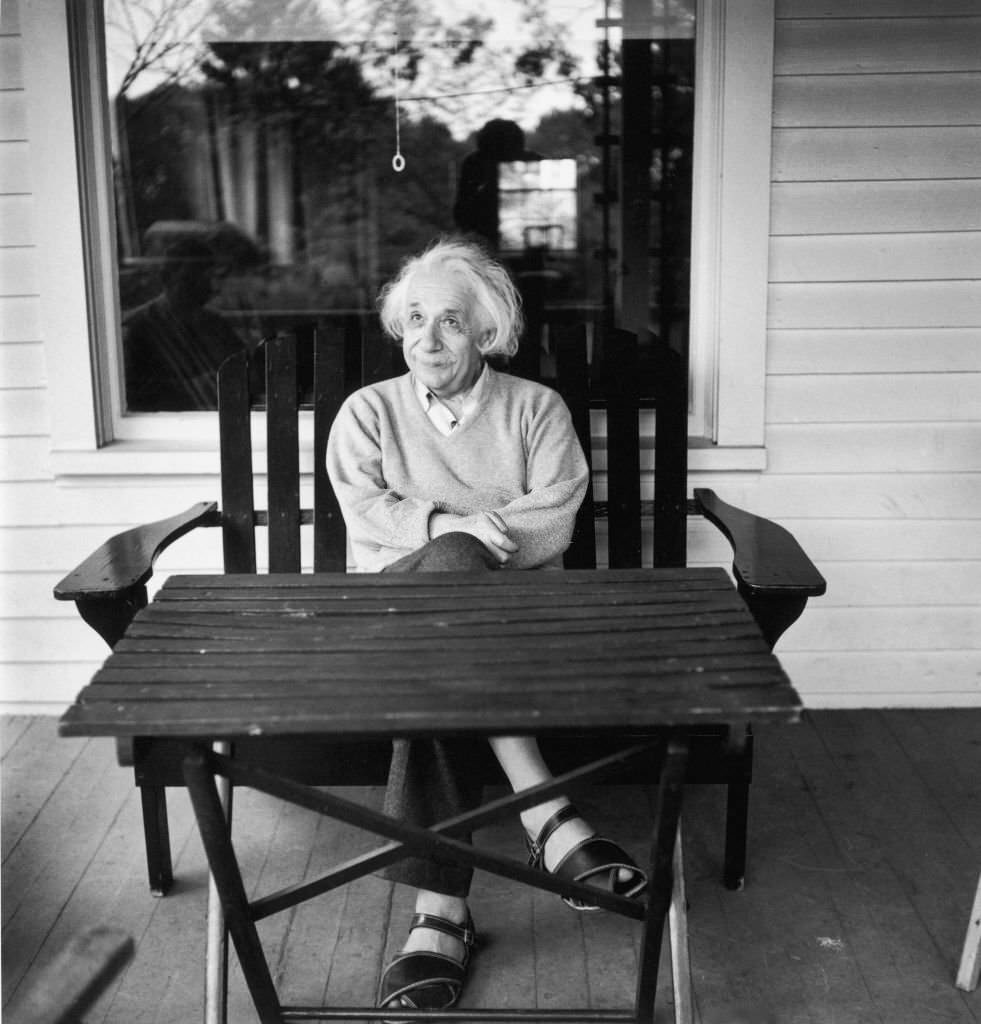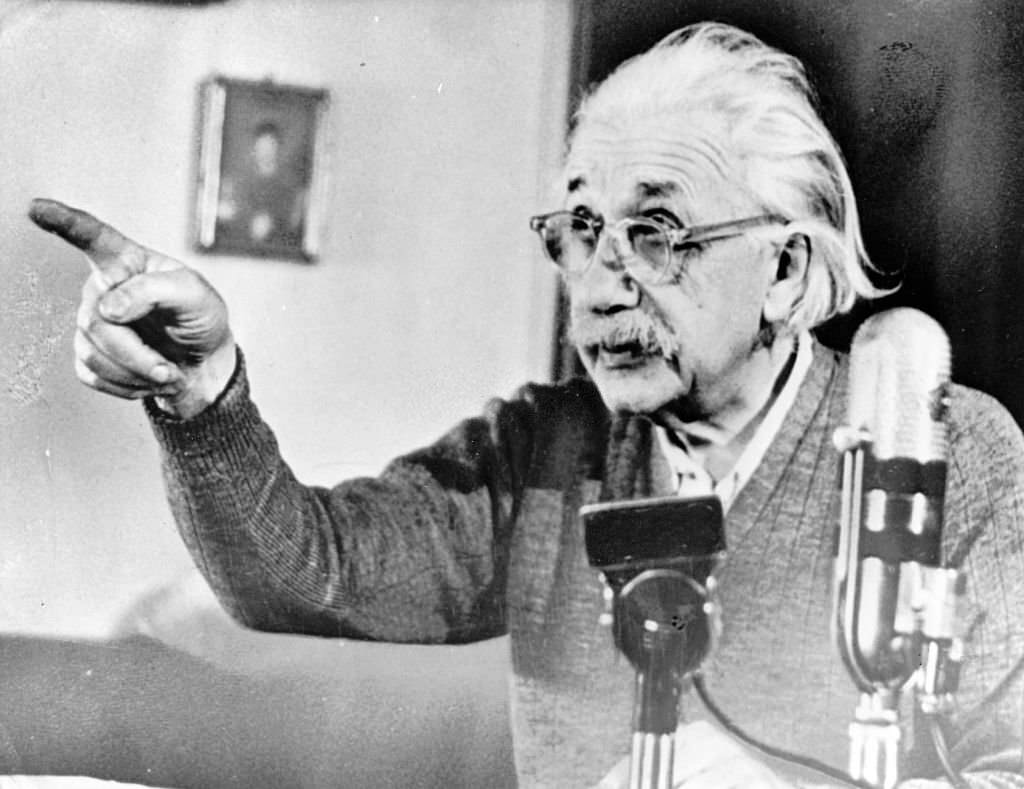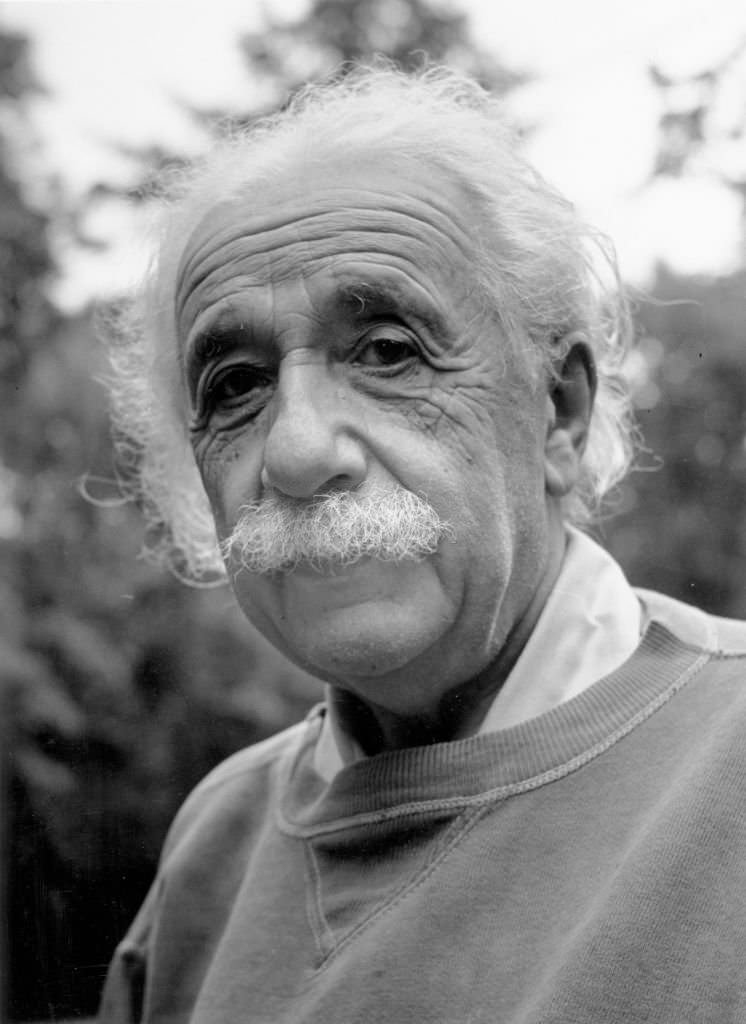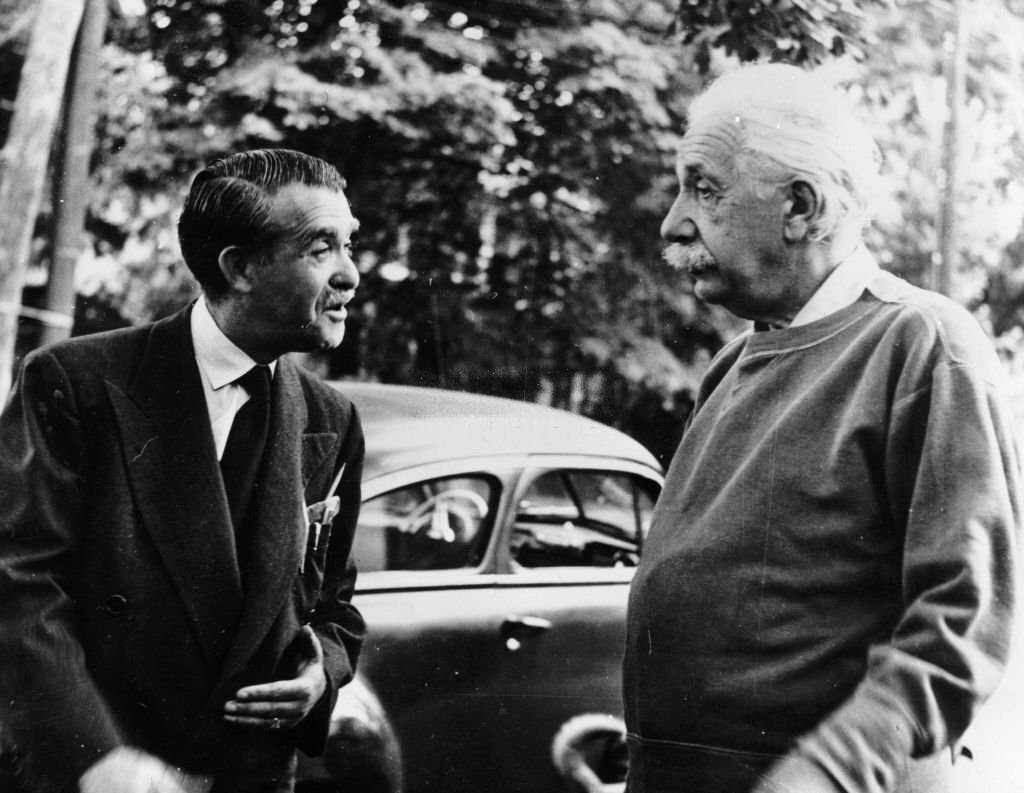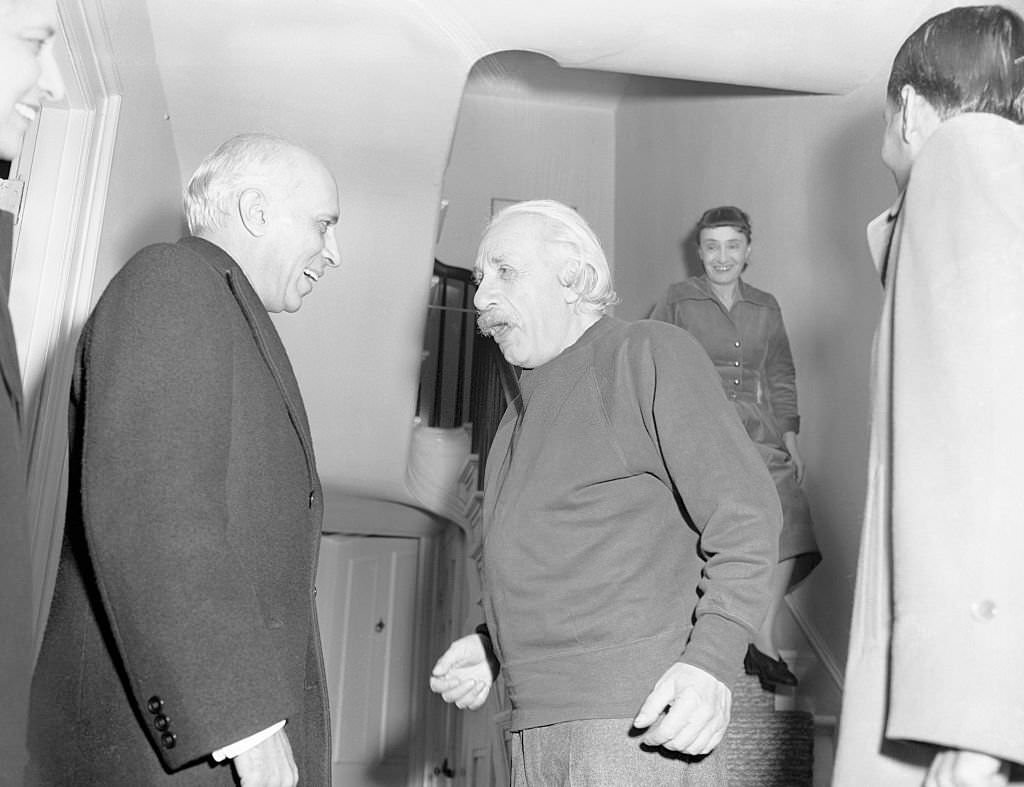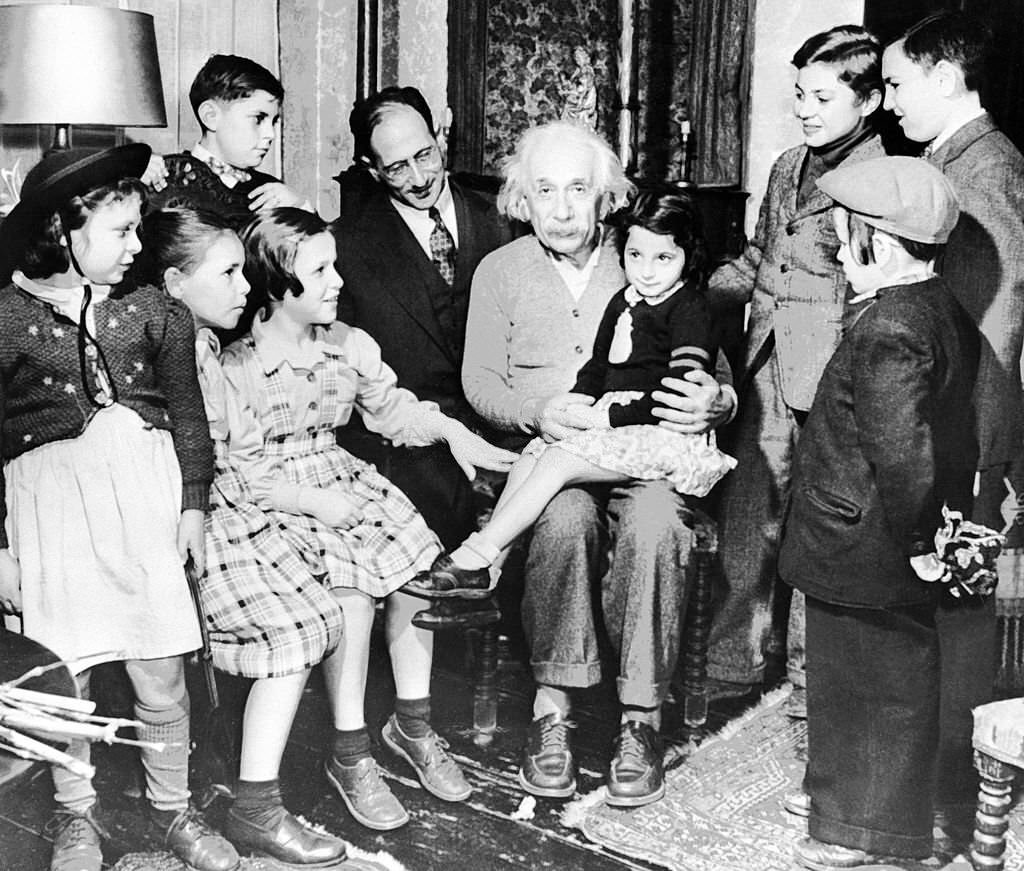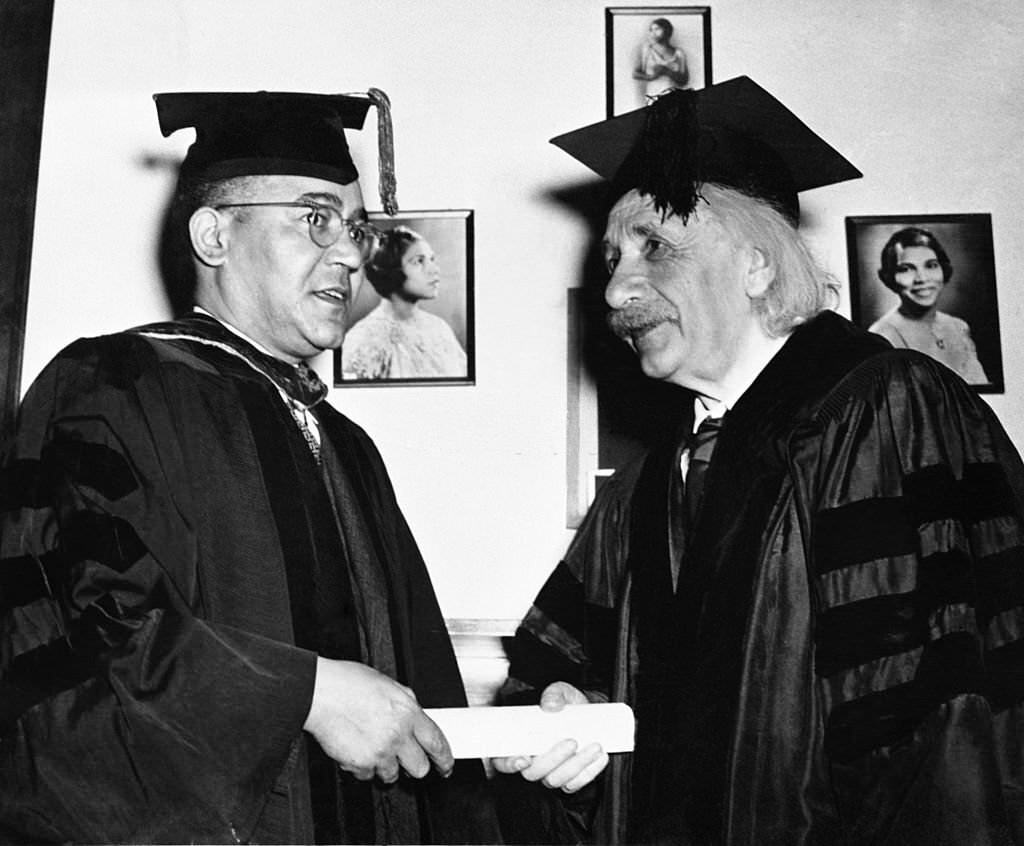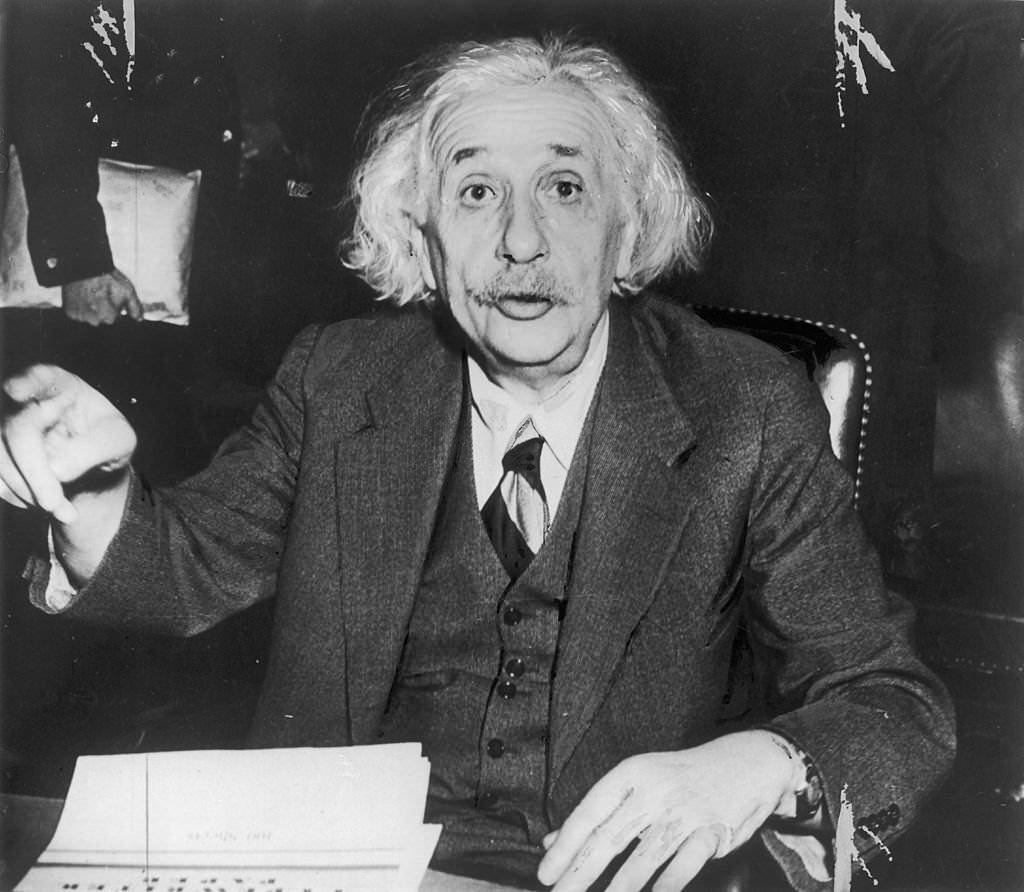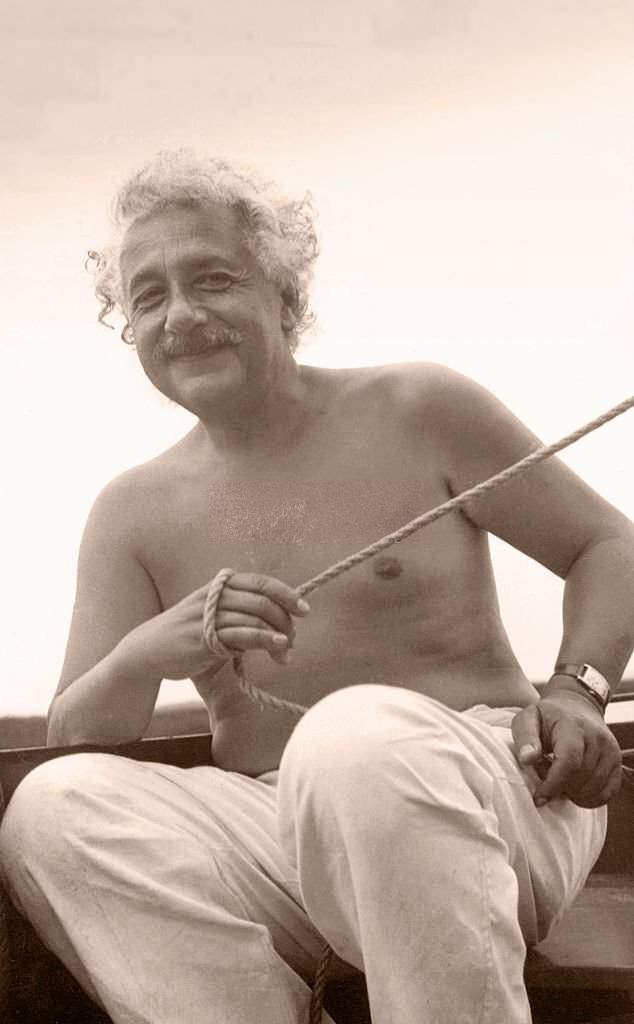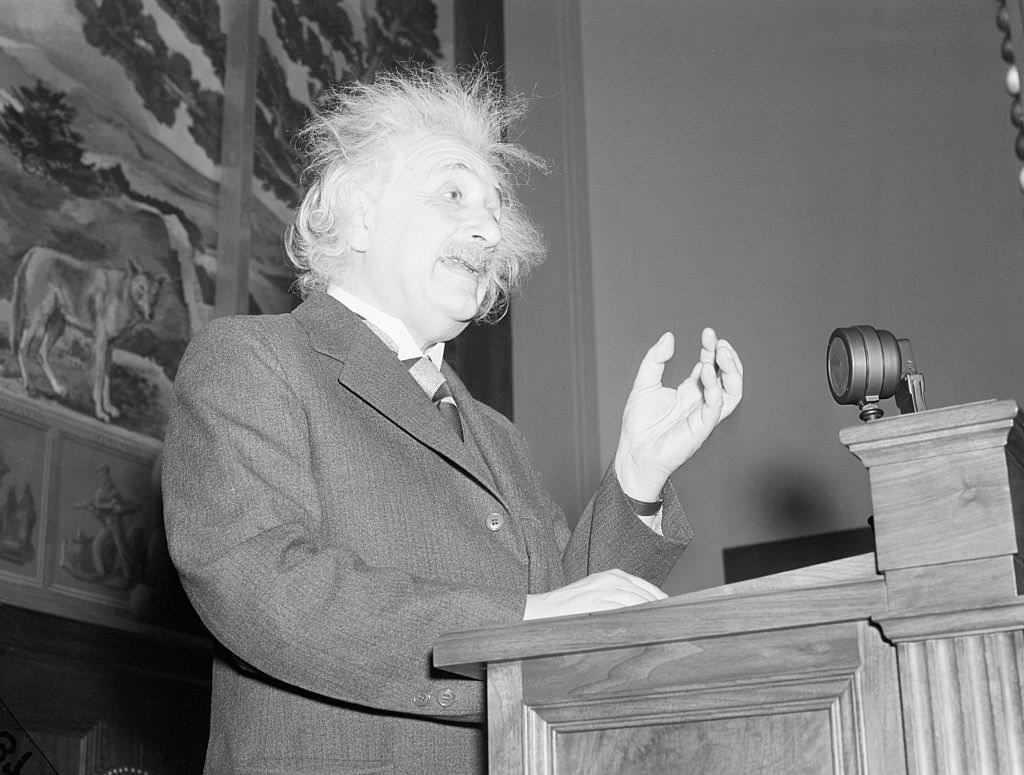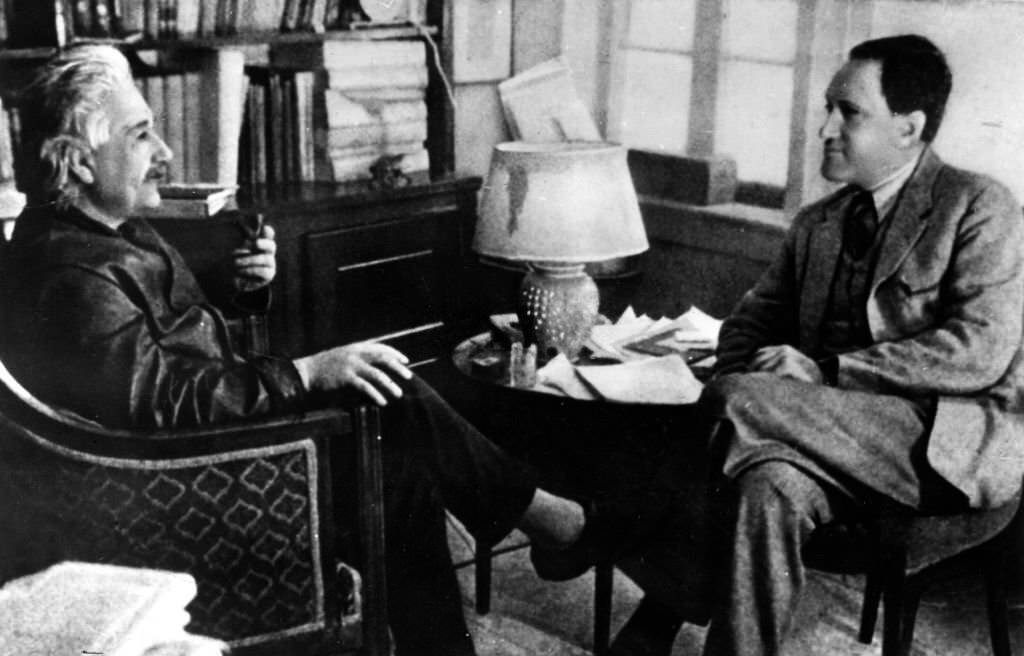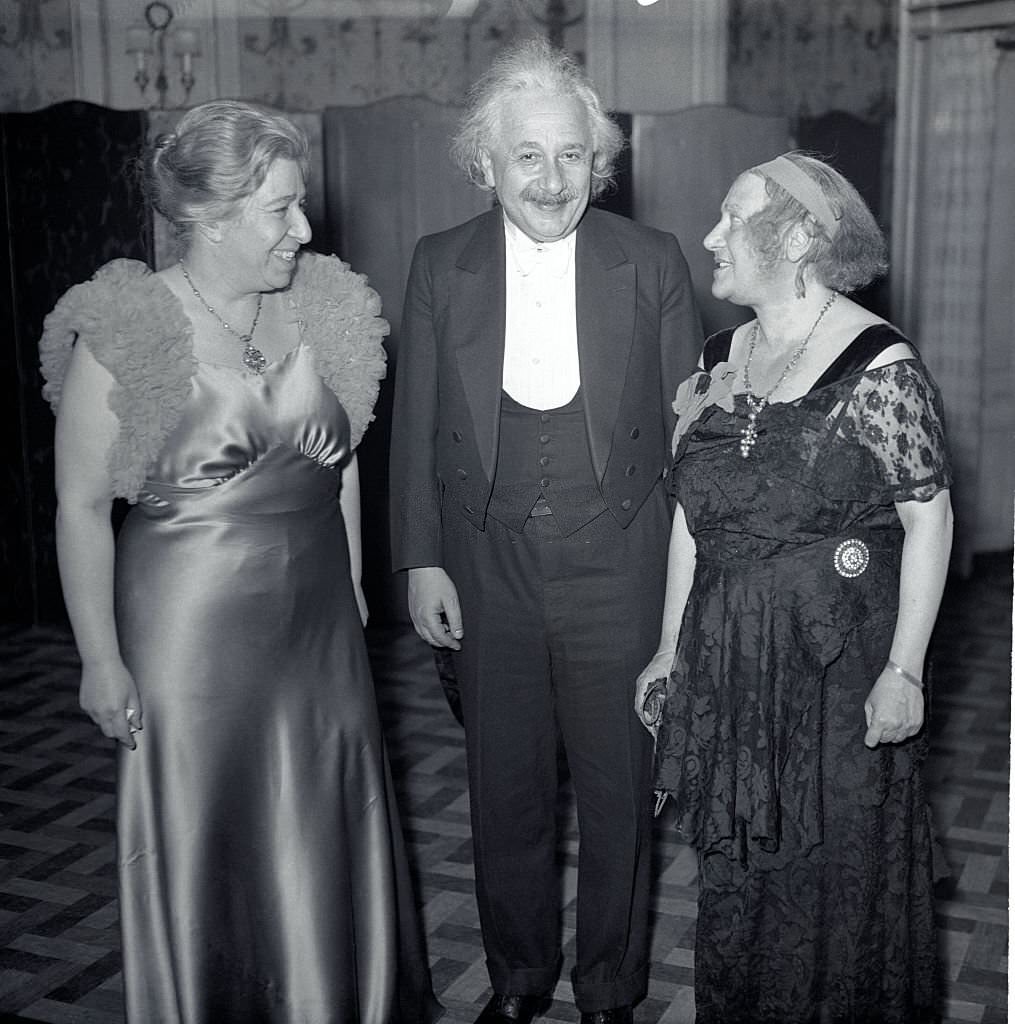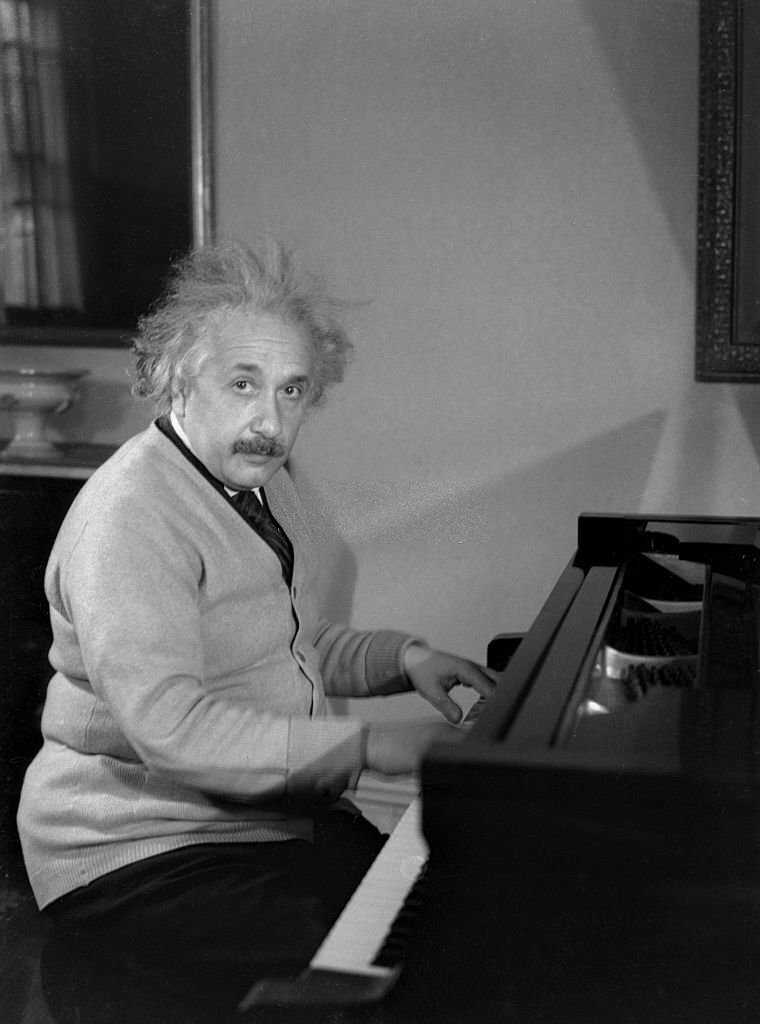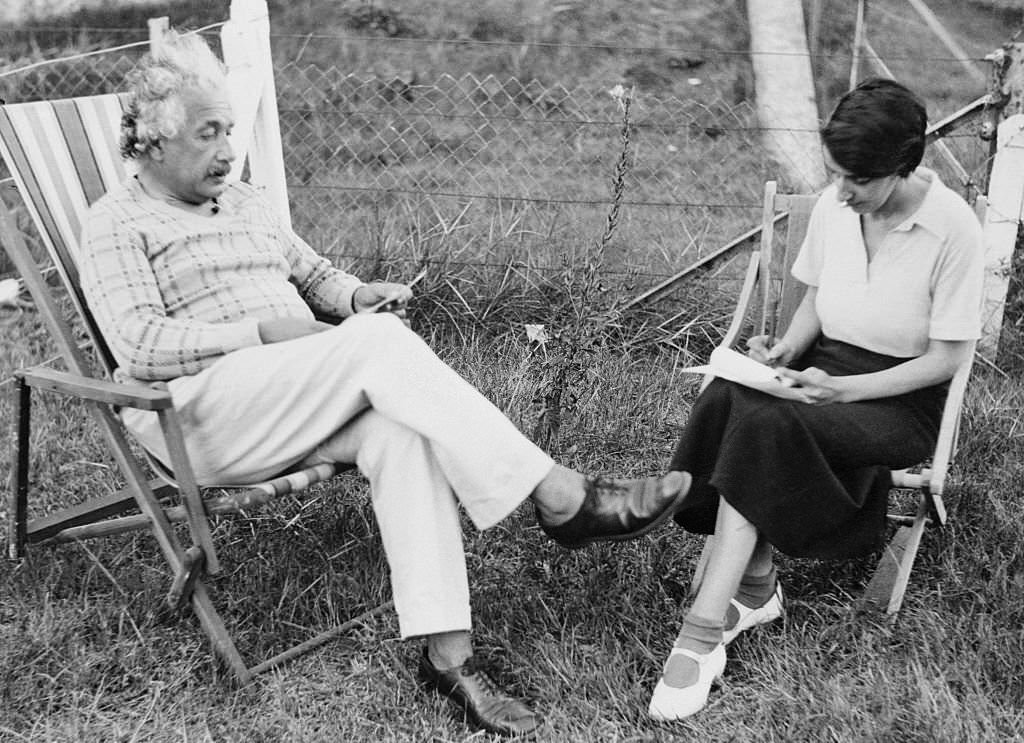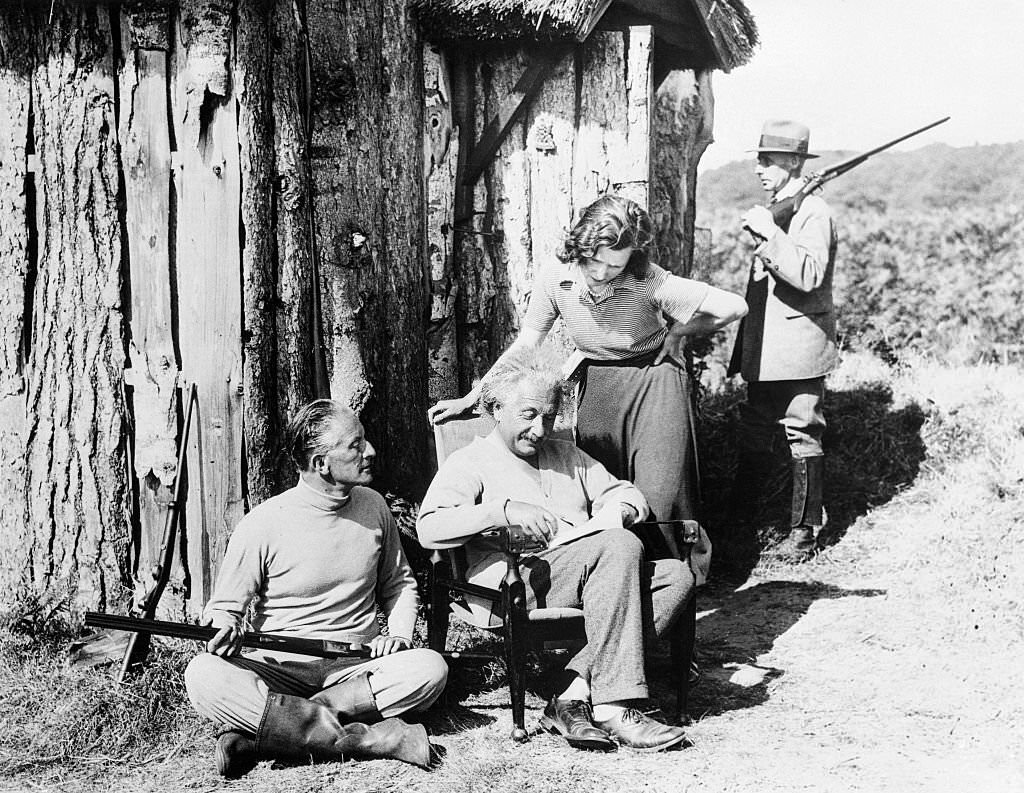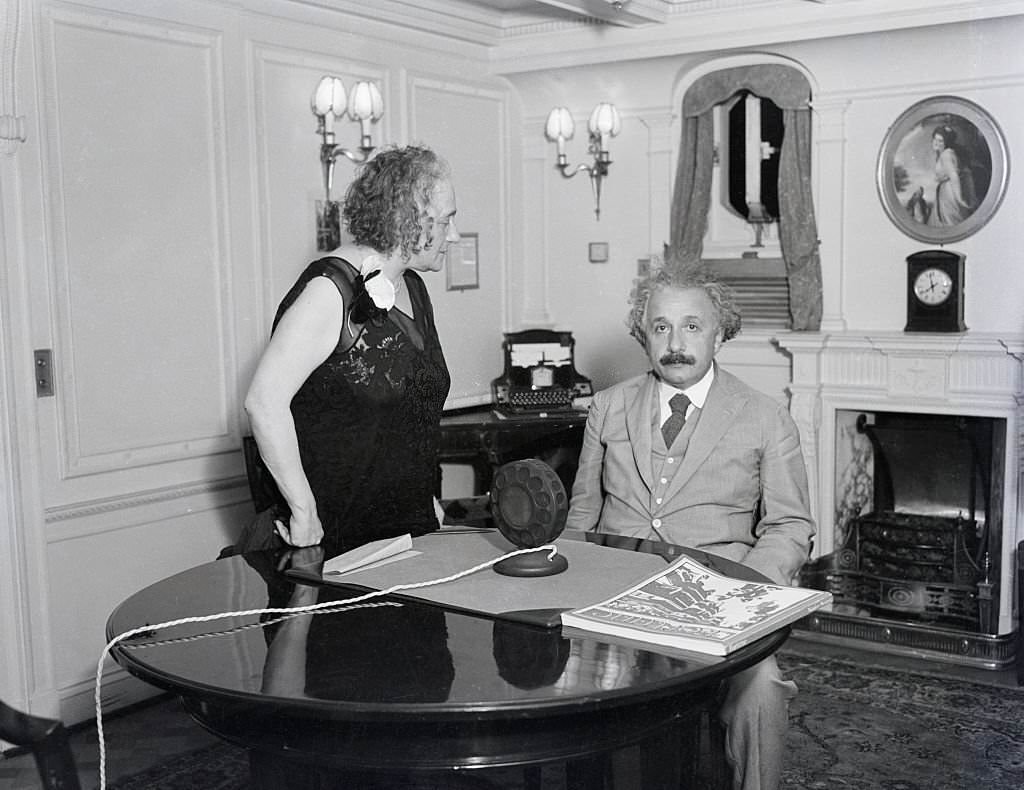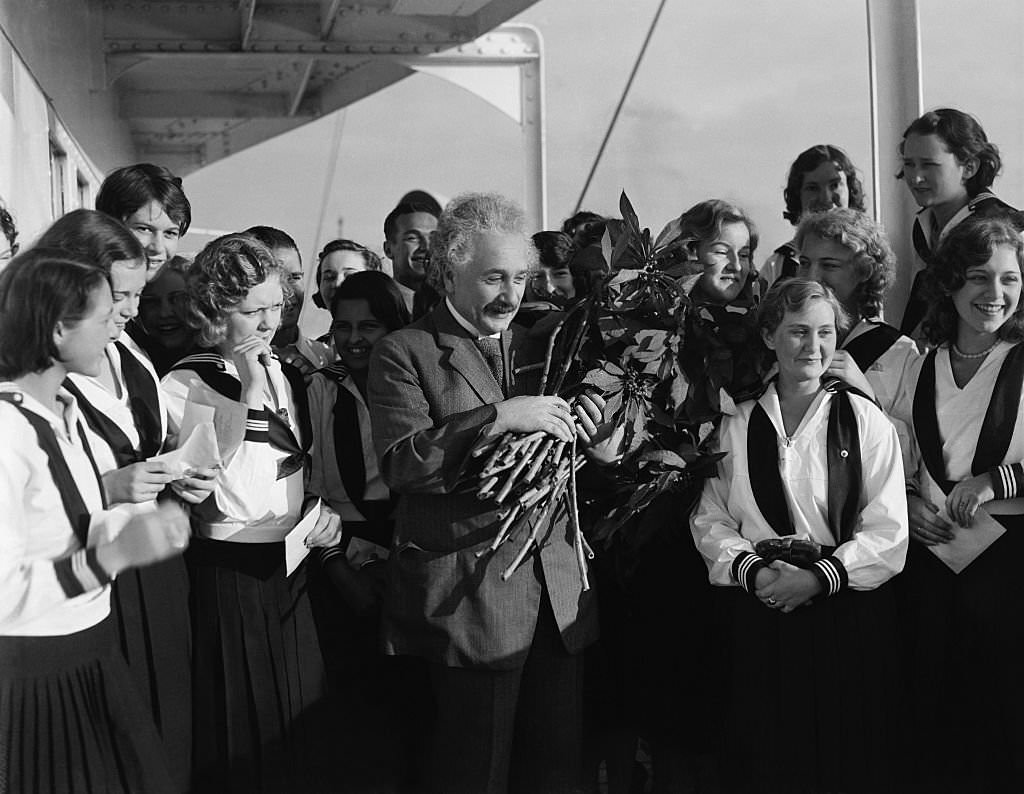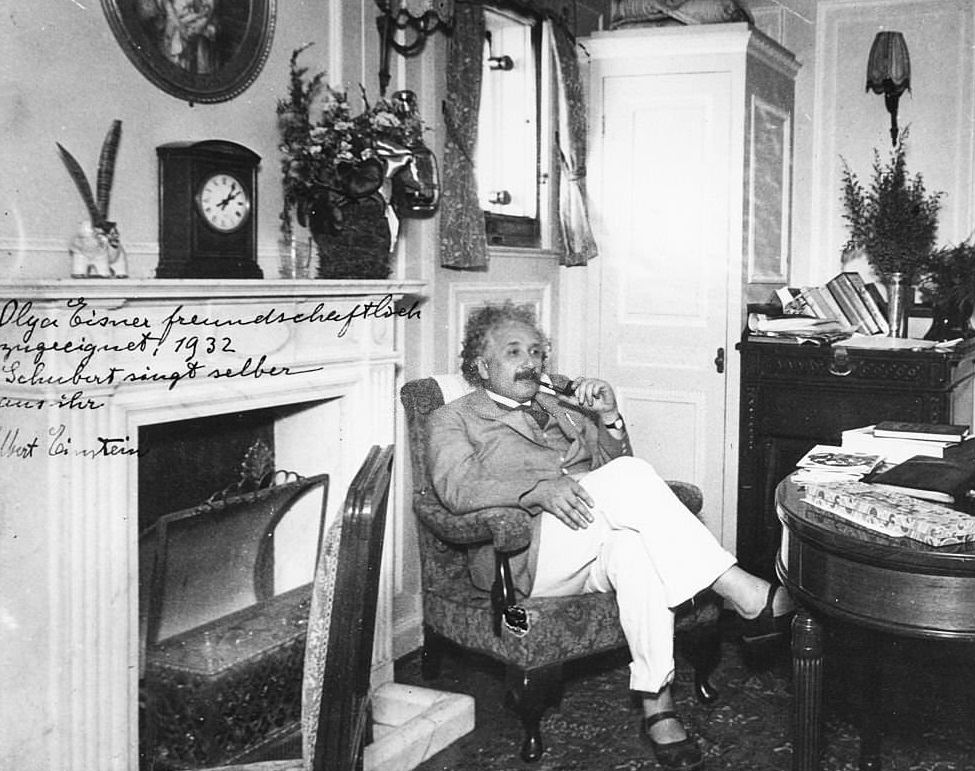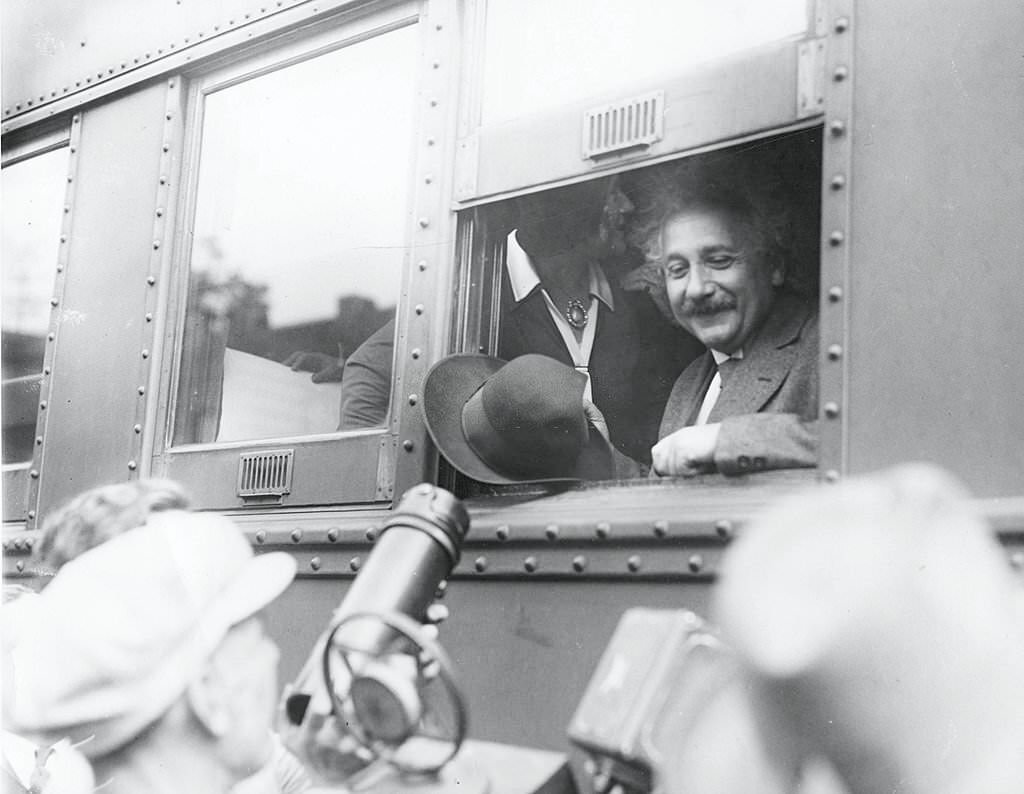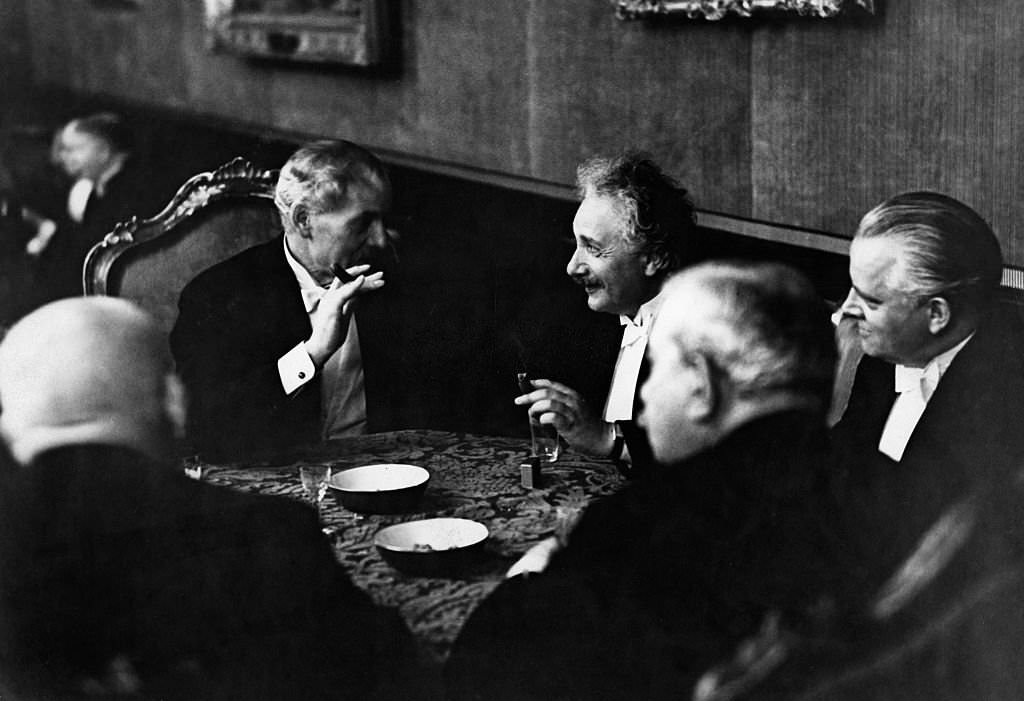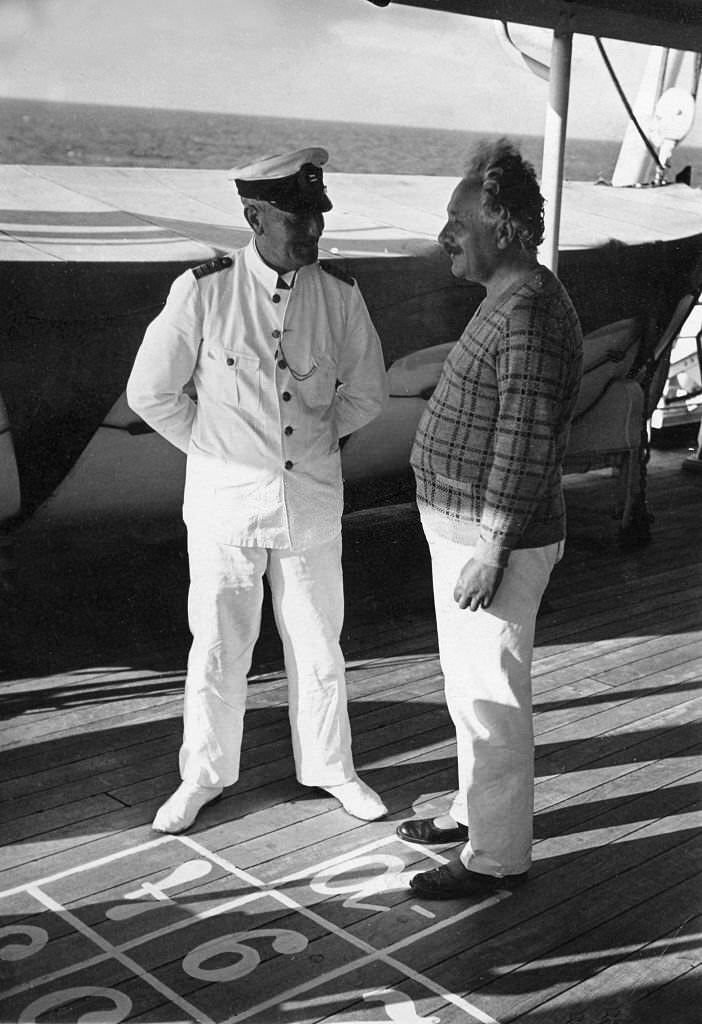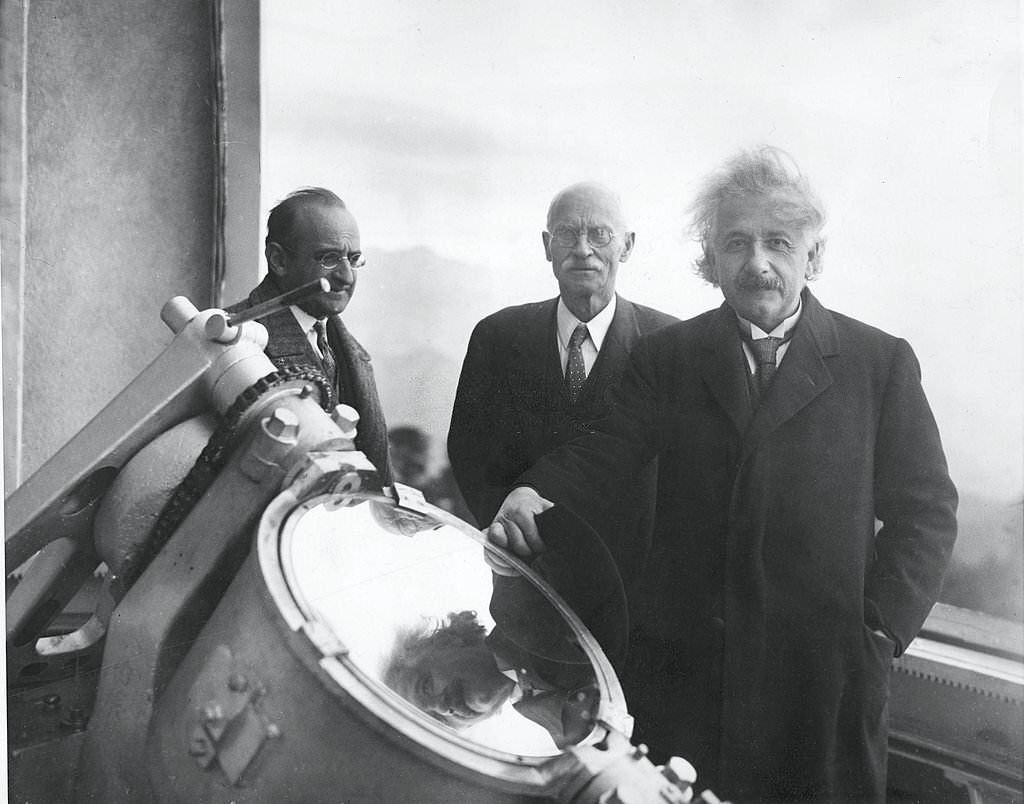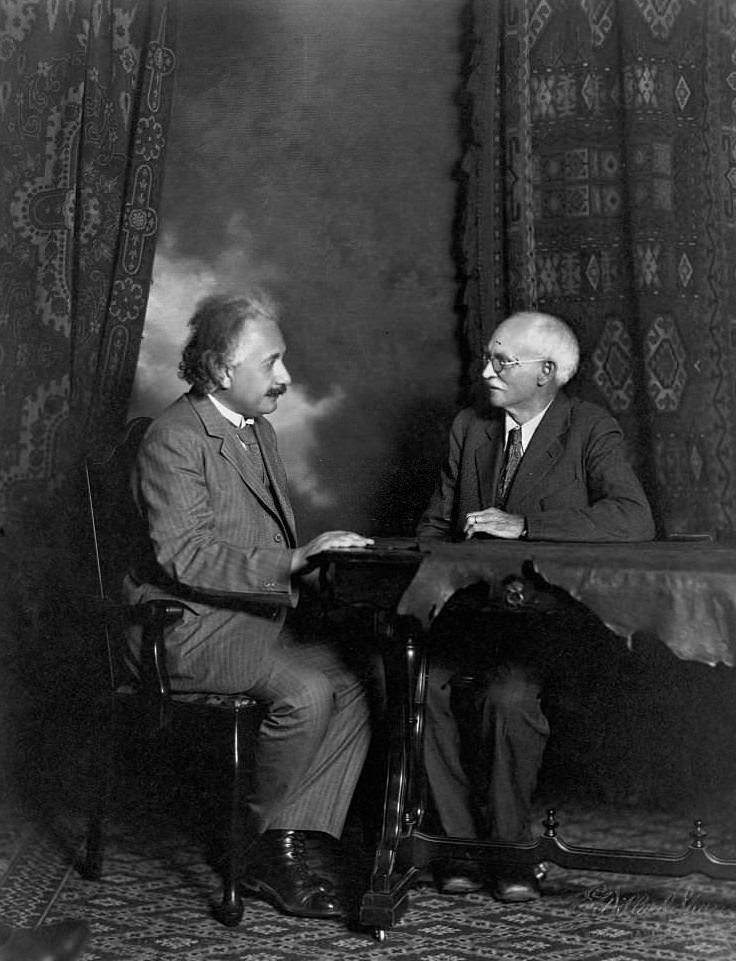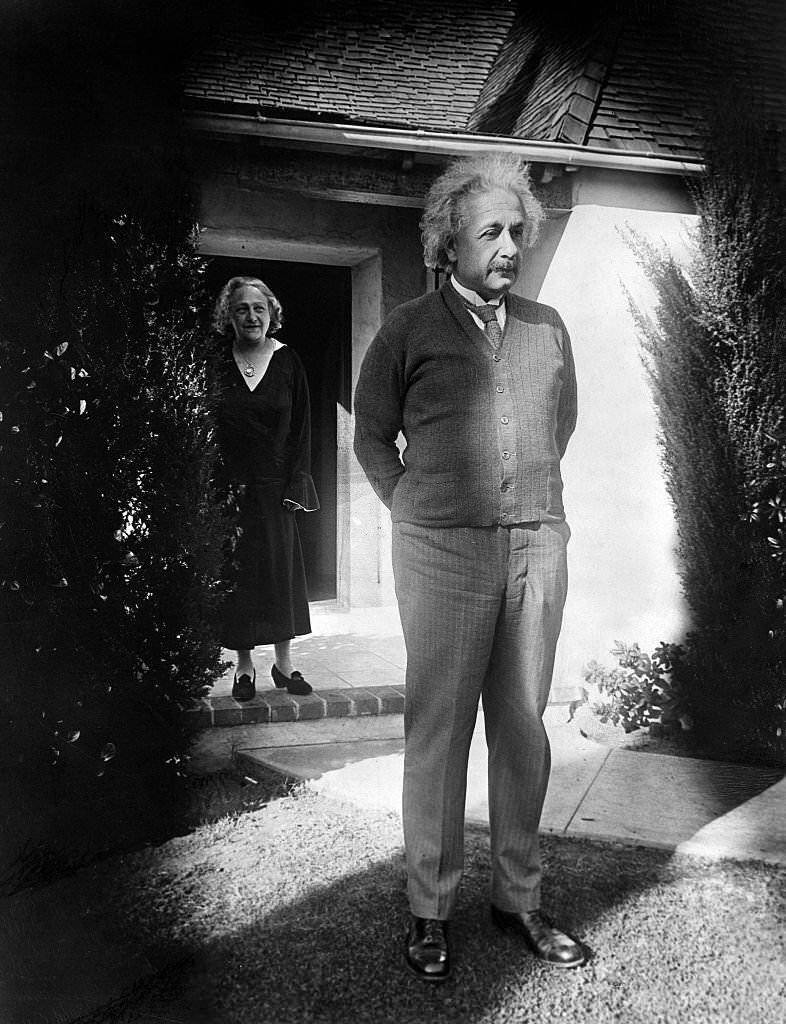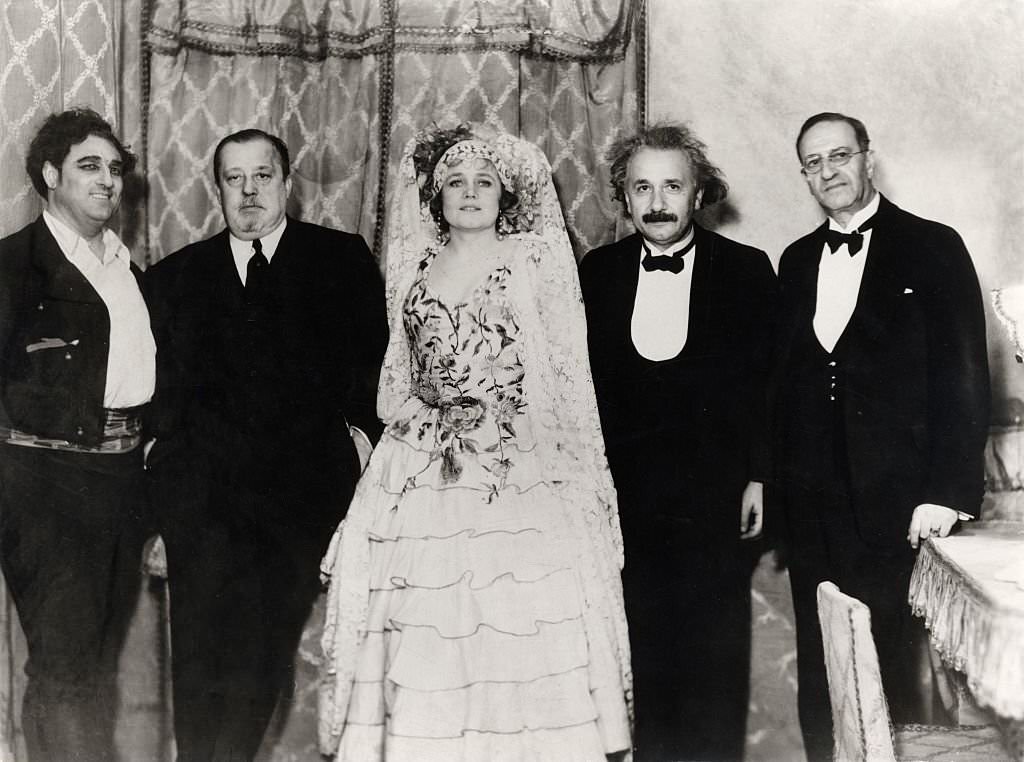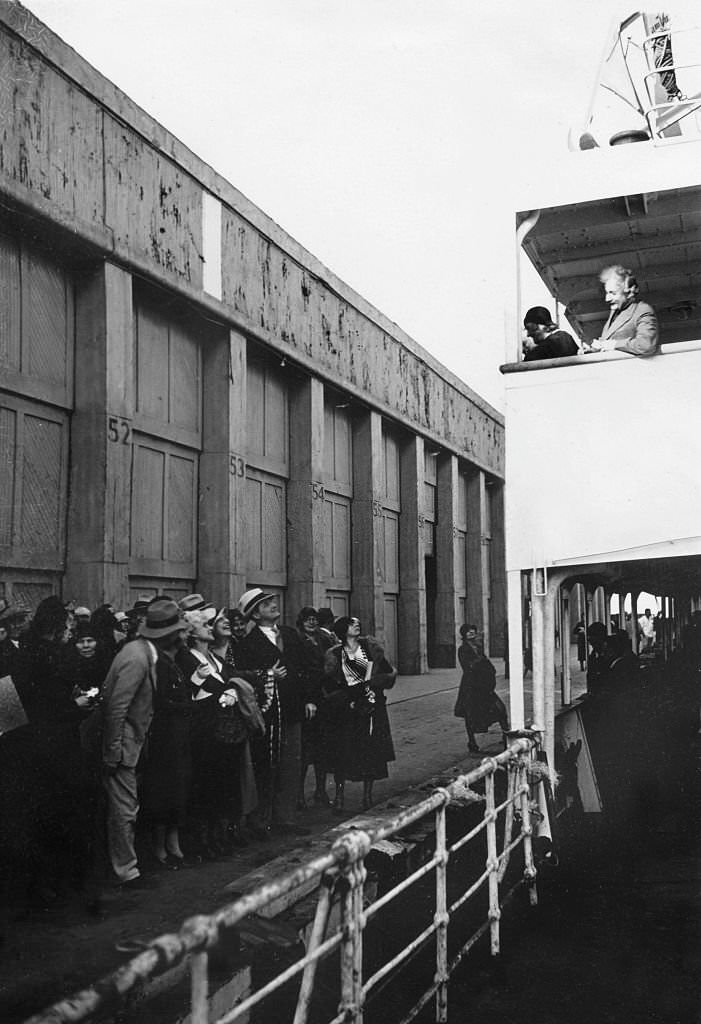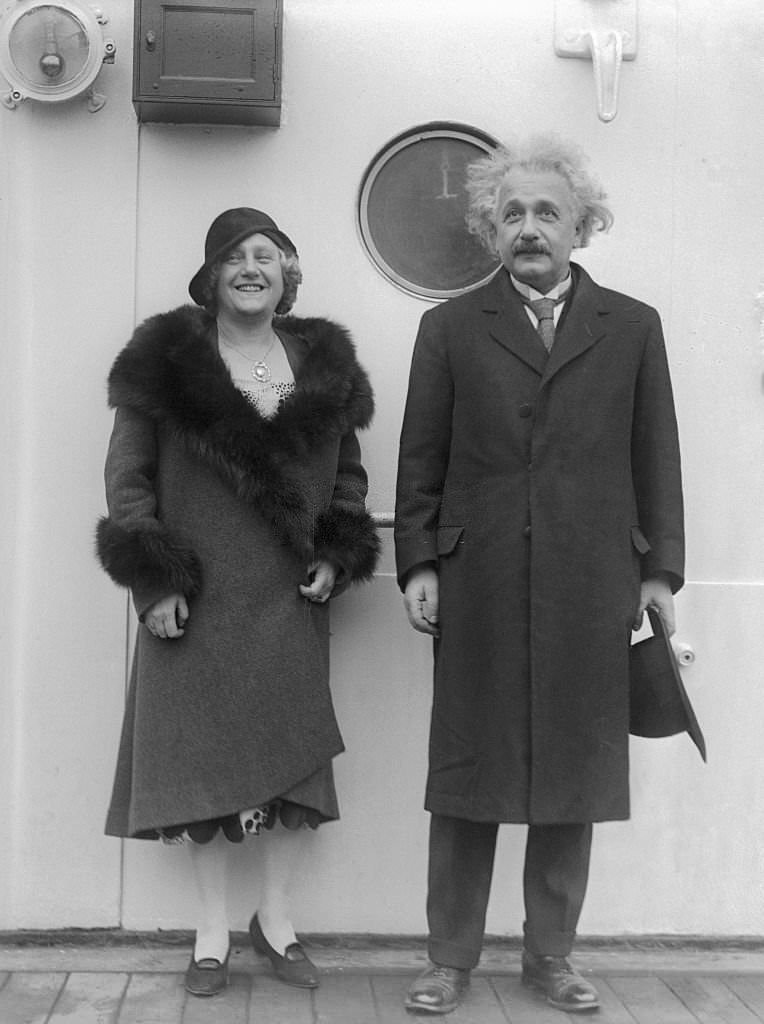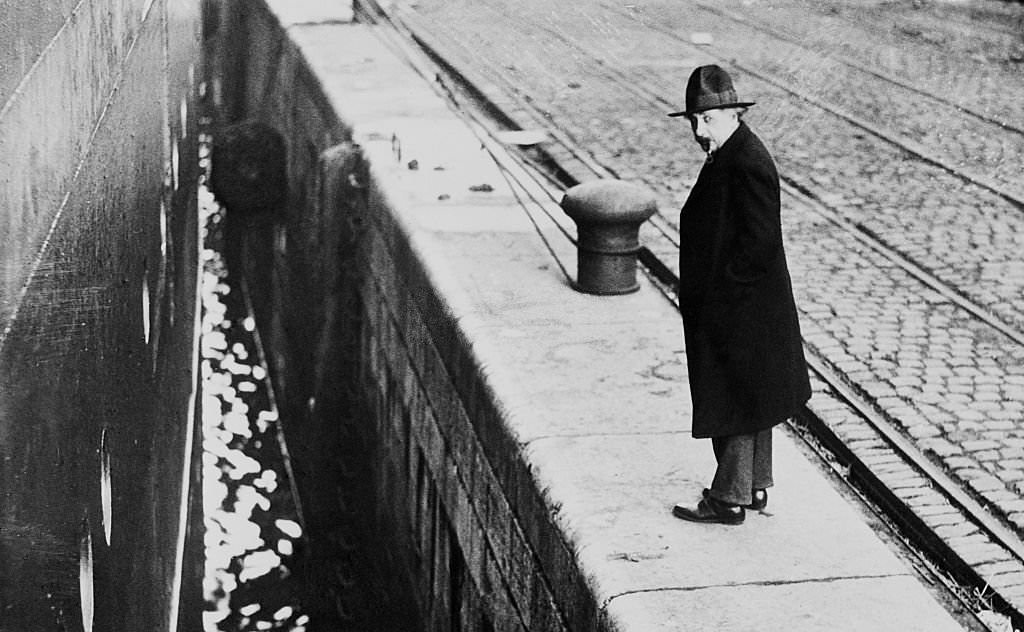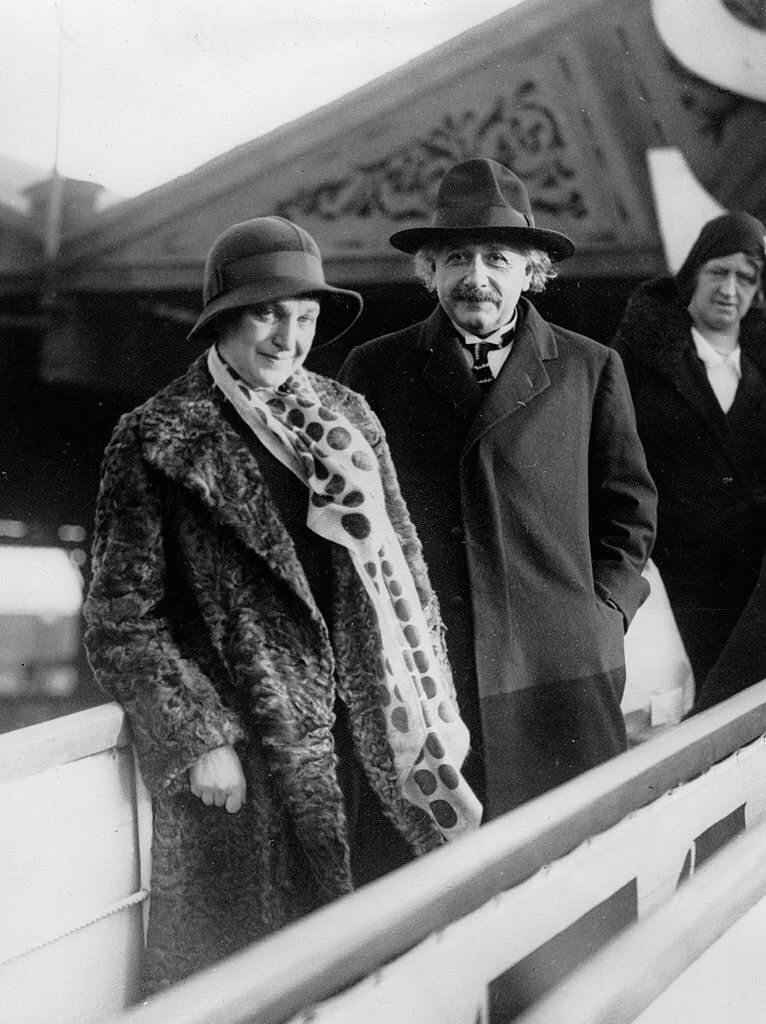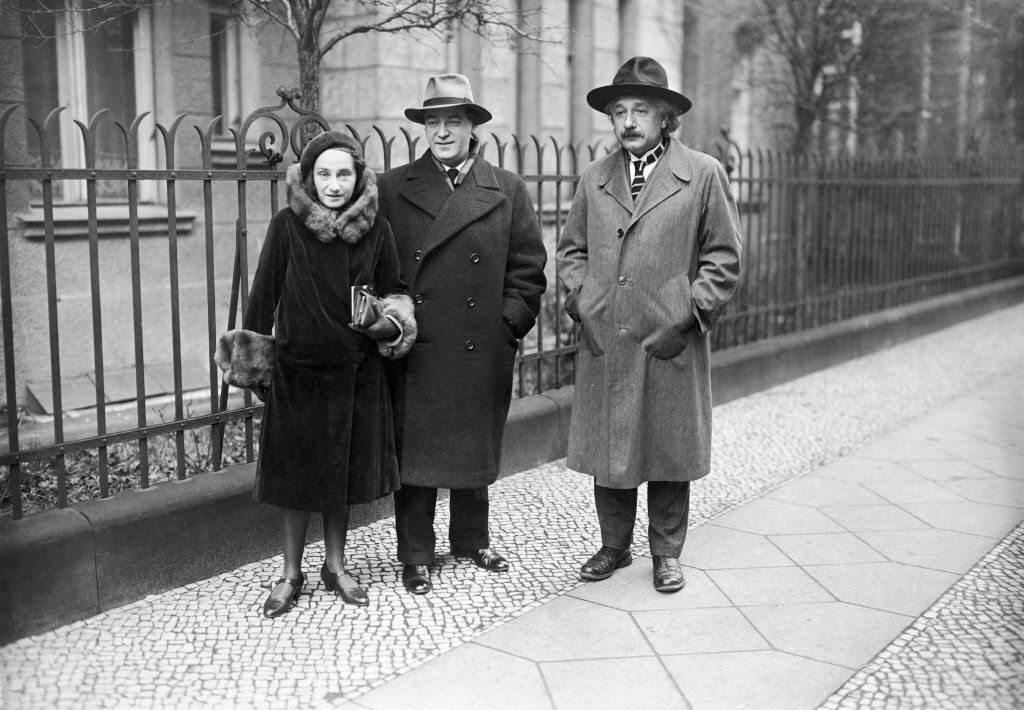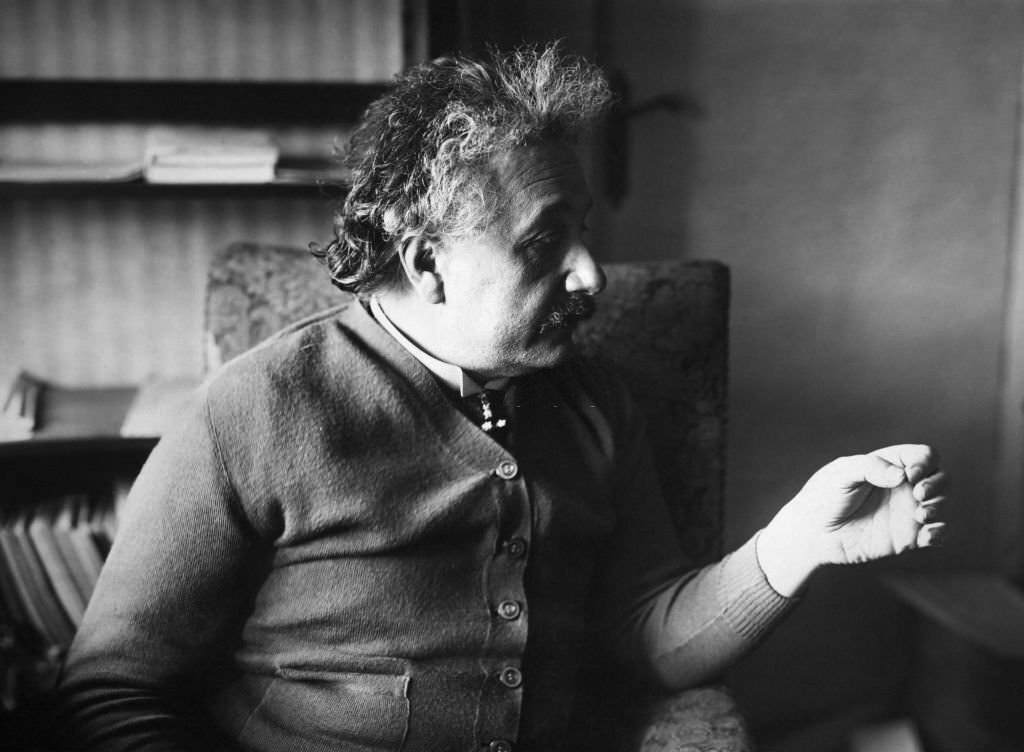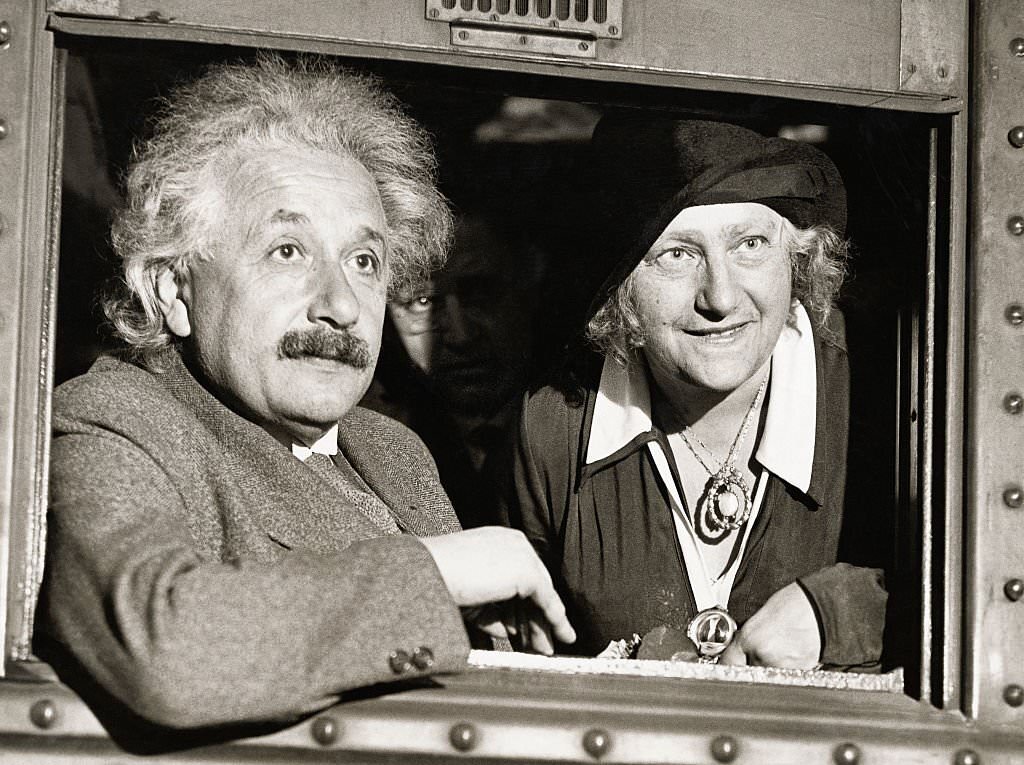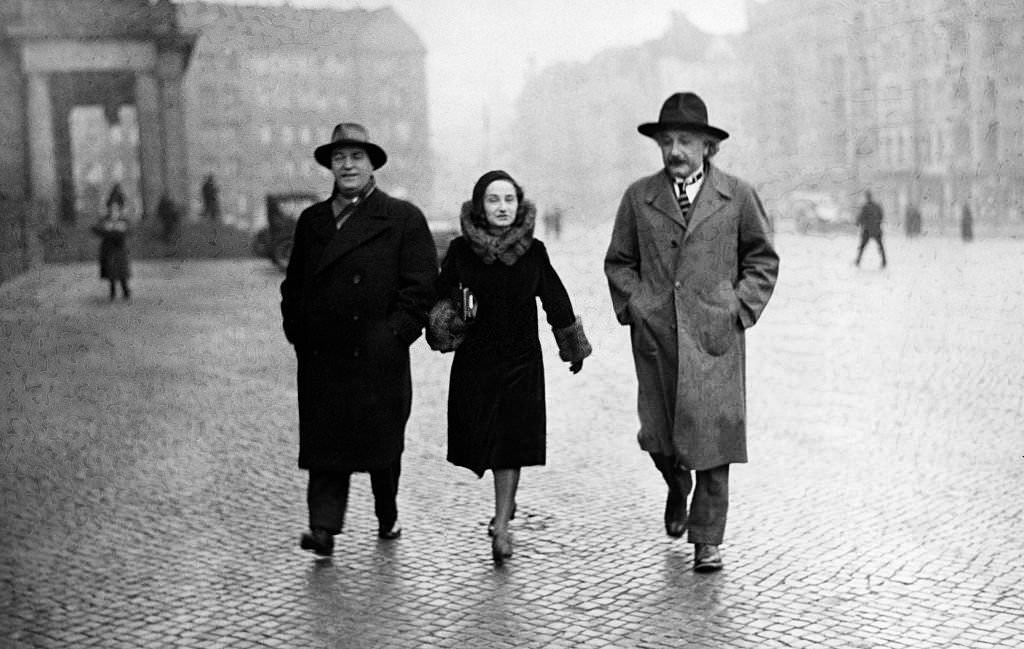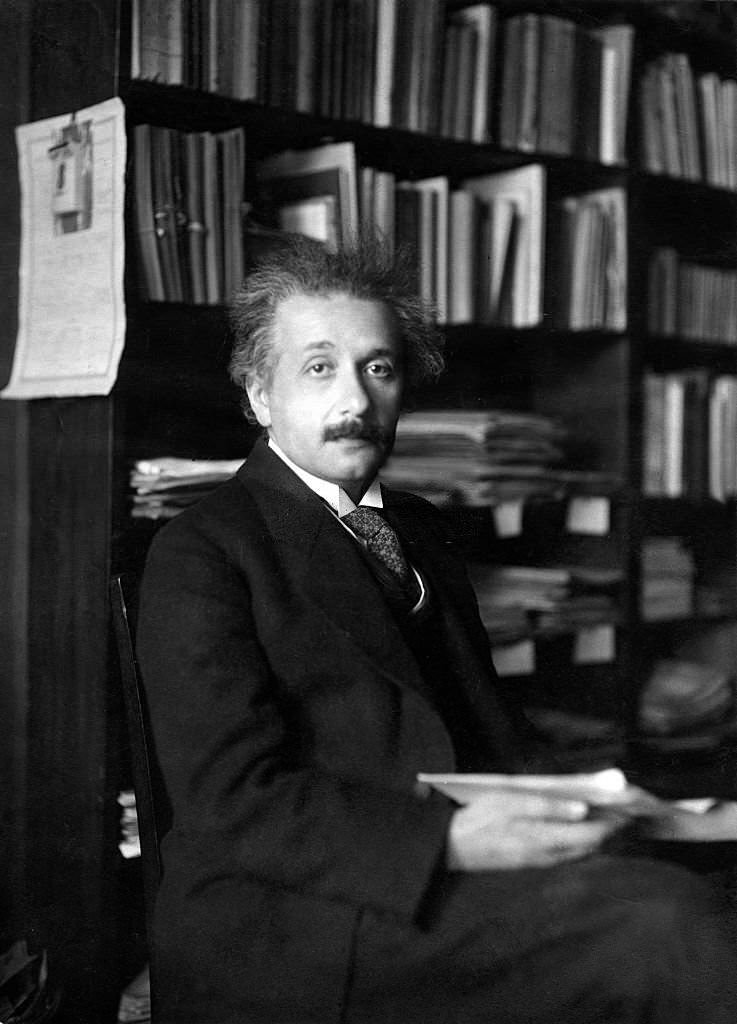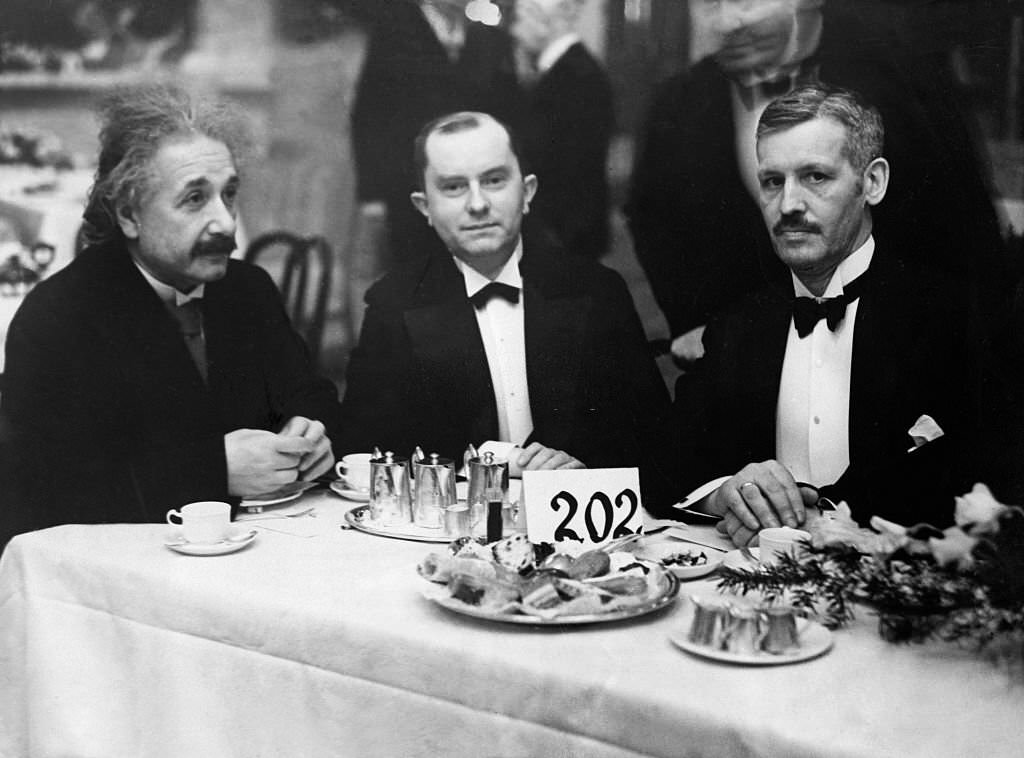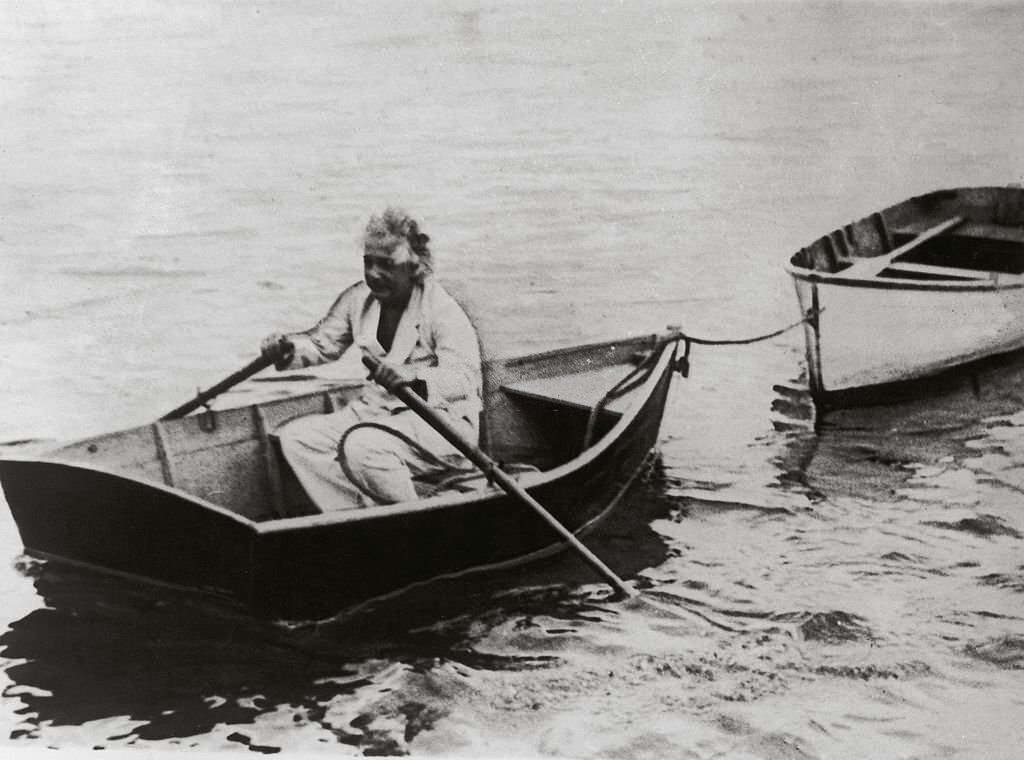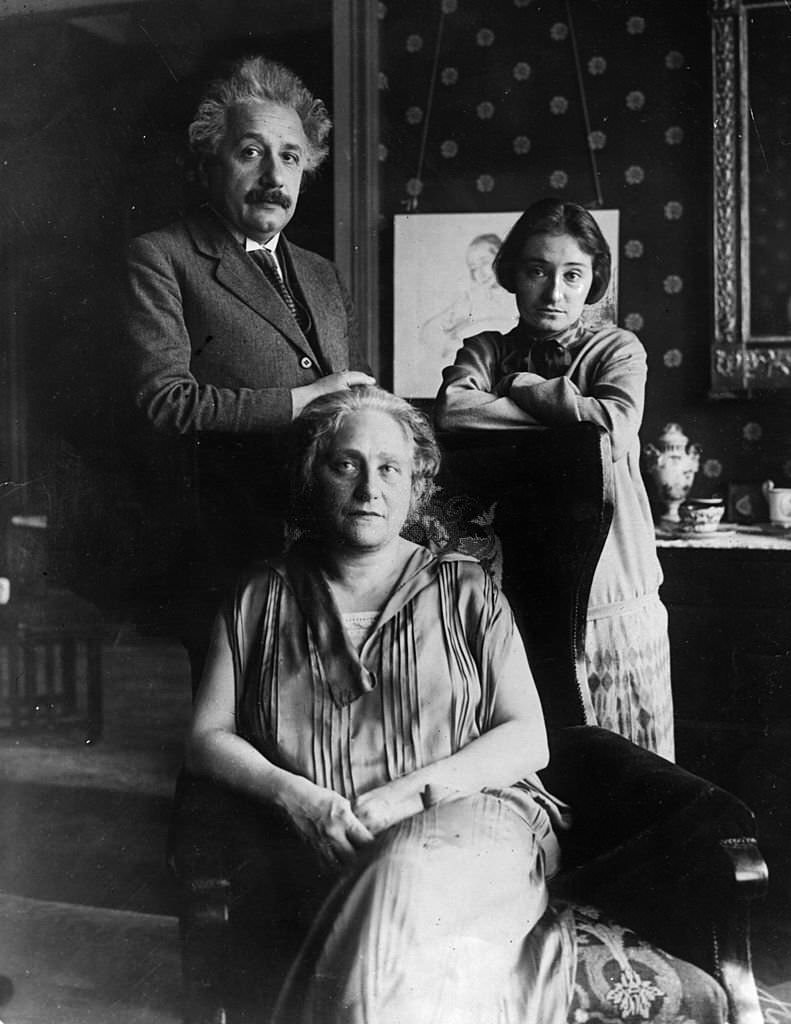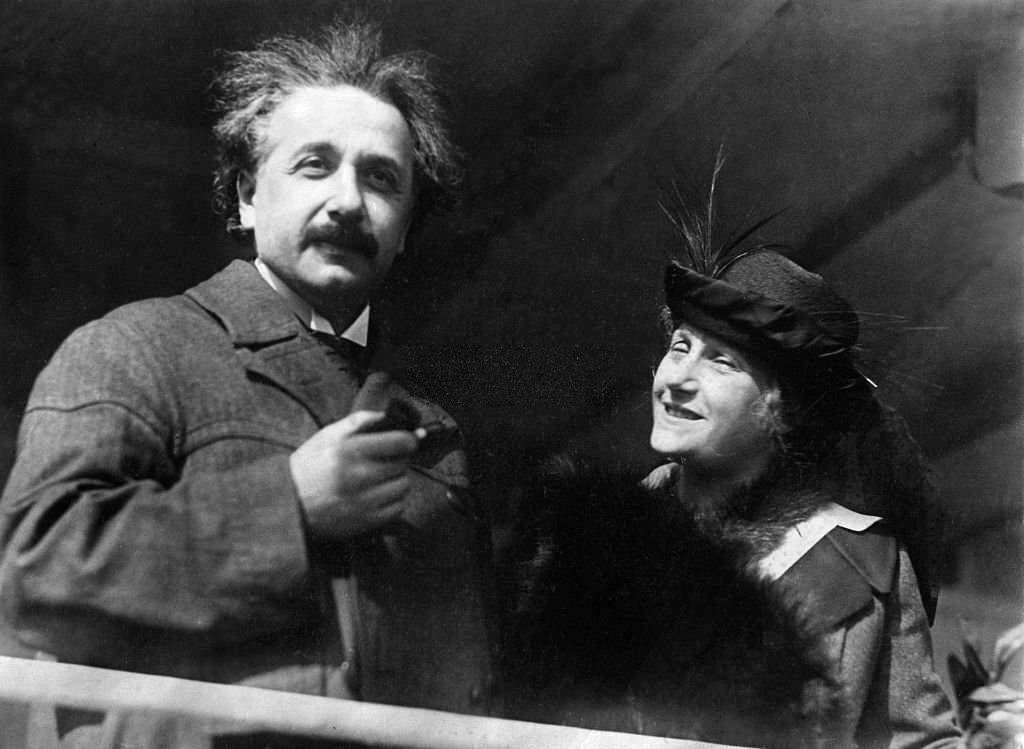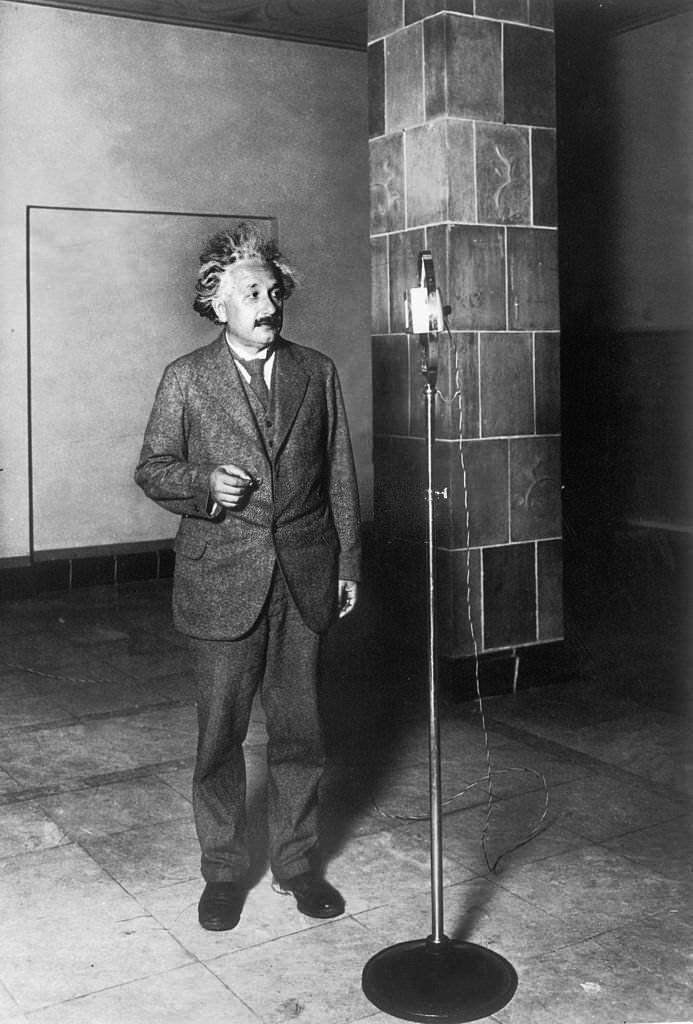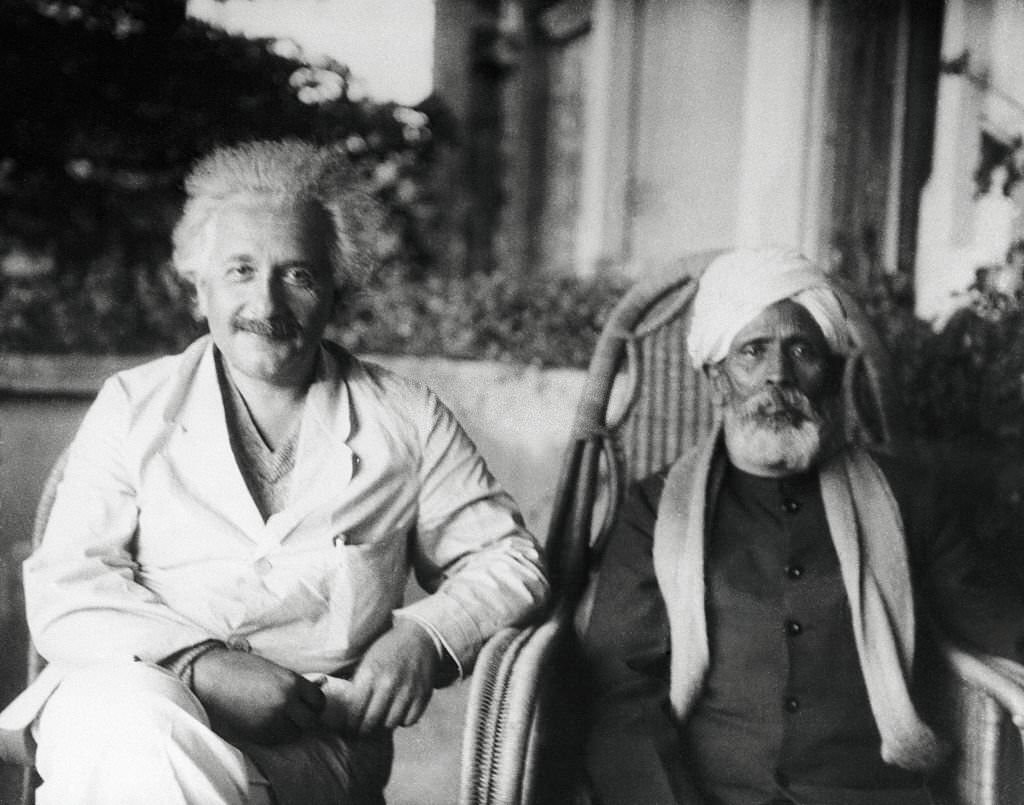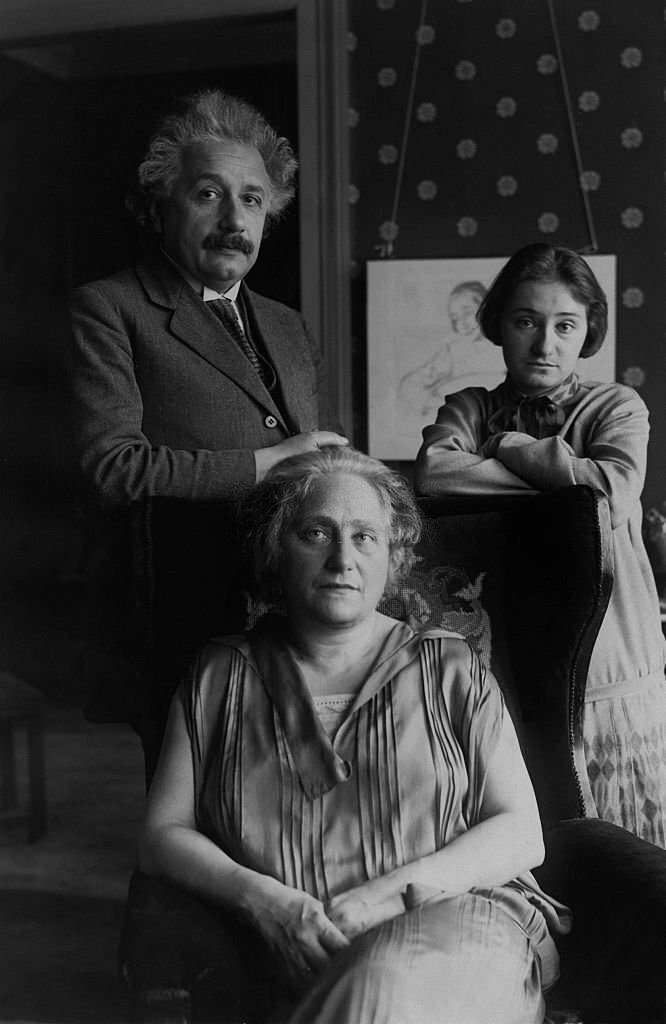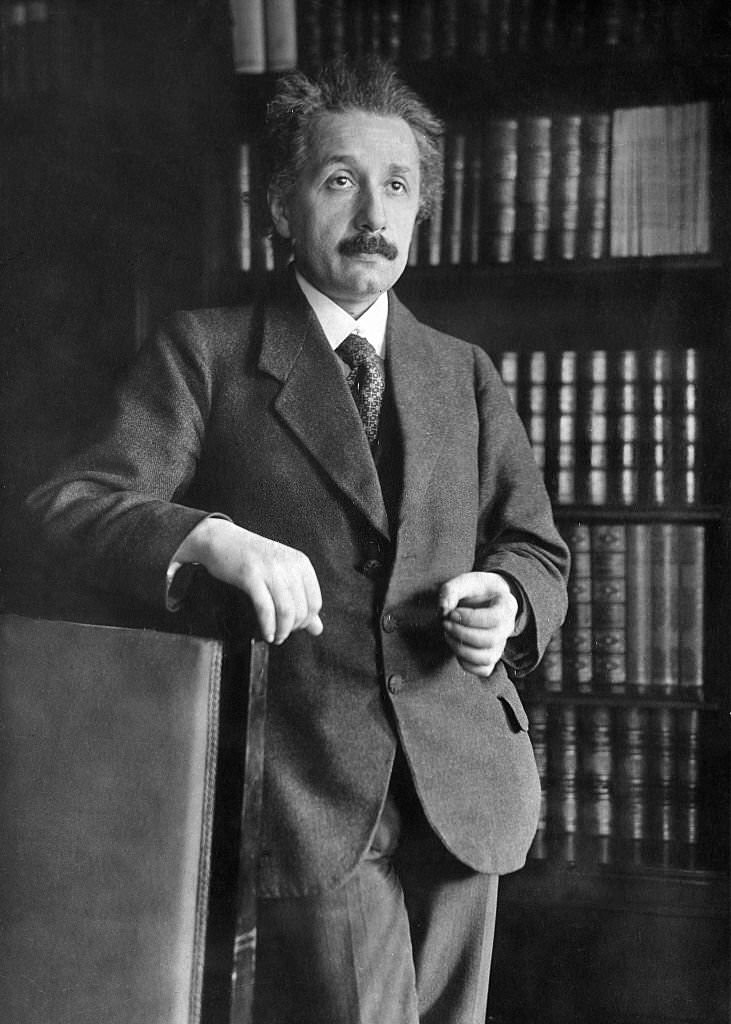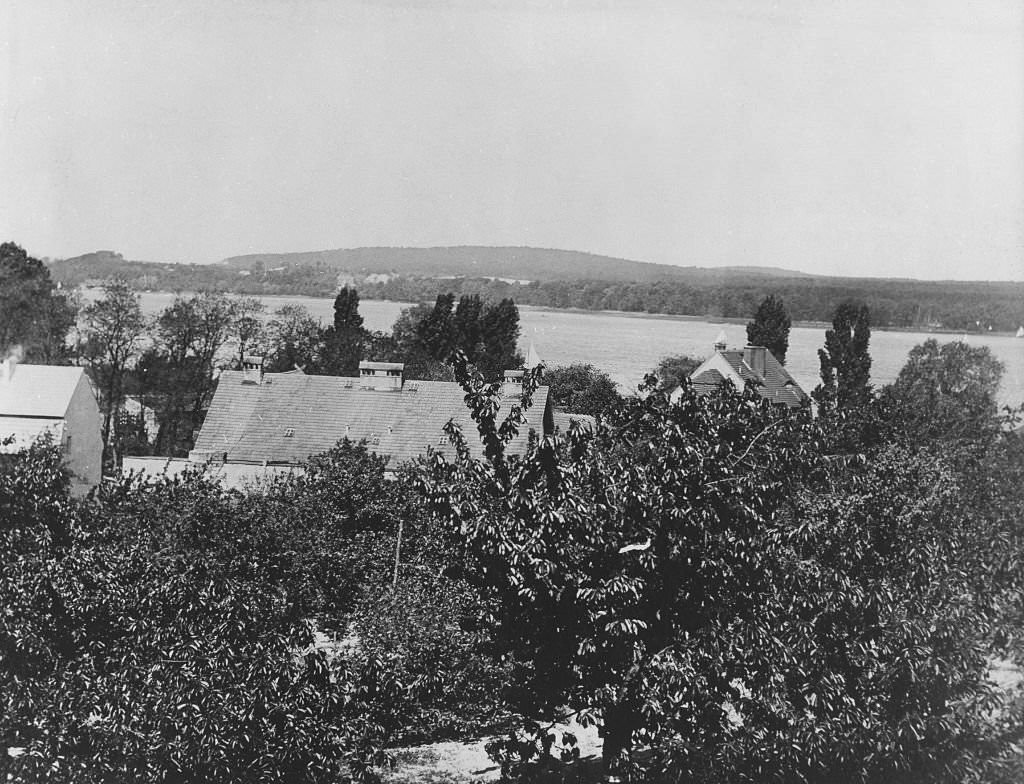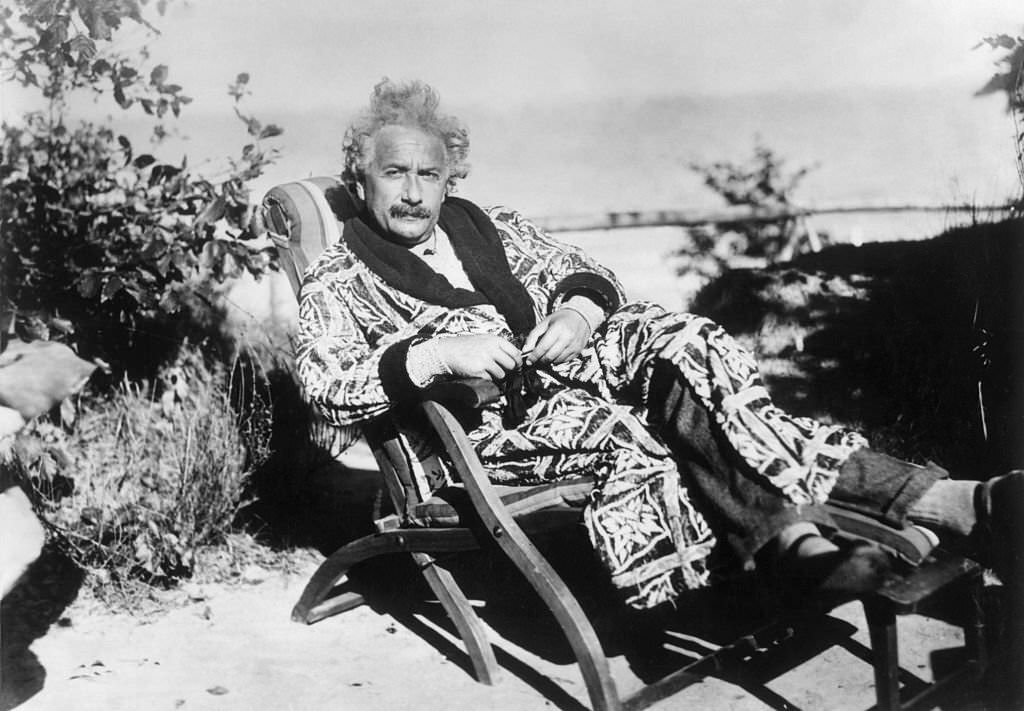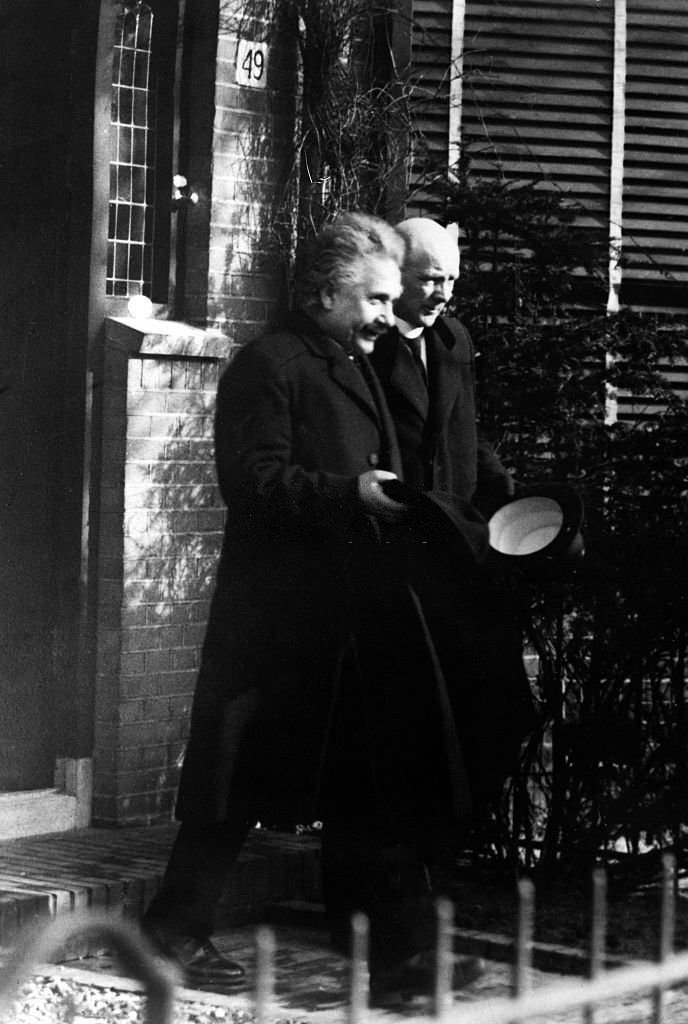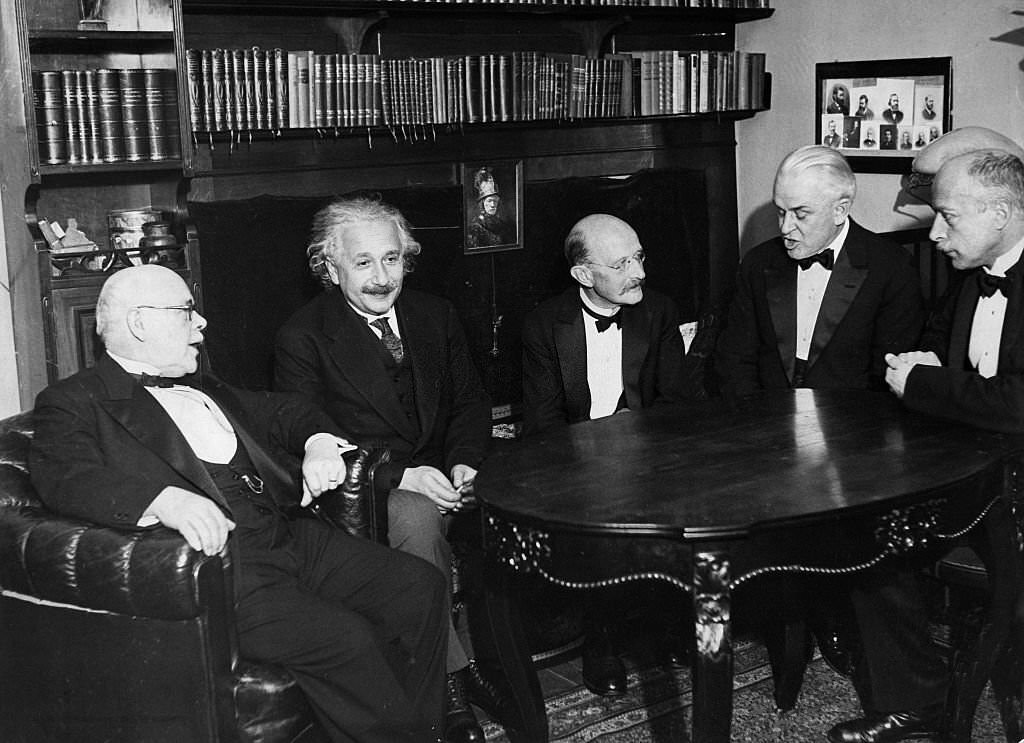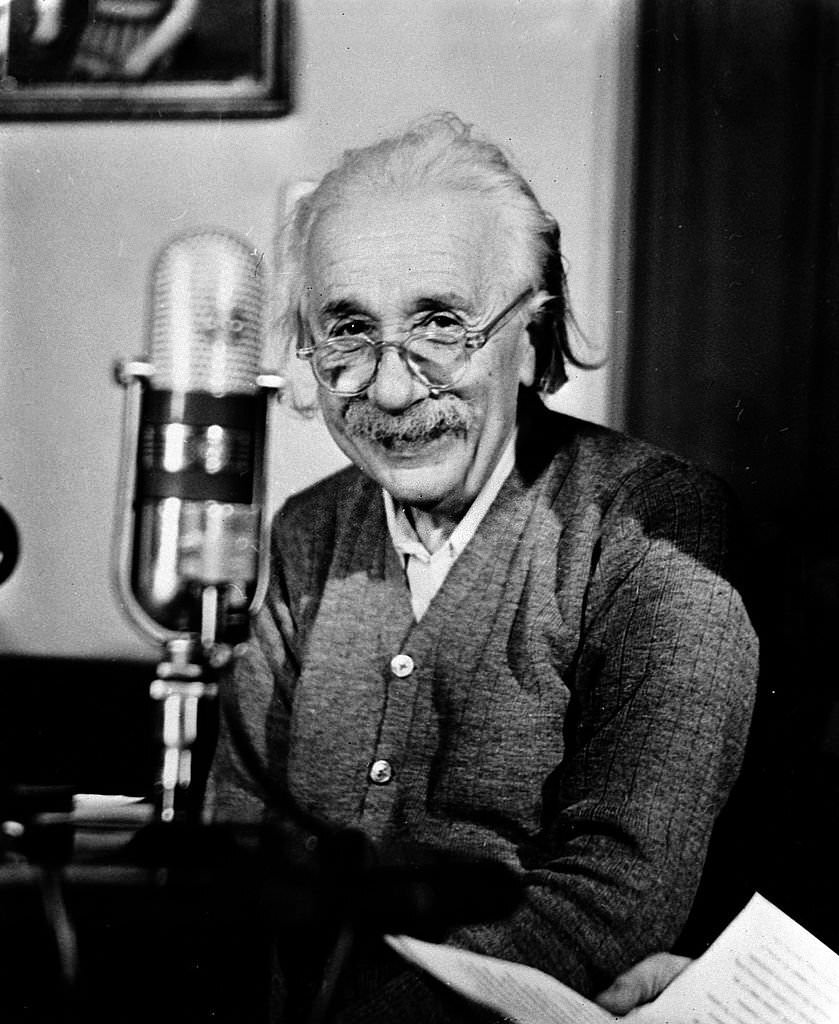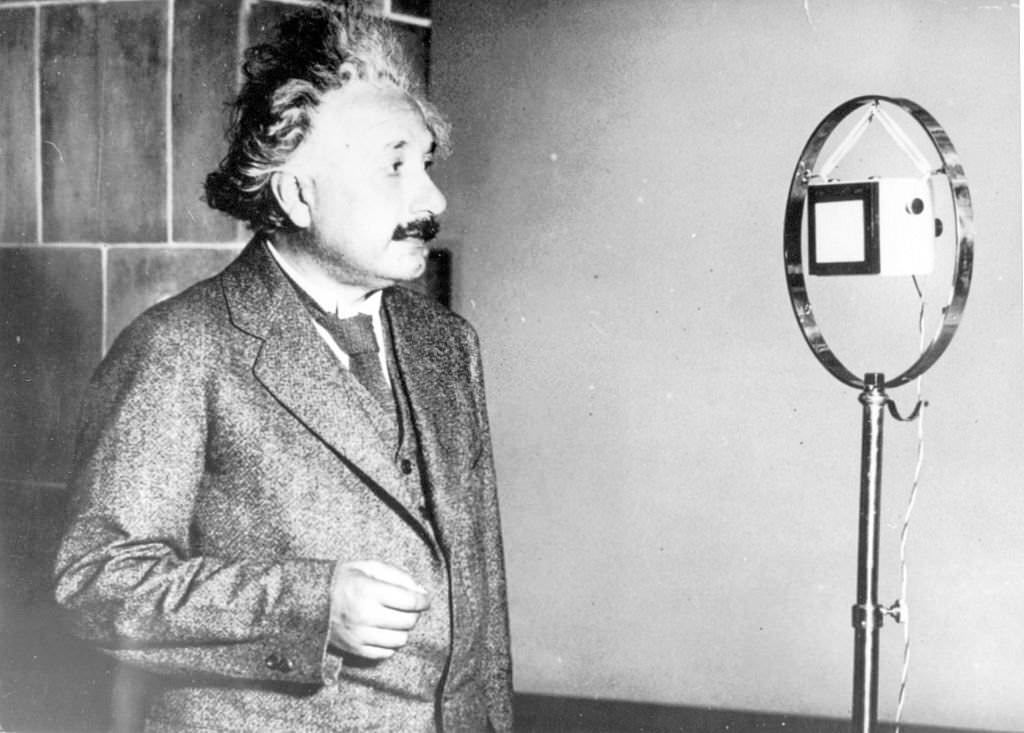Albert Einstein was one of the greatest physicists of all time. While Einstein is best known for developing the theory of relativity, he also contributed significantly to the development of quantum mechanics. Both relativity and quantum mechanics are pillars of modern physics. He is credited with creating the world’s most famous equation for mass-energy equivalence, E = mc2. He has also contributed significantly to the philosophy of science through his work. In 1921, he received the Nobel Prize in Physics “for his services to theoretical physics, and especially for his discovery of the law of the photoelectric effect.” Due to his intellectual achievements and originality, “Einstein” has become synonymous with genius.
Einstein published four groundbreaking papers in 1905, sometimes called his annus mirabilis (‘miracle year’). They explained Brownian motion, introduced special relativity, and demonstrated mass-energy equivalence. In developing his particular theory of relativity, Einstein realized that classical mechanics could no longer be reconciled with the electromagnetic field. In 1916, he published his gravitation theory in a paper dealing with general relativity. The following year, he applied the general theory of relativity to model the universe’s structure. He continued to study statistical mechanics and quantum theory, leading to his explanations of particle theory and molecule motion. Additionally, he studied the thermal properties of light and the quantum theory of radiation, which laid the foundation for the photon theory of light.
Albert Einstein was born in the German Empire in 1987. He moved to Switzerland in 1895, forsaking his German citizenship (as a subject of the Kingdom of Württemberg) the following year. He graduated from the Swiss Federal Polytechnic School in Zürich in 1900. In 1901, he acquired Swiss citizenship, which he retained throughout his life, and in 1903, he landed a permanent job at the Swiss Patent Office in Bern. The University of Zurich awarded him a Ph.D. in 1905. Einstein moved to Berlin in 1914 to join the Prussian Academy of Sciences and Humboldt University. Einstein became the director of the Kaiser Wilhelm Institute for Physics in 1917 and returned to being a German citizen, this time a Prussian. During Einstein’s 1933 visit to the United States, Adolf Hitler became German leader. Einstein objected to the policies of the newly elected Nazi government; he settled in the United States and became a citizen in 1940.
On the eve of World War II, Einstein wrote to President Franklin D. Roosevelt, alerting him to German nuclear weapons programs and urging him to develop the atomic bomb. The letter helped pave the way for the Manhattan Project, which developed the atomic bombs. The bombs dropped on Hiroshima, and Nagasaki killed an estimated 200,000 people. After learning that Germany was never close to developing atomic bombs, Einstein called the letter his “one great mistake” for encouraging the US to develop the technology.
Here are some stunning childhood, teenage, younger and senior photos of Albert Einstein. These photographs give a rare look into the life of the Greatest physicist.
#1 Albert and Elsa Einstein chatting near the steps of building
#2 Albert Einstein with Richard Barthelmess
#3 Albert Einstein and the Russian Spy
#4 Alert Einstein and Margarita Konenkov
#5 Albert Einstein and the Russian spy. Eistein carried on a romantic relationship with Margarita Konenkova, who was identified as a Soviet agent.
#6 Newspaper Headline Announcing Death of Albert Einstein Dr. Einstein wass Dead at 76.
#7 Albert Einstein addressing a group of fellow scientists at the Harnack Haus, Berlin-Dahlem, Germany, 1933
#8 Albert Einstein in his Library
#9 Albert Einstein smoking pipe in profile photograph.
#10 Albert Einstein Holding a Pipe
#11 Albert Einstein sitting pensively on the deck of his sailboat.
#12 Albert Einstein playing the violin at a chamber music rehearsal in Princeton.
#13 Albert Einstein Arrives in New York
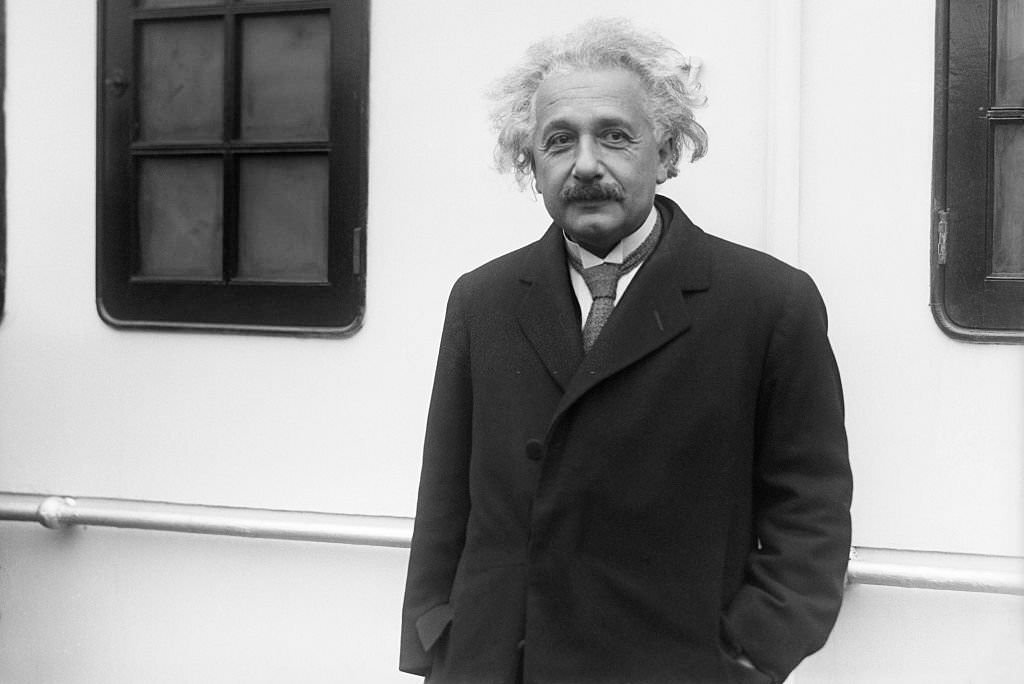
Changing his original plans of not leaving the Belgenland, until the liner arrived in California, where he will spend the winter months, continuing his renewed renovations of modern science, Professor Albert Einstein, left the vessel when it docked in New York, for a four day stay.
#14 Portrait of Albert Einstein
#15 Einstein shakes hands with Mayor Fiorillo LaGuardia while Rabbi Stephen Wise looks on.
#16 Albert Einstein, 1921
#17 Albert Einstein with Mossessohn, Chaim Weizman,and Ussischkin
#18 Three-year-old Albert Einstein, at approximately three years old, wearing a black suit and large neck bow, leaning against an X-chair, and facing the camera with a calm expression, 1882.
#19 Albert Einstein
#20 Einstein with Maja, 1893.
#21 Albert Einstein when he was fourteen years old, wearing a black suit and a calm expression and posing in front of an outdoor backdrop, 1893.
#22 Albert Einstein at the general assembly of the German Bunsen Society. Behind Einstein: Max Planck, 1928
#23 Albert Einstein
#24 Einstein with his siser Maja when he was 6-year-old
#25 Albert Einstein during a speech
#26 Albert and Elsa Einstein, John and Lora Baer and Arthur H. Fleming, Pasadena, 1 January 1931, 1931.
#27 Albert Einstein in 1905…
#28 Albert Einstein in his study at Institute of Advanced Study, Princeton, 1940
#29 Albert Einstein, with Paul Ehrenfest, Paul Langevin, French physicist, centre, Kammerling-Onnes and Pierre Weiss, Ehrenfest’s home, Leyden, Netherlands.
#30 Albert Einstein, 1920s
#31 Albert Einstein lecturing to the American Association for the Advancement of Science at Pittsburgh.
#32 Albert Einstein is shown as he received a scale model of the Albert Einstein College of Medicine of Yeshiva University, now under construction in New York City
#33 Young Scientists Meet Einstein.
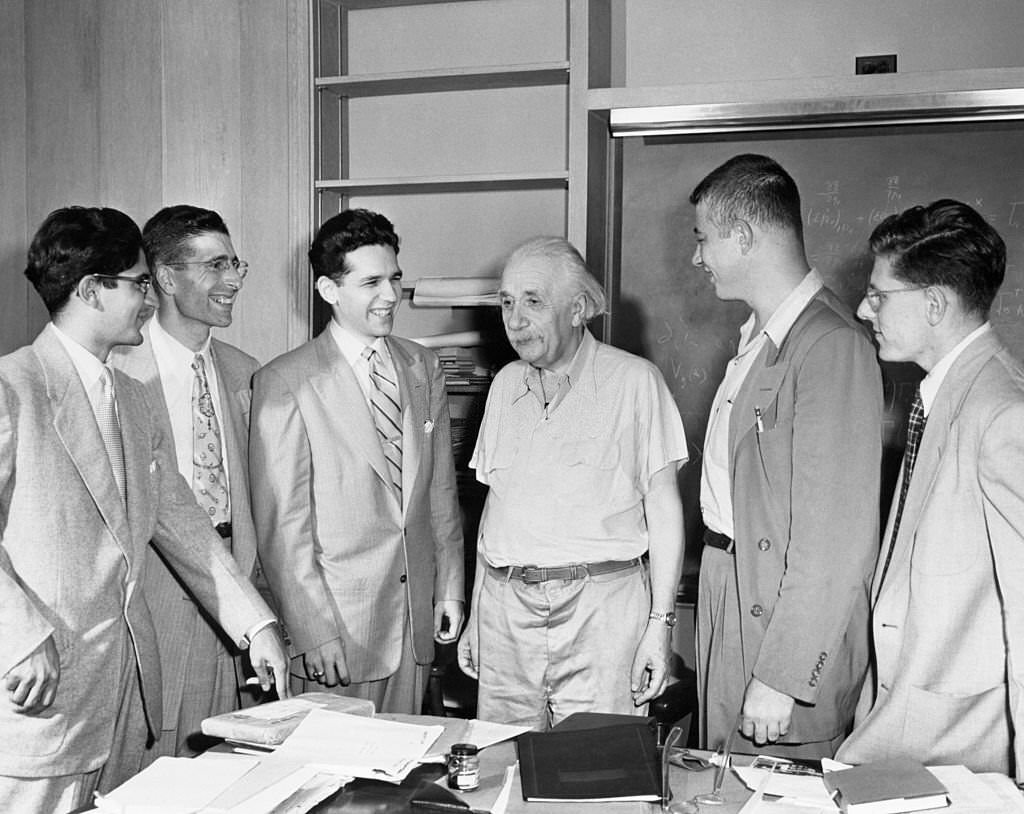
Five Yeshiva University graduates, winners of National Science Foundation fellowships for post-graduate study, enjoy a visit with famed scientist Professor Albert Einstein in his study at the Institute for advanced Study in Princeton. The five young scientists are left to right: Arthur Taub, Brooklyn; Kurt Eisemann, New York City; Simon Auster, Highland Park, N.J.; William Frank, Brooklyn; and Seymour Aronson, Brooklyn. Einstein told them that 'scientific skill alone will never benefit mankind until it is joined to a thorough understanding of human values.
#34 Albert Einstein outside his home in Princeton, New Jersey, where he is professor at the Institute for Advanced Studies, 1951.
#35 Albert Einstein ponders a problem in his paper-filled study in Princeton, New Jersey, 1951.
#36 Albert Einstein (right) and Madame Irene Joliot Curie, French nuclear physicist, talk informally in the study of Einstein’s home in Princeton, N.J.
#37 Einstein with Dr. Robert Oppenheimer, right, director of the Institute for Advanced Study, listens intently to a discussion by Dr. Albert Einstein regarding matter in terms of space.
#38 Albert Einstein taking a nap in his yard in Berlin, despite the Nazi threat, in October 1933.
#39 Albert Einstein with Hans Meyer on the sand dunes at Coq-Sur-Mer, Belgium, where the world renowned scientist took refuge from Nazi threats.
#40 Albert Einstein Chatting with Ernst Lubitsch and Others.
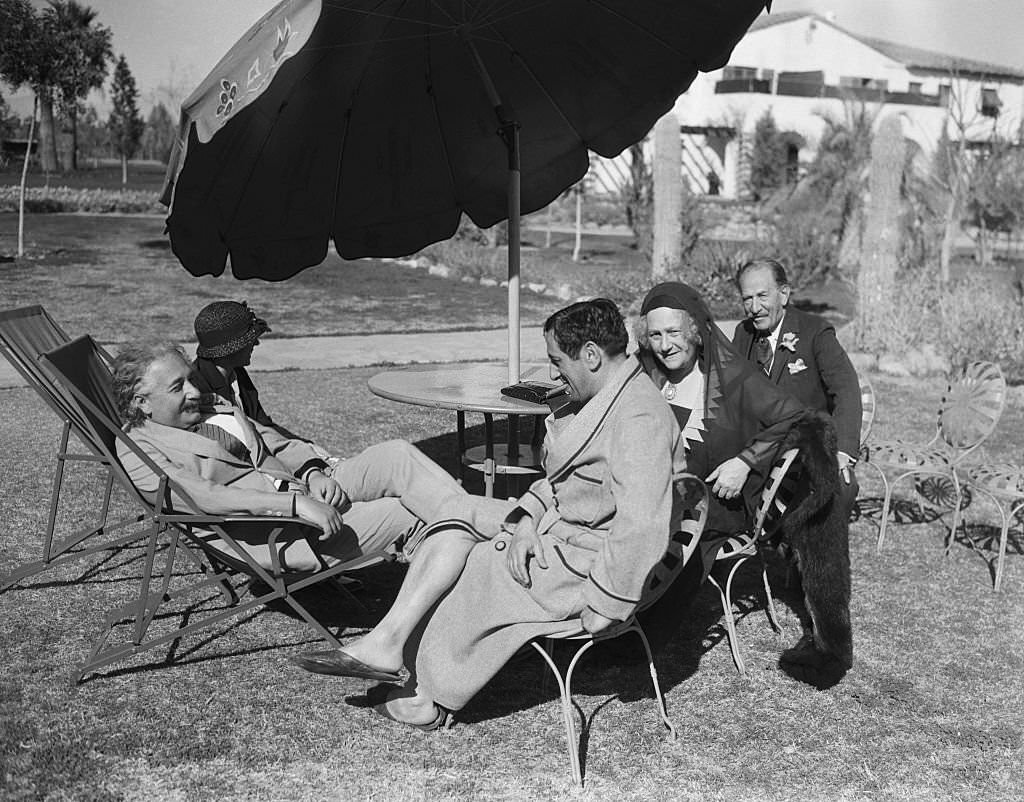
Professor Albert Einstein, world-famed scientist and exponent of relativity and the "fourth dimension" doesn't appear to be worried about such complex problems as he enjoys the sunshine with Mrs. Einstein and friends at the winter home of Mr. Samuel Untermeyer, noted corporation lawyer. Left to right: Professor Einstein; Mrs. Warren Pinney of Palm Springs; Herr Ernst Lubitsch, famous German picture director; Frau Einstein; and Mr. Untermeyer. The scientist and Mr. Lubitsch talked over in old days in Germany when the latter was a Berlin musical comedy director.


